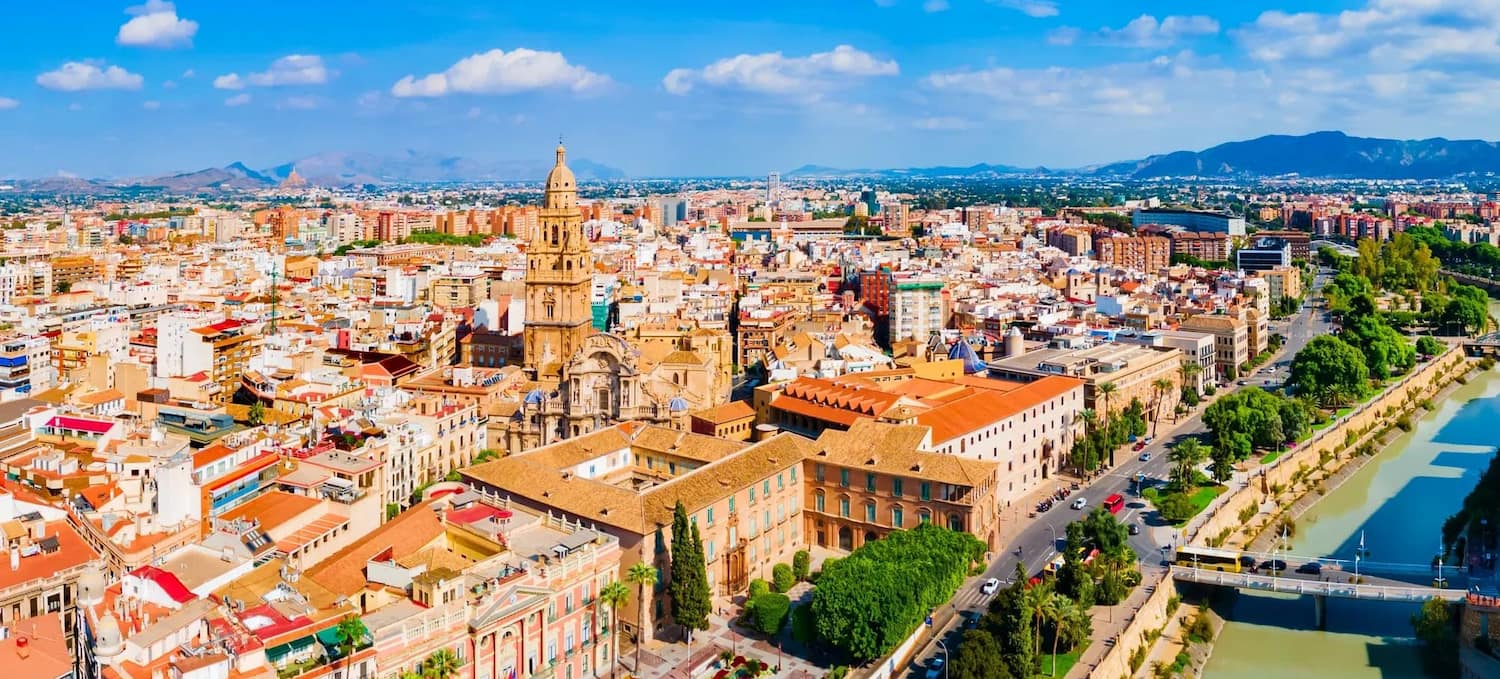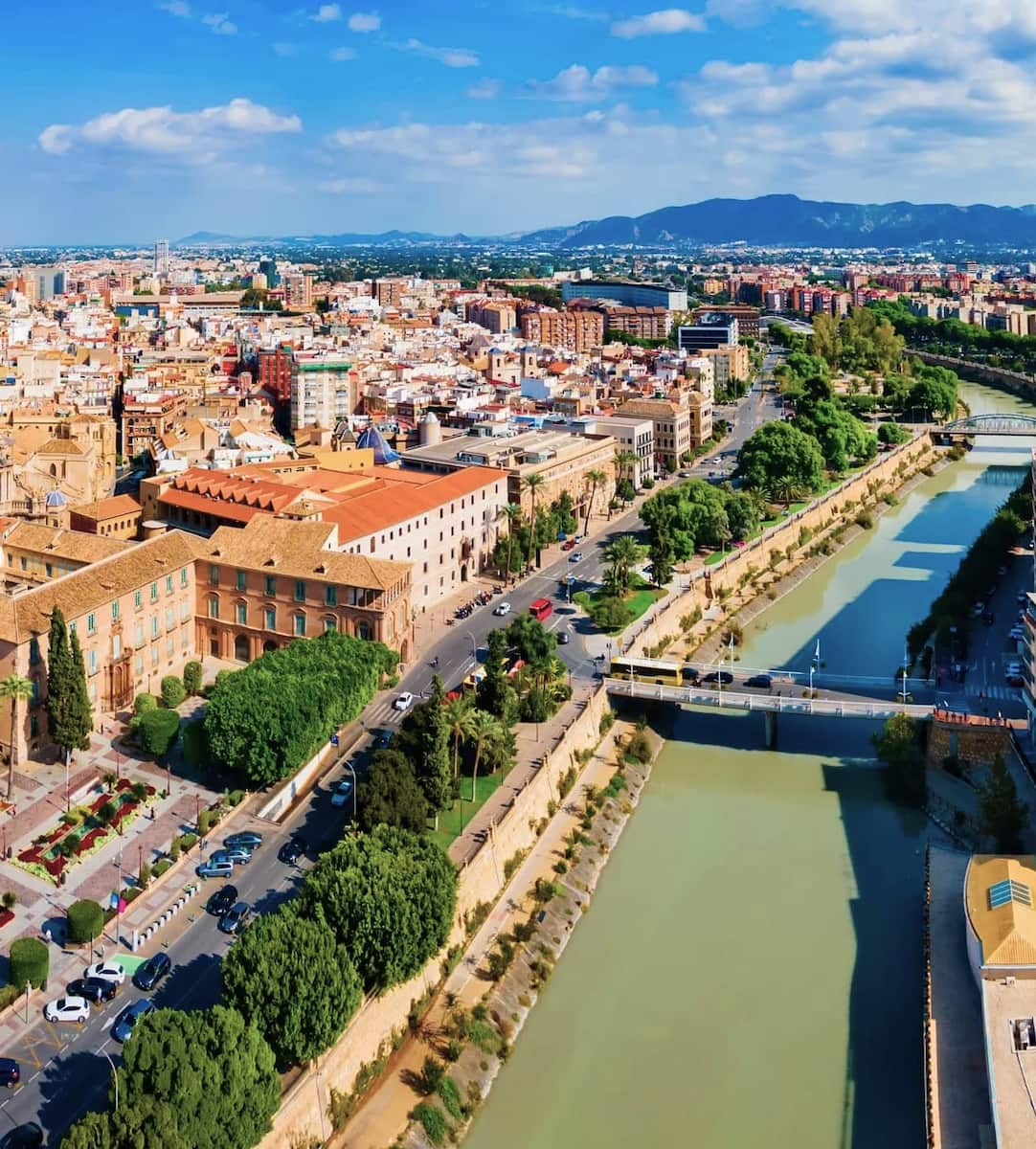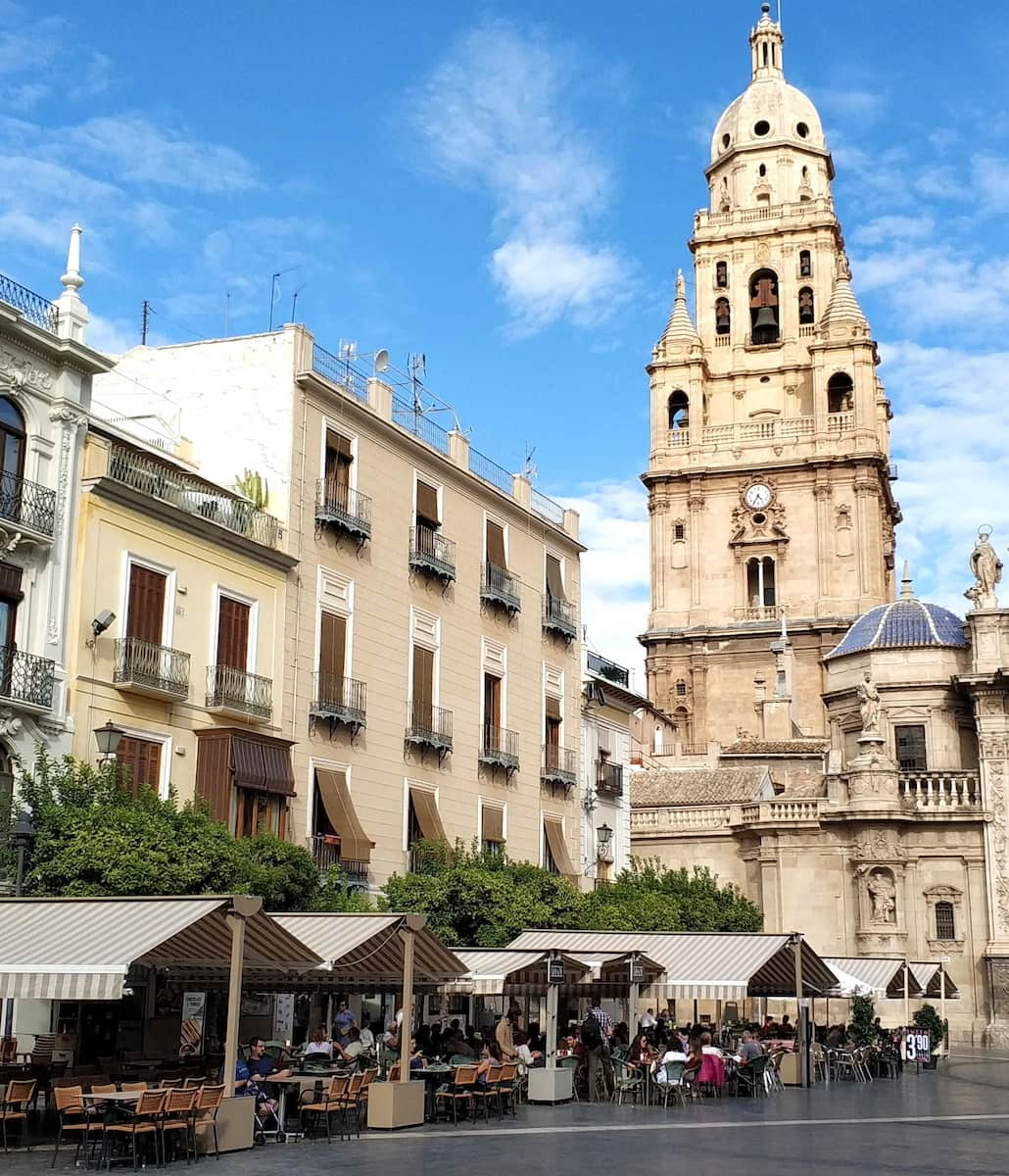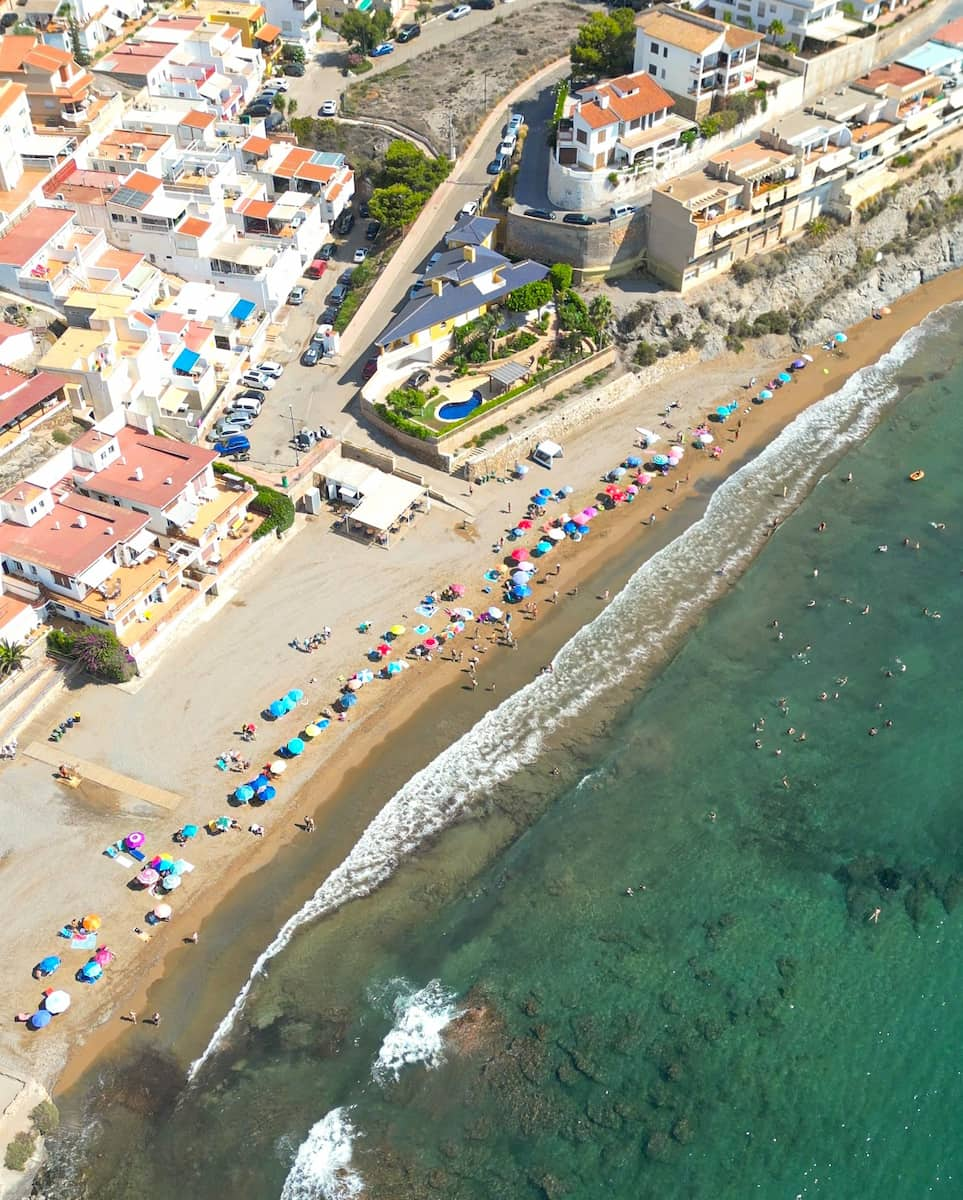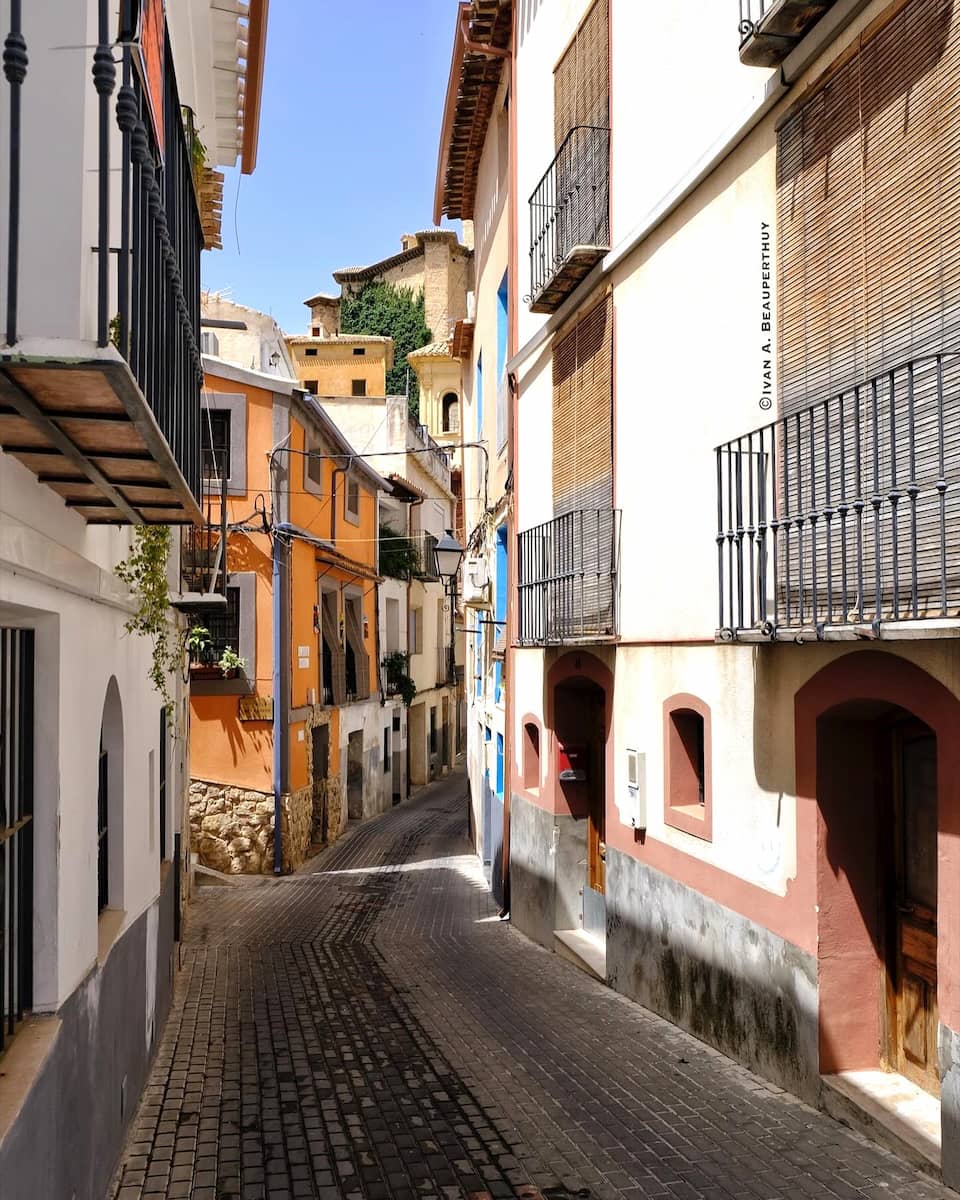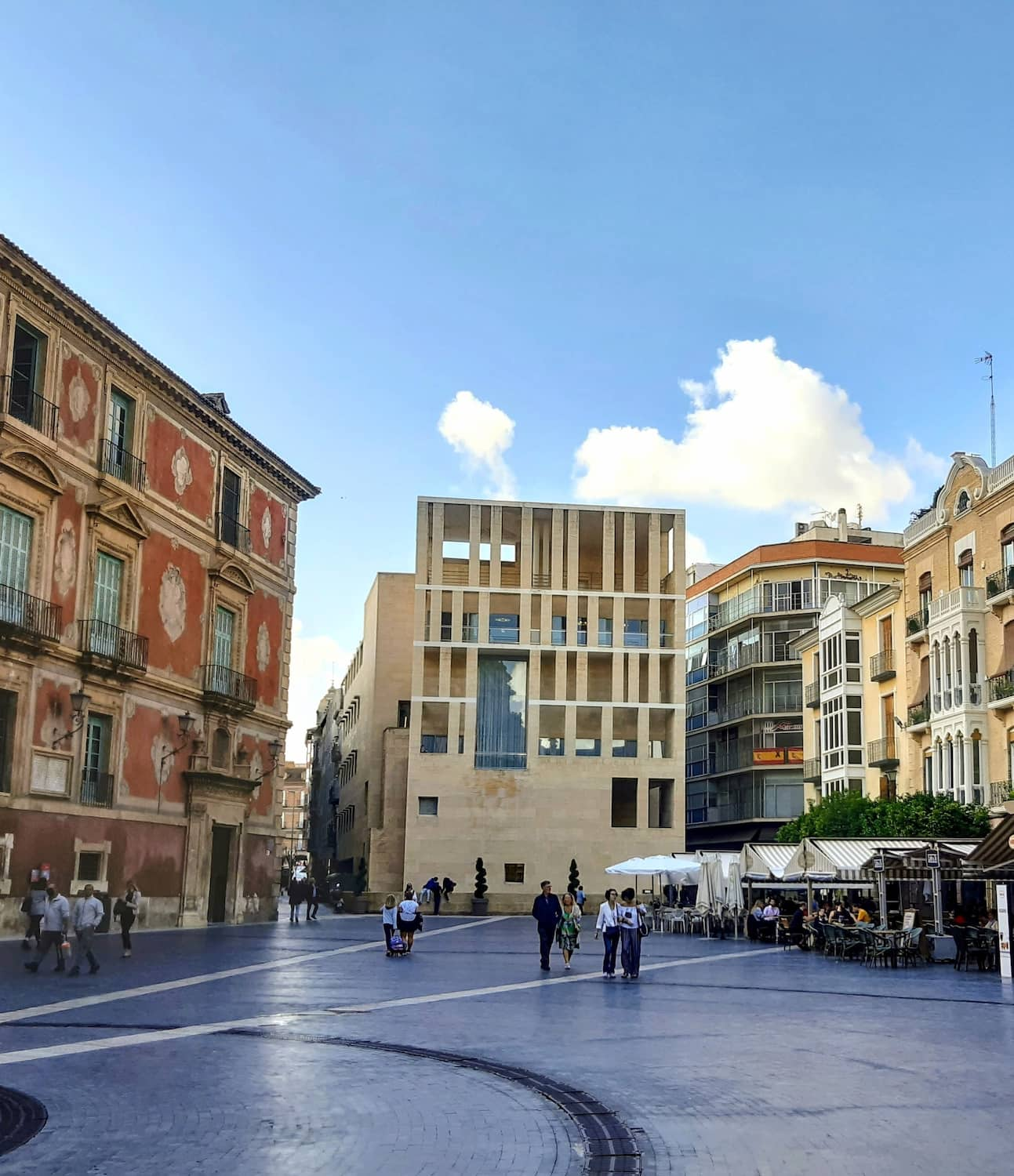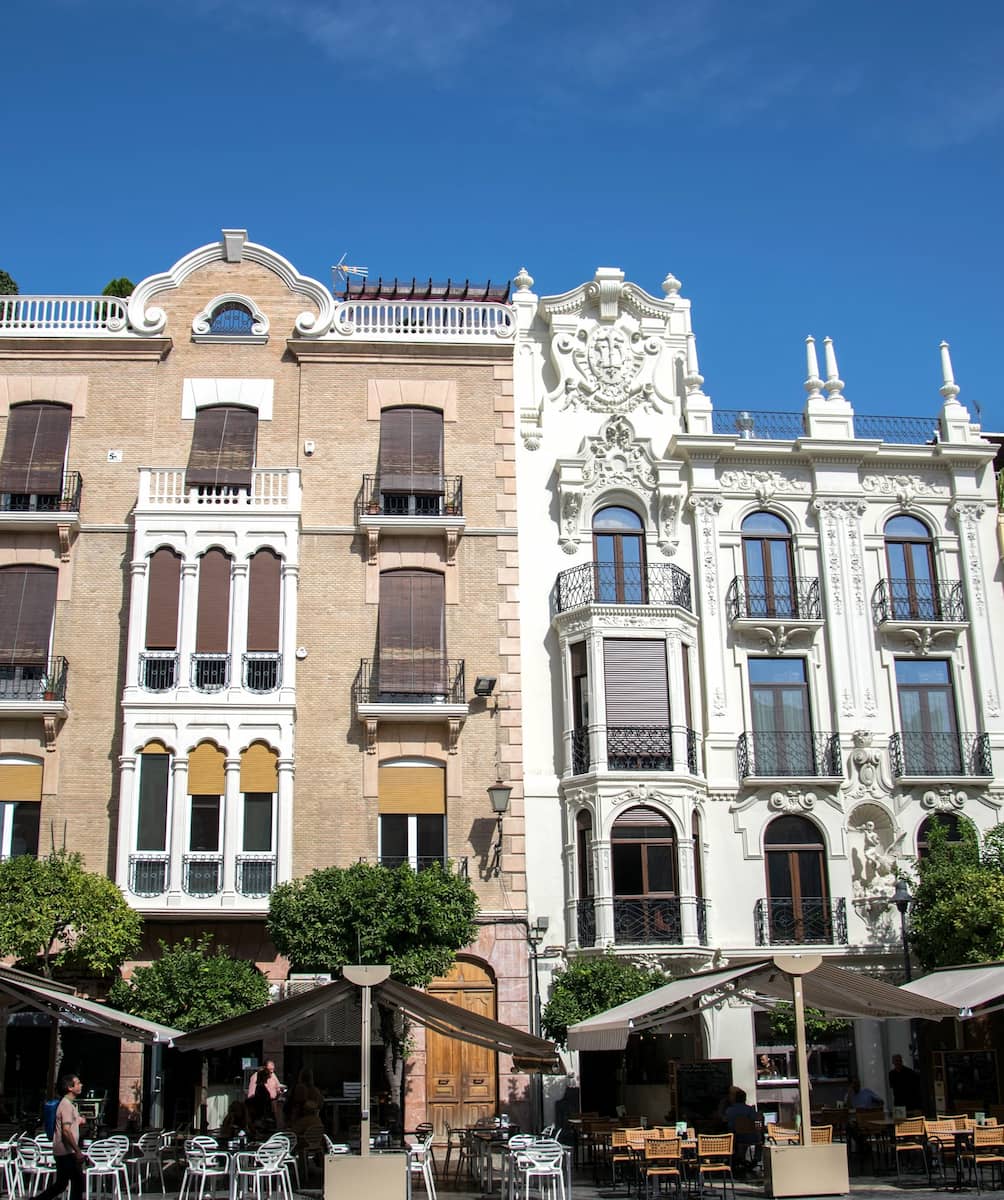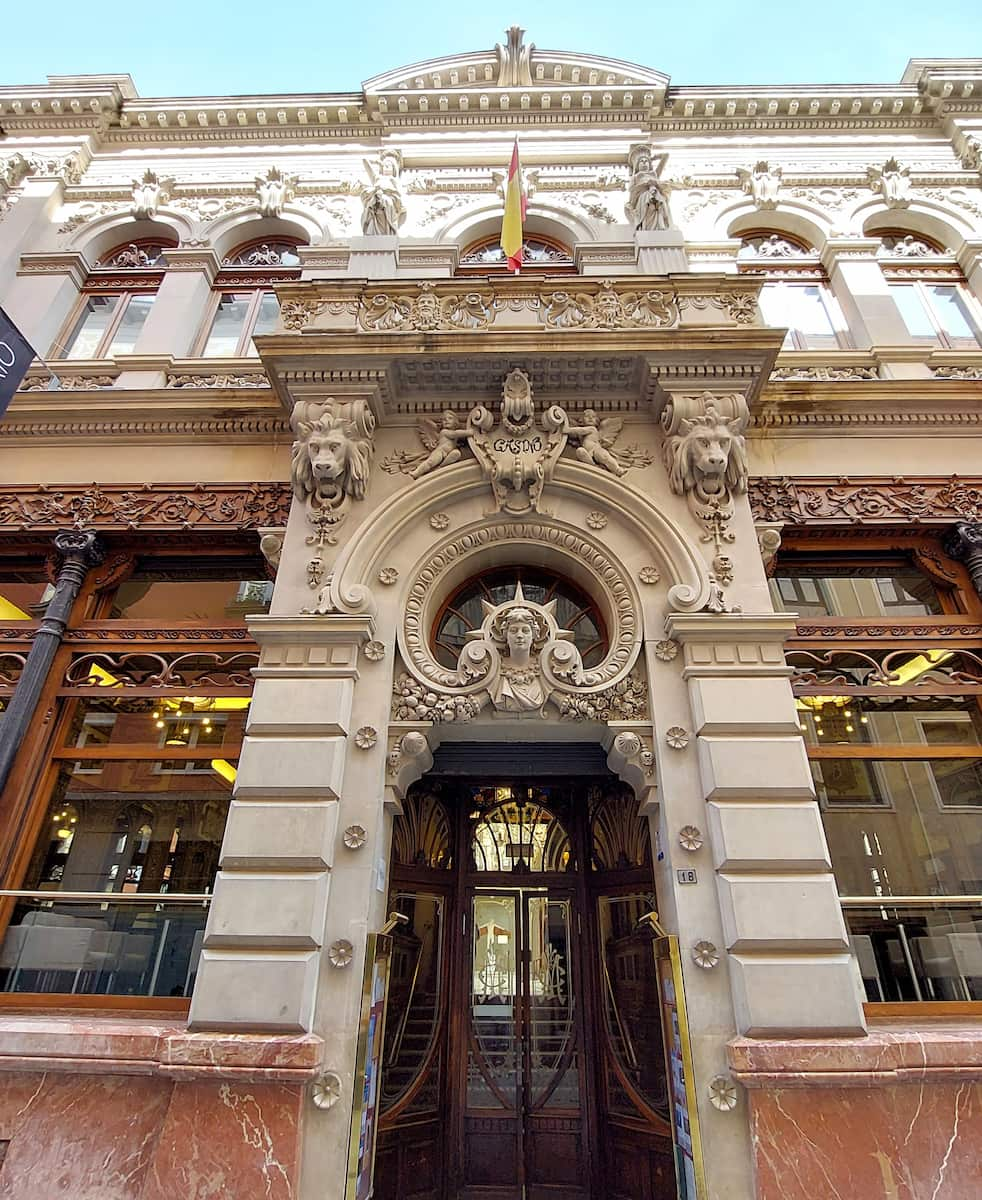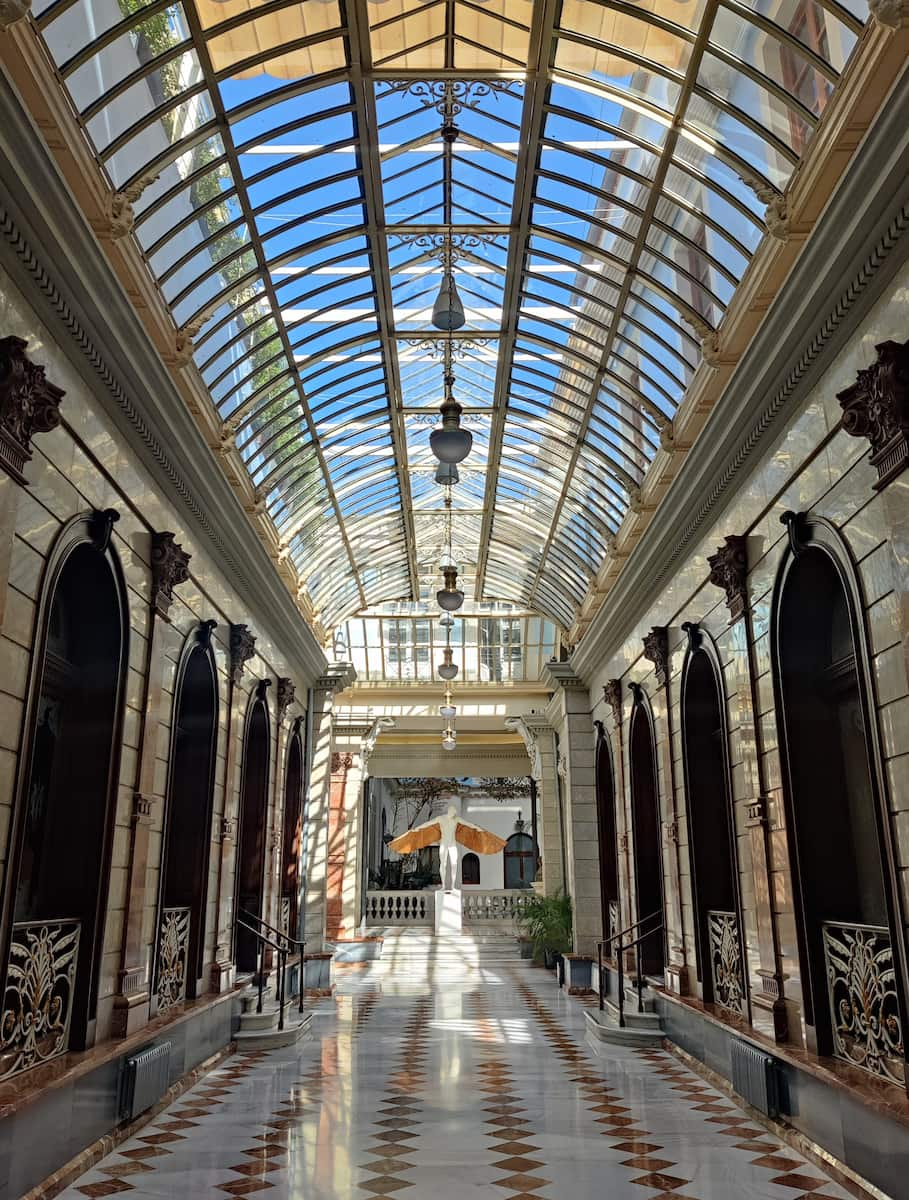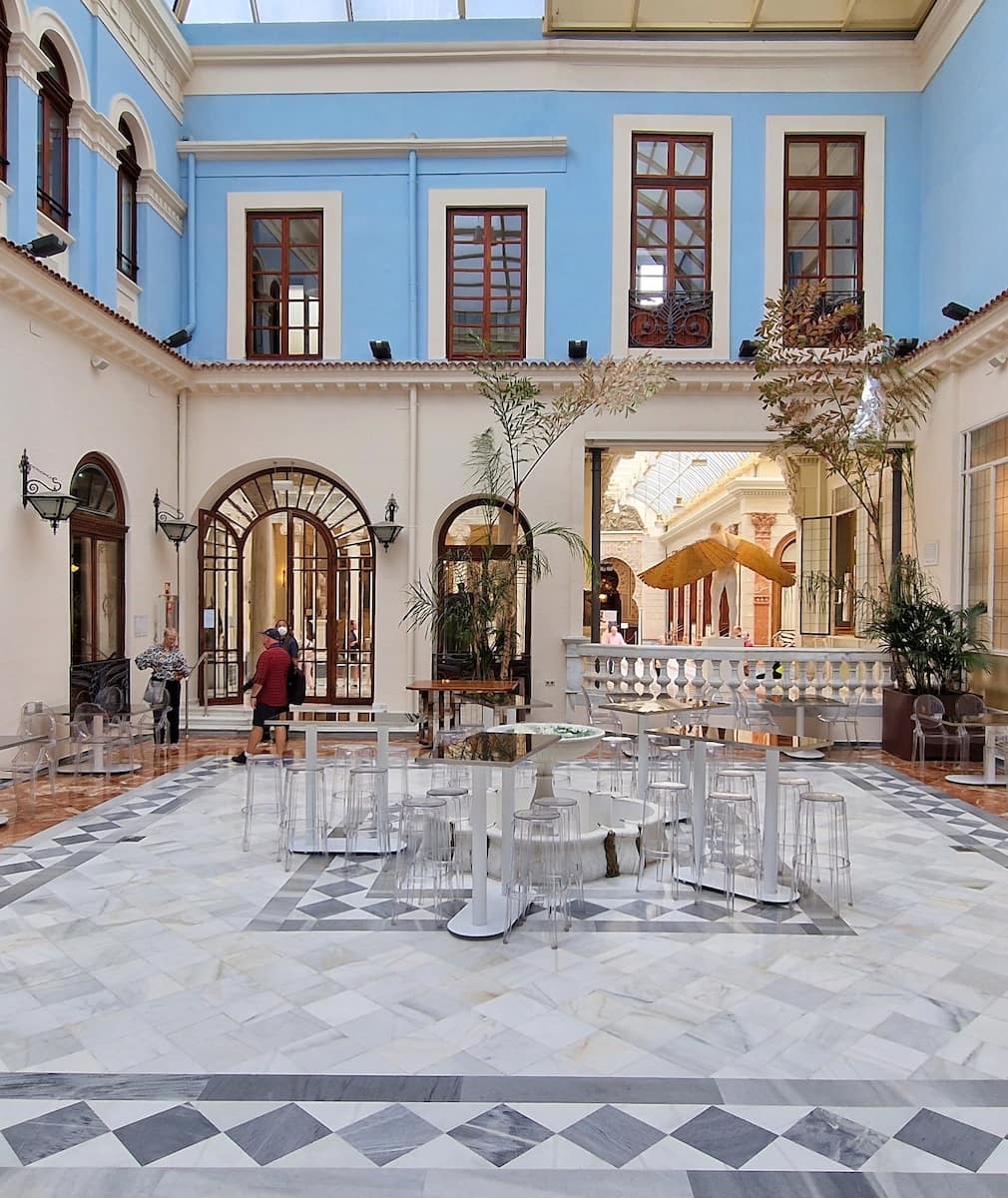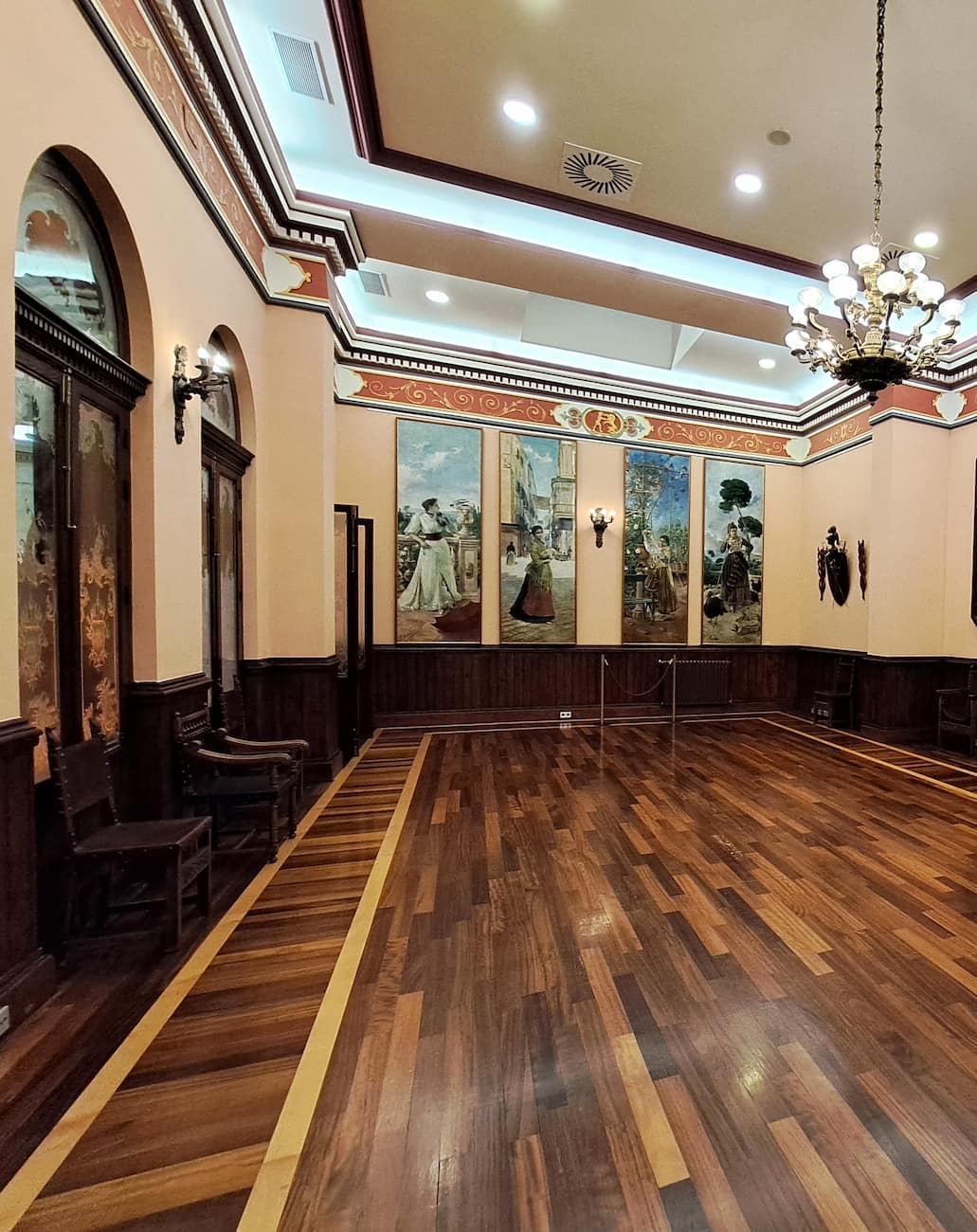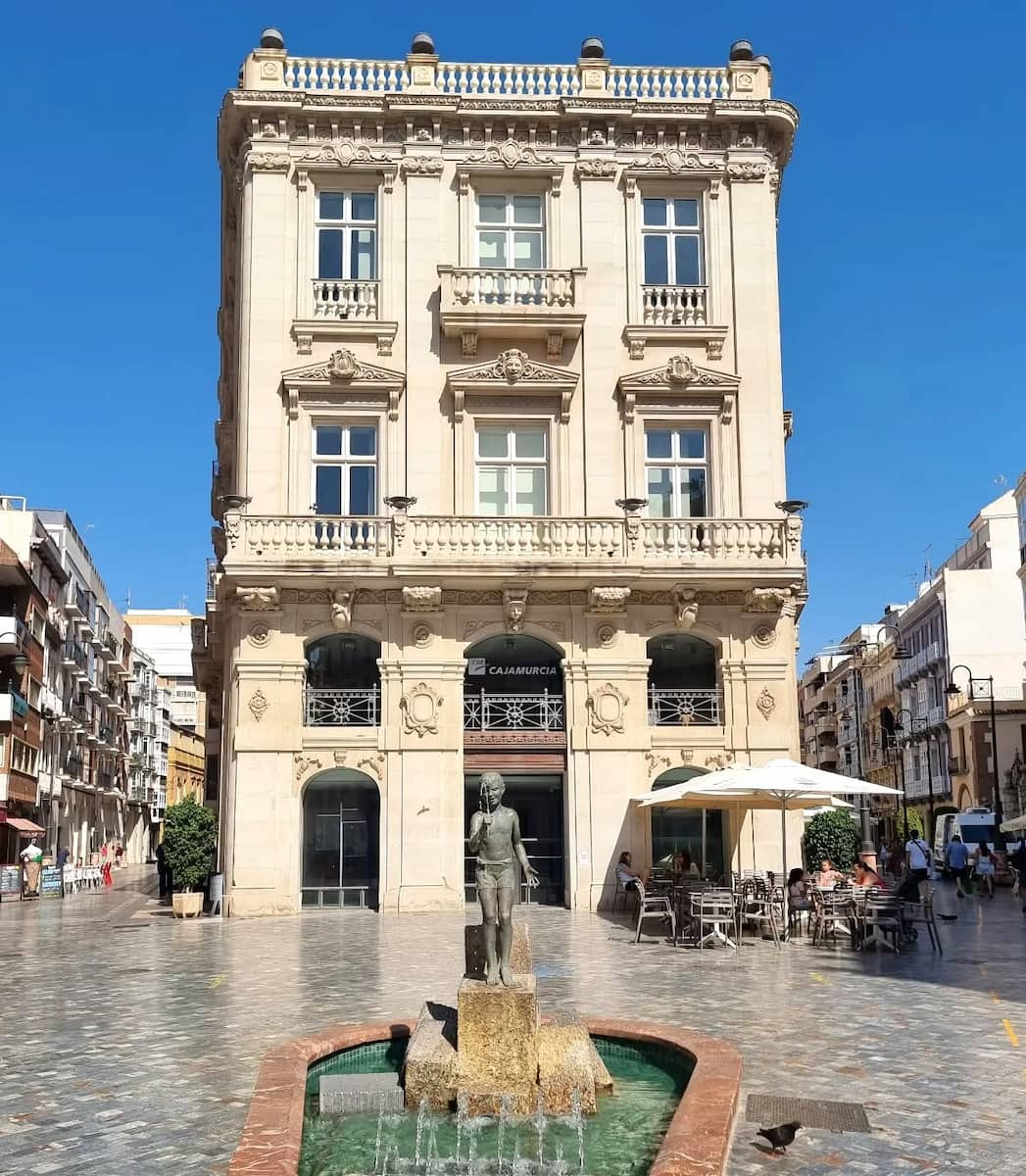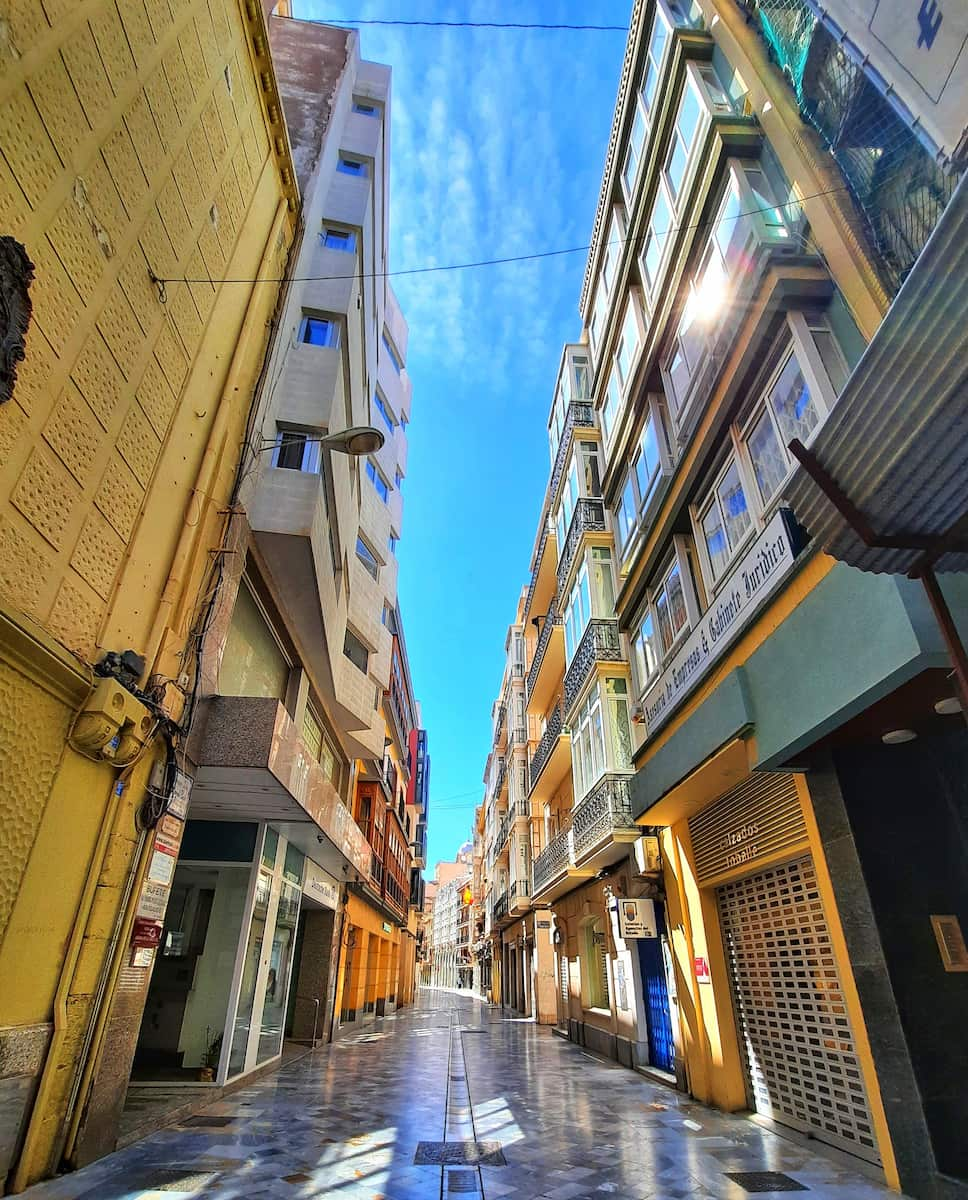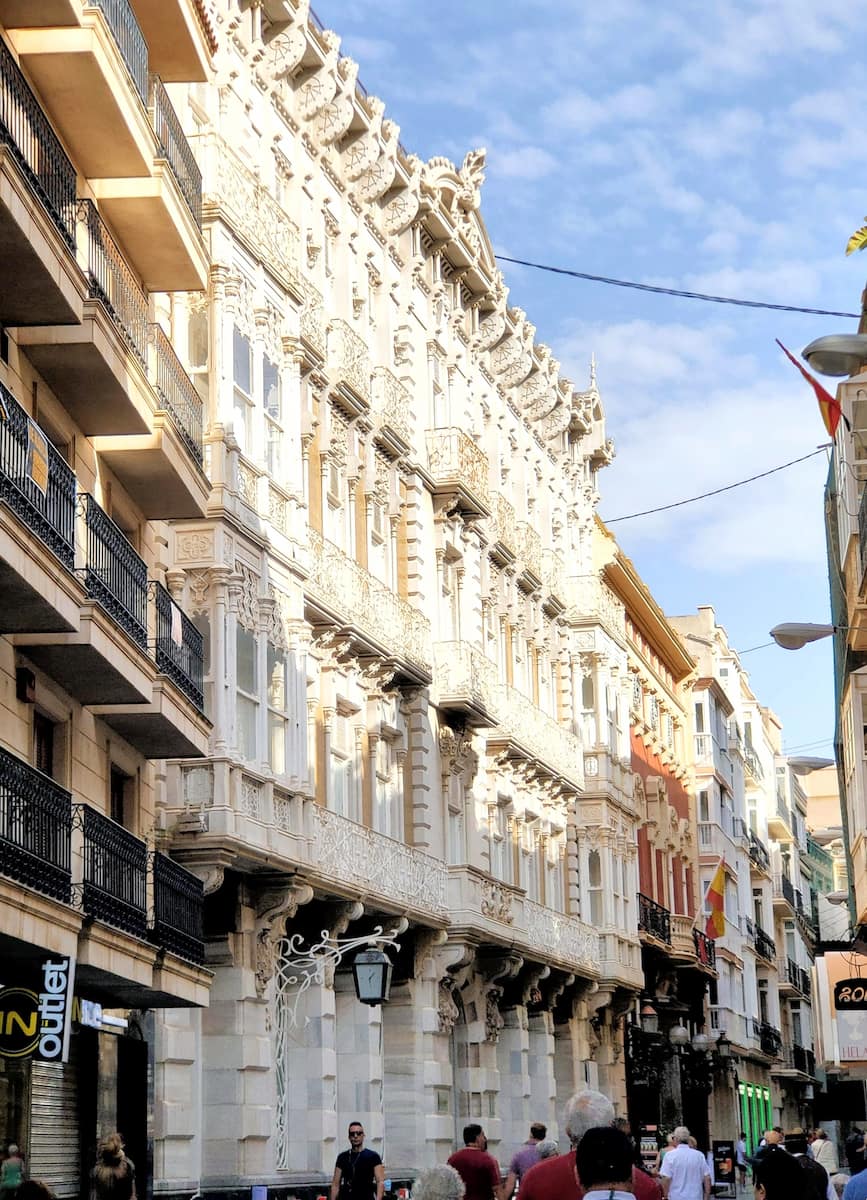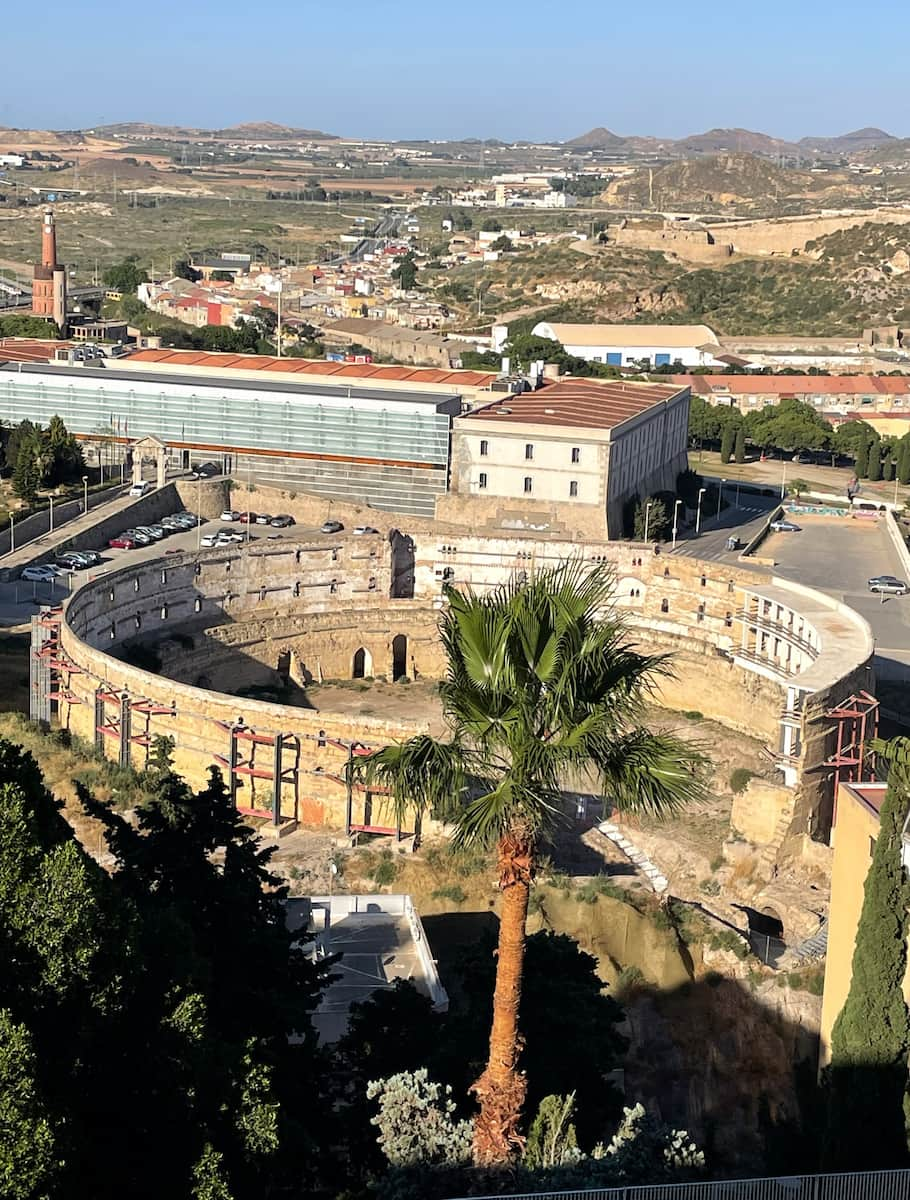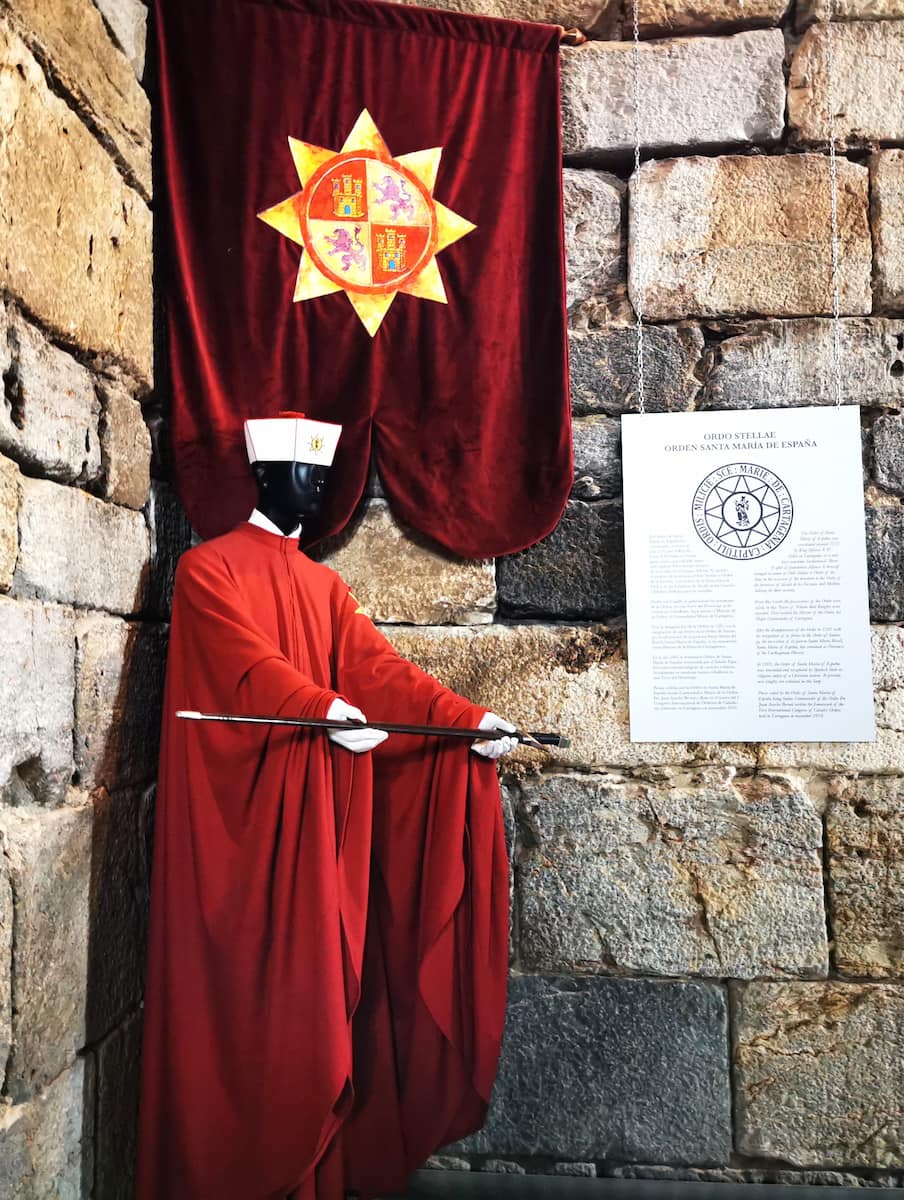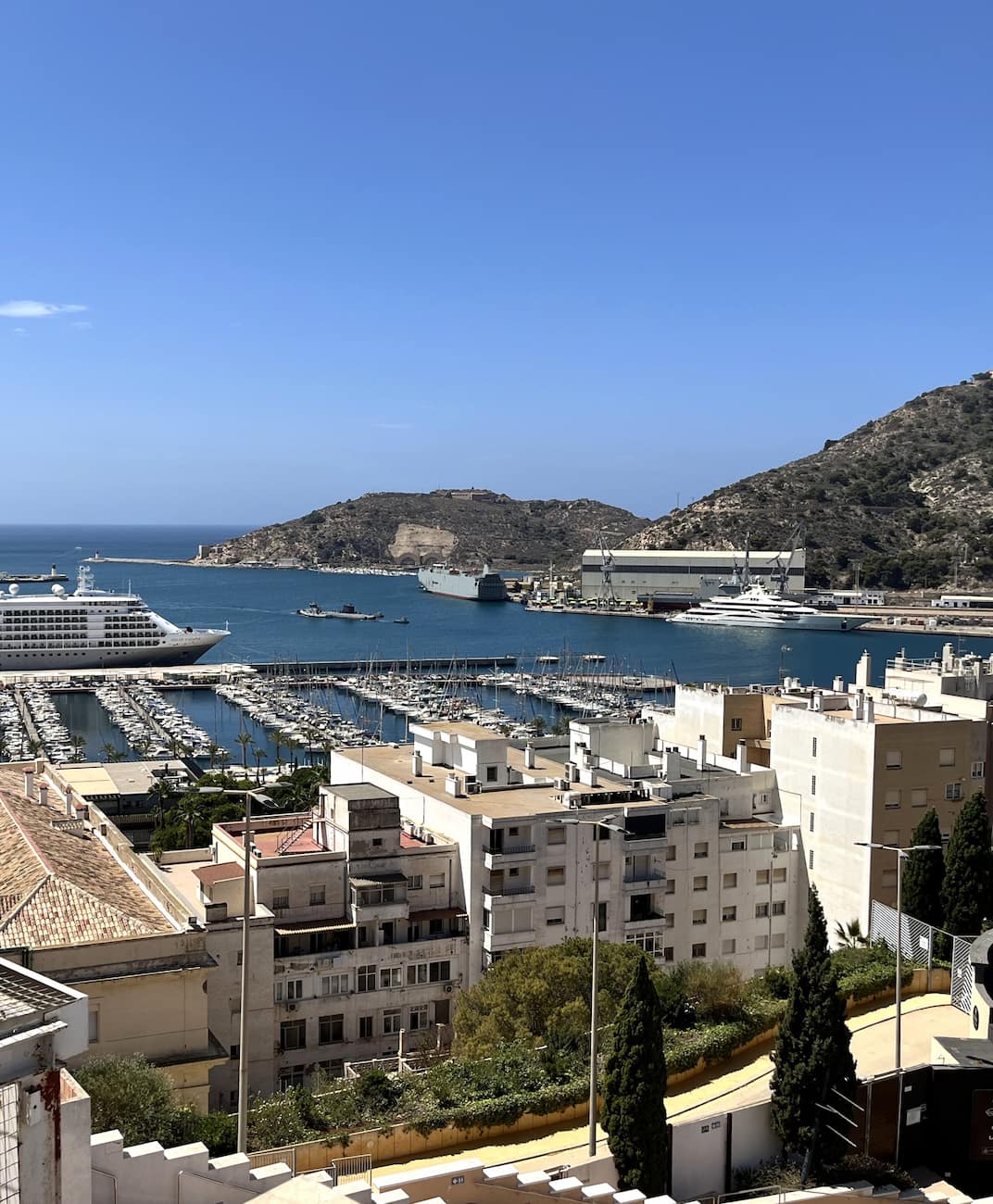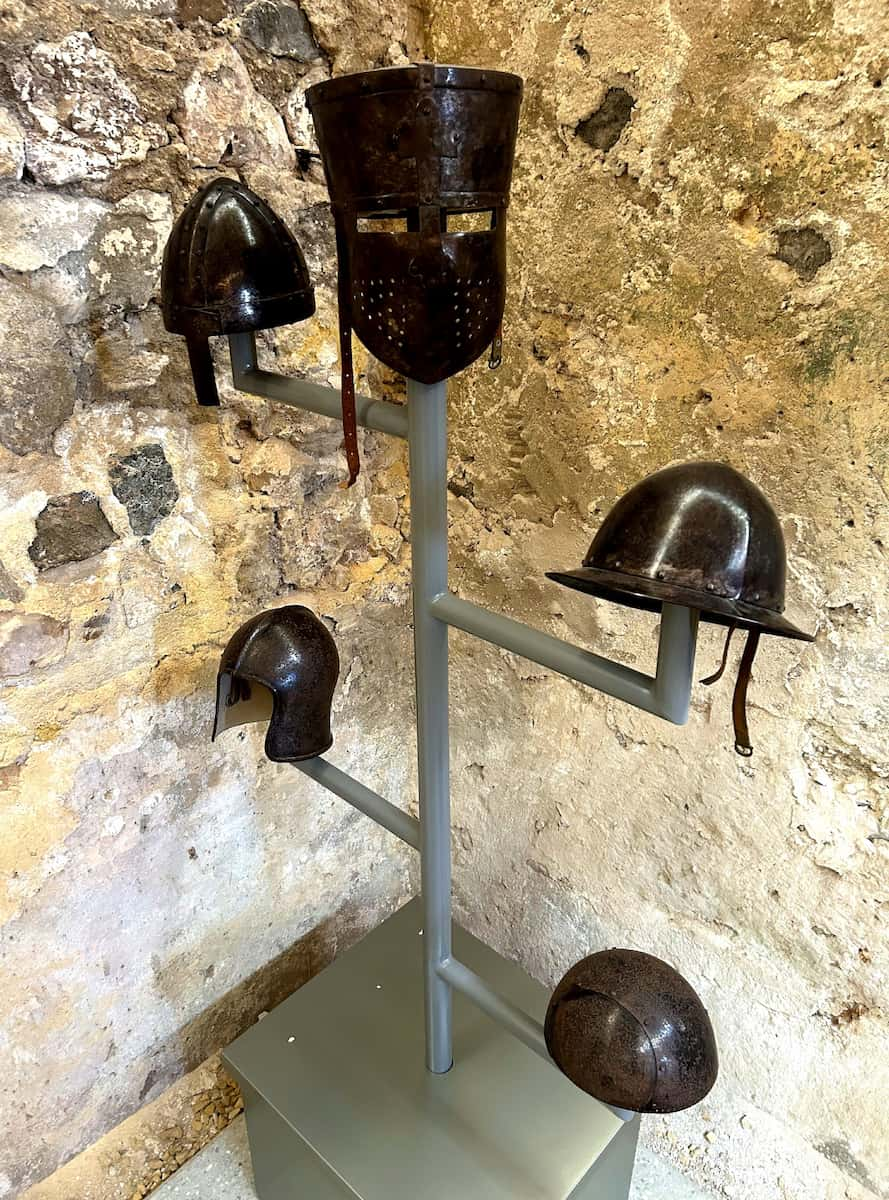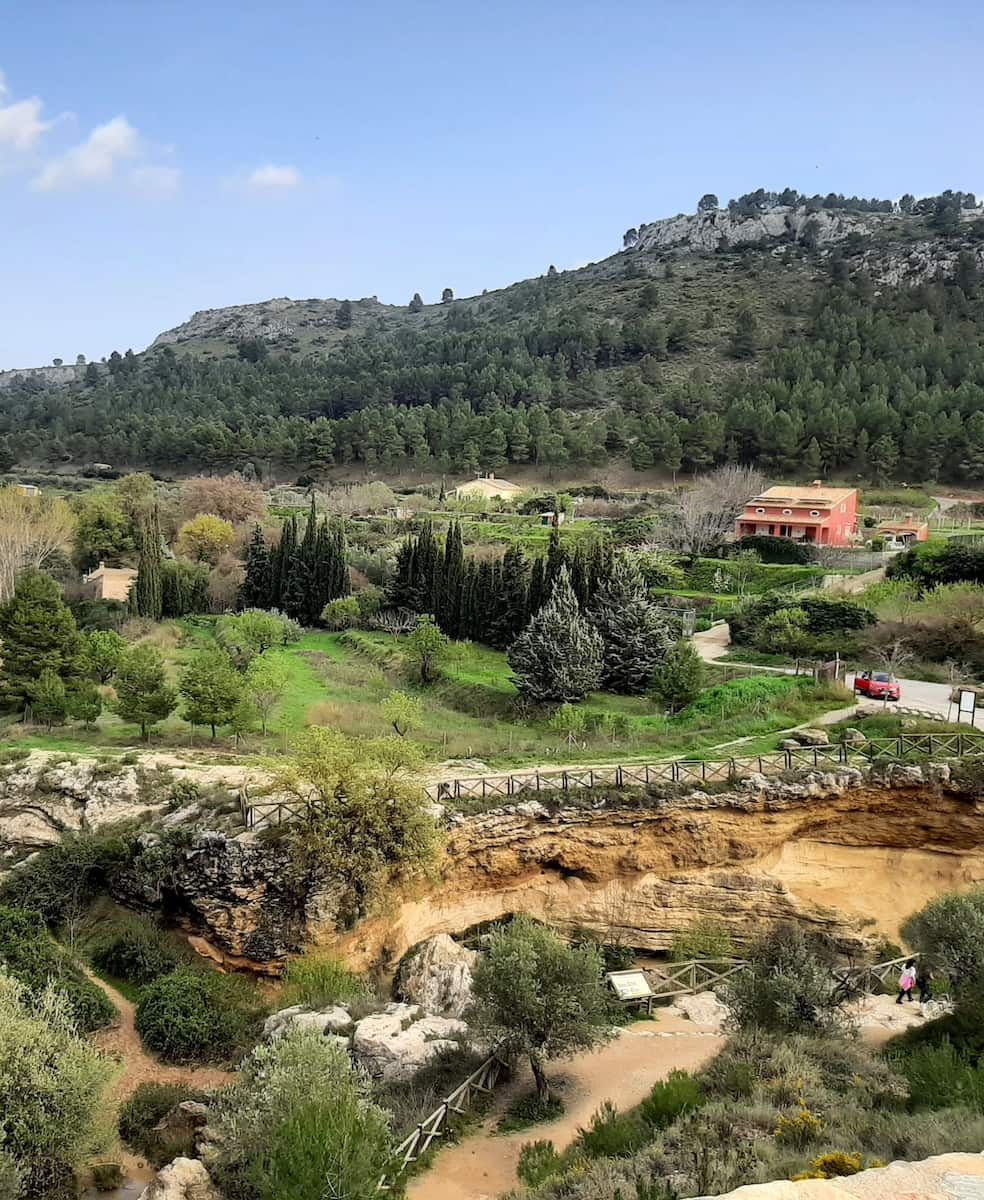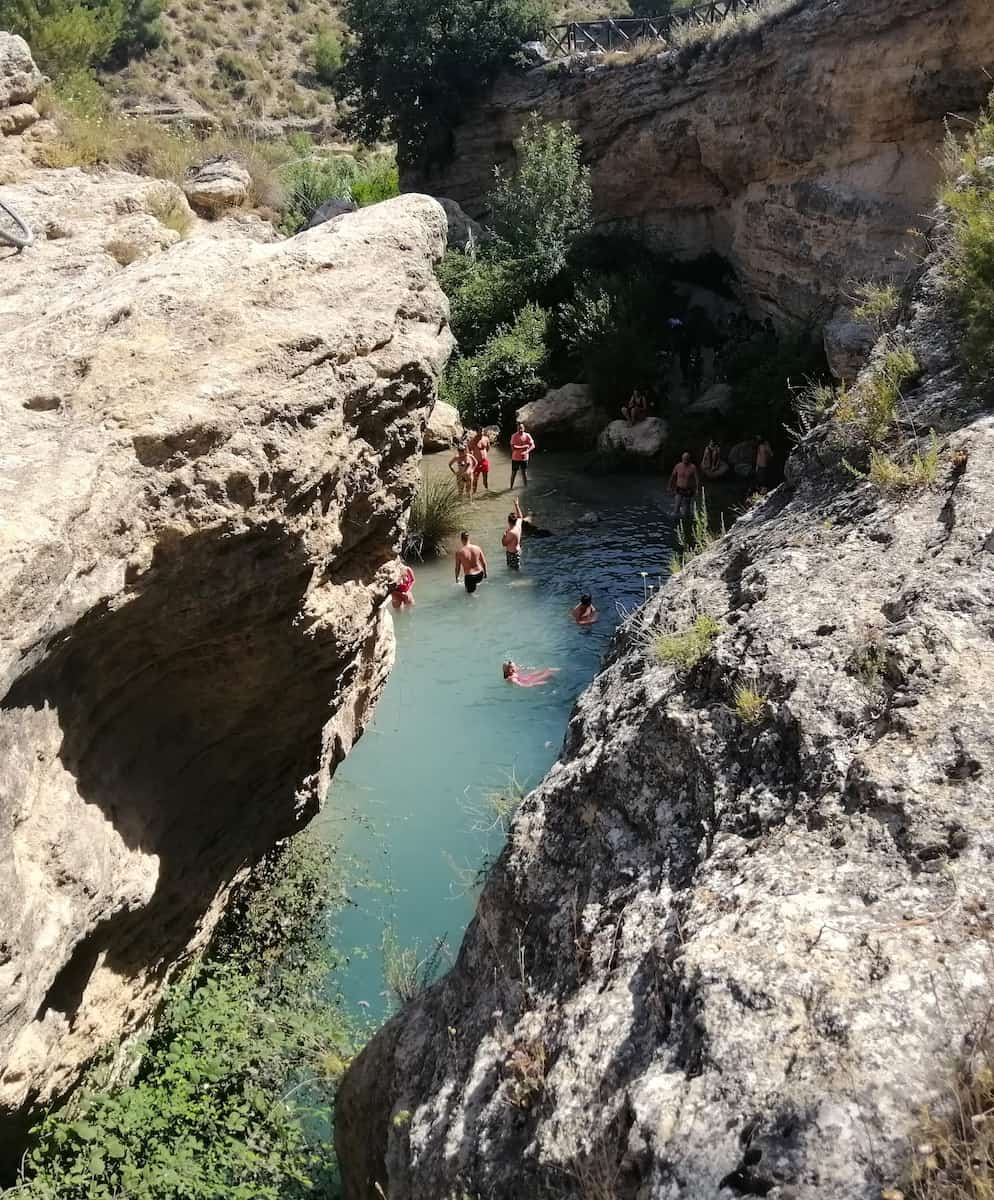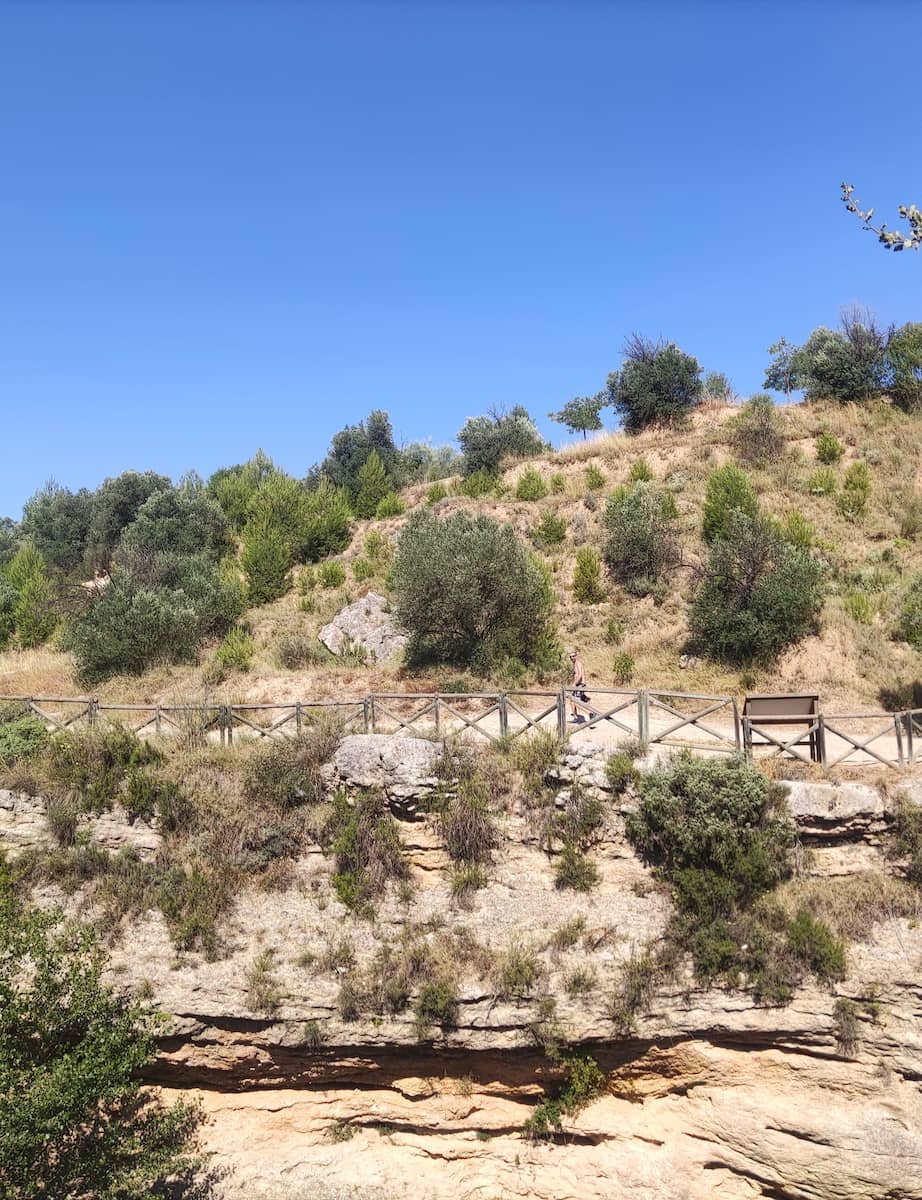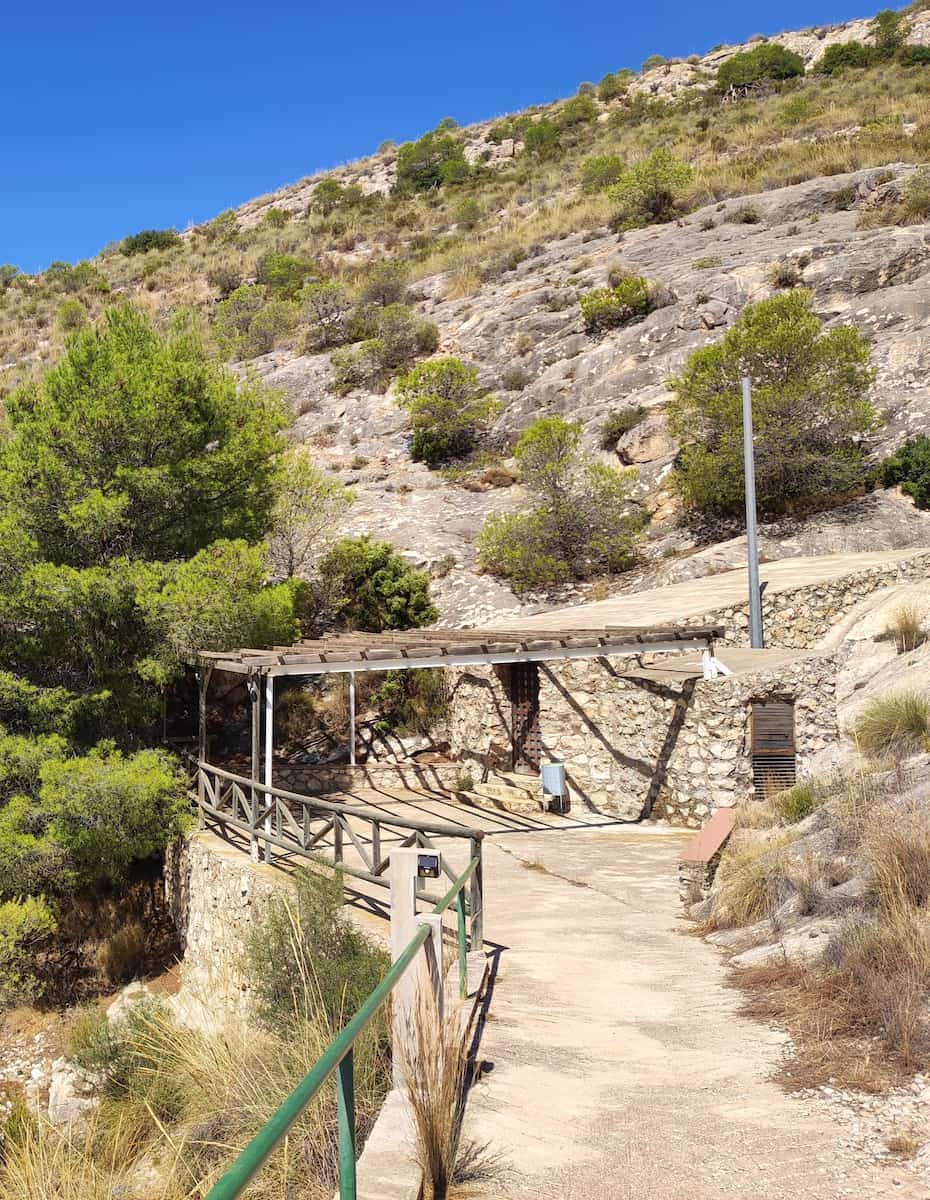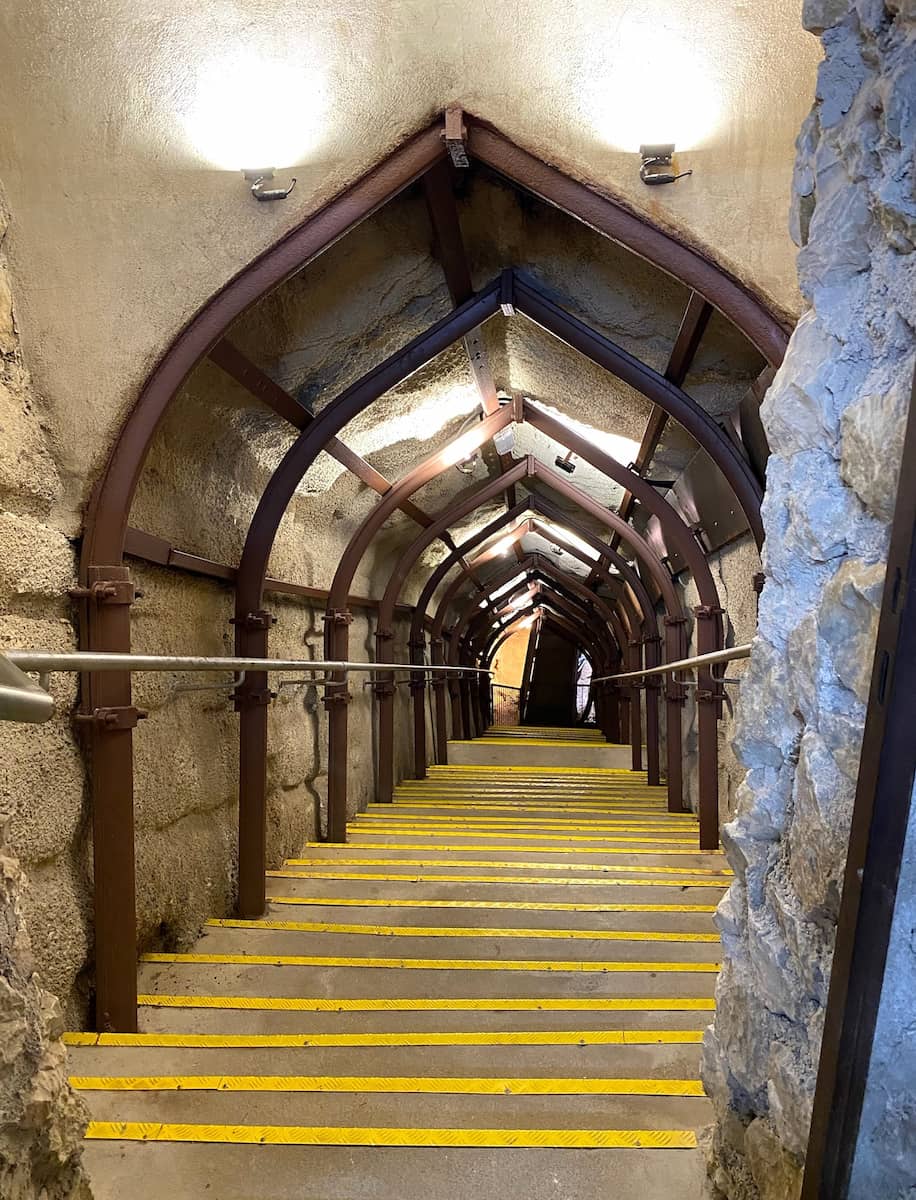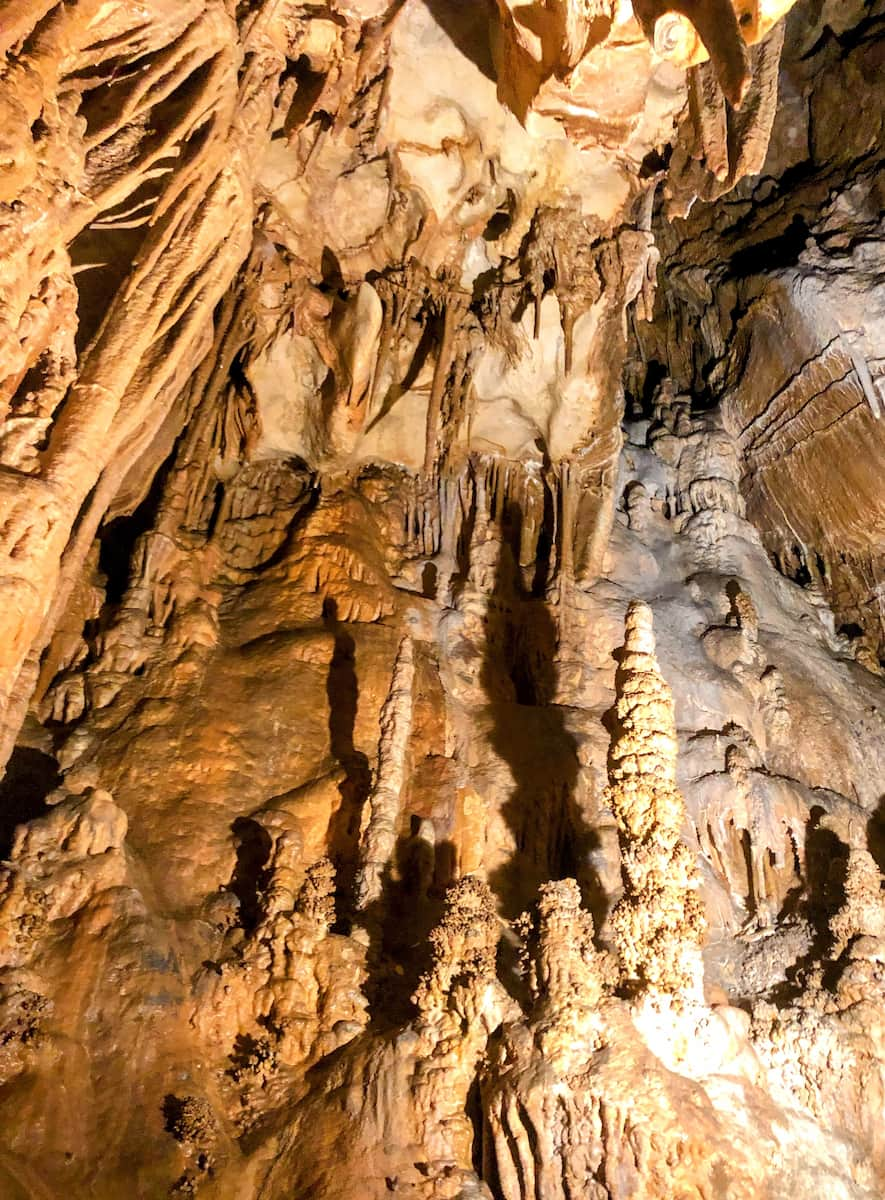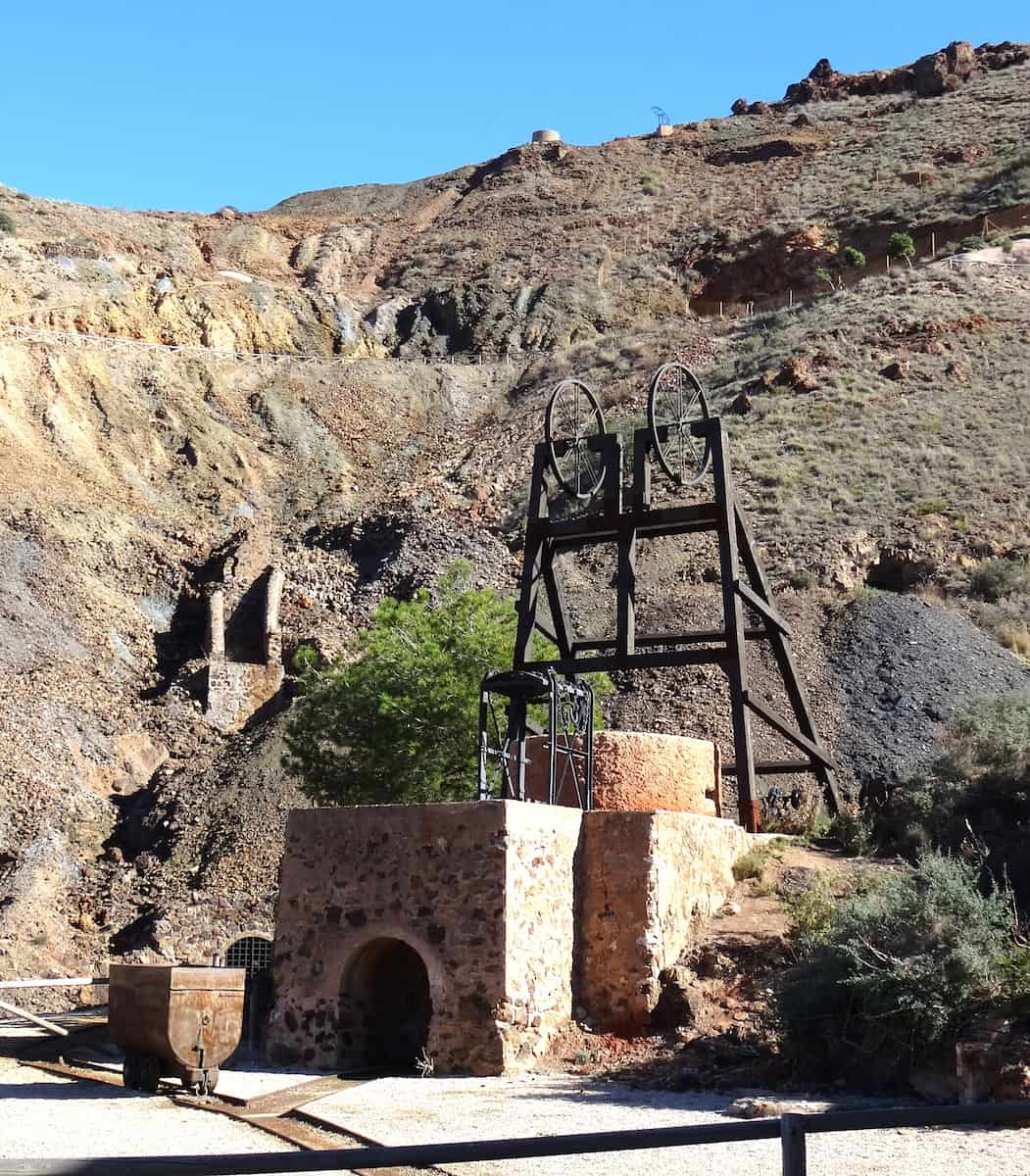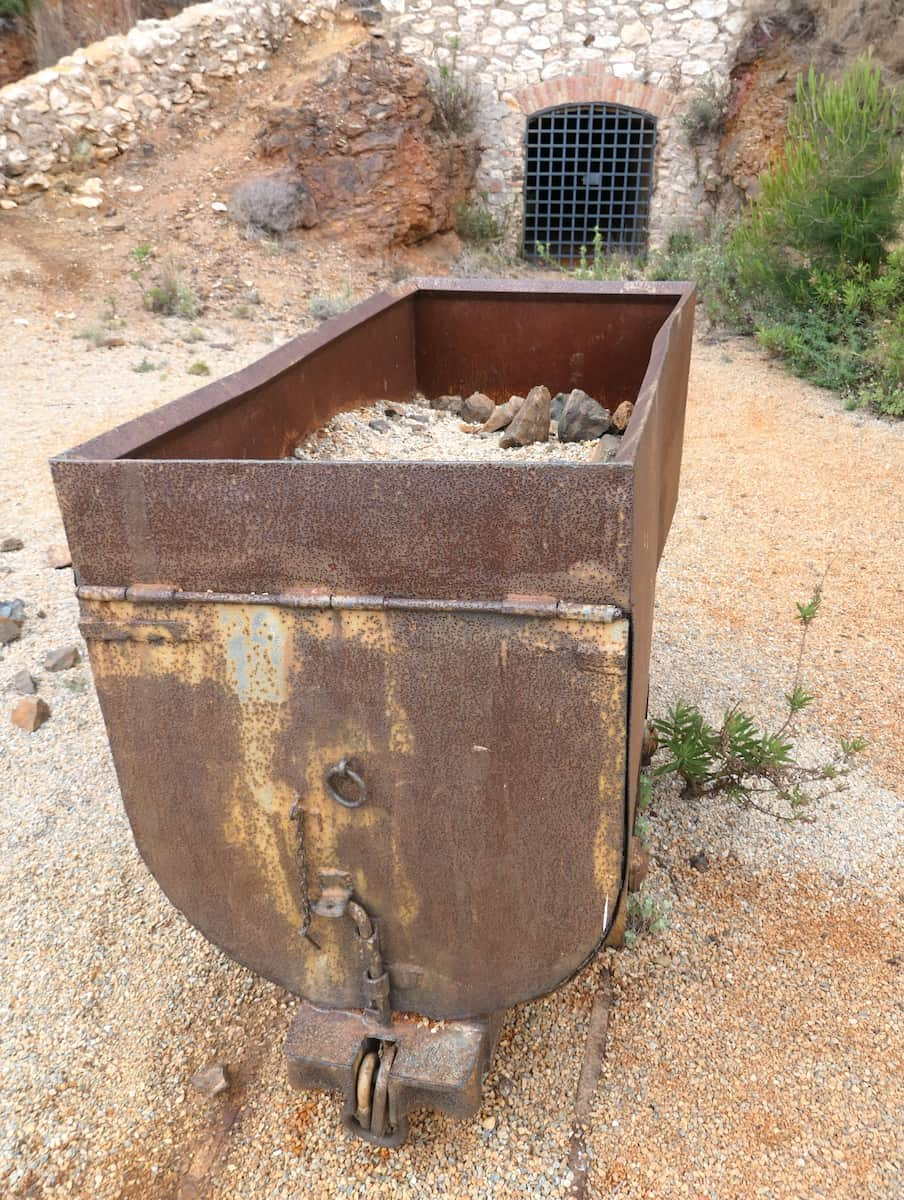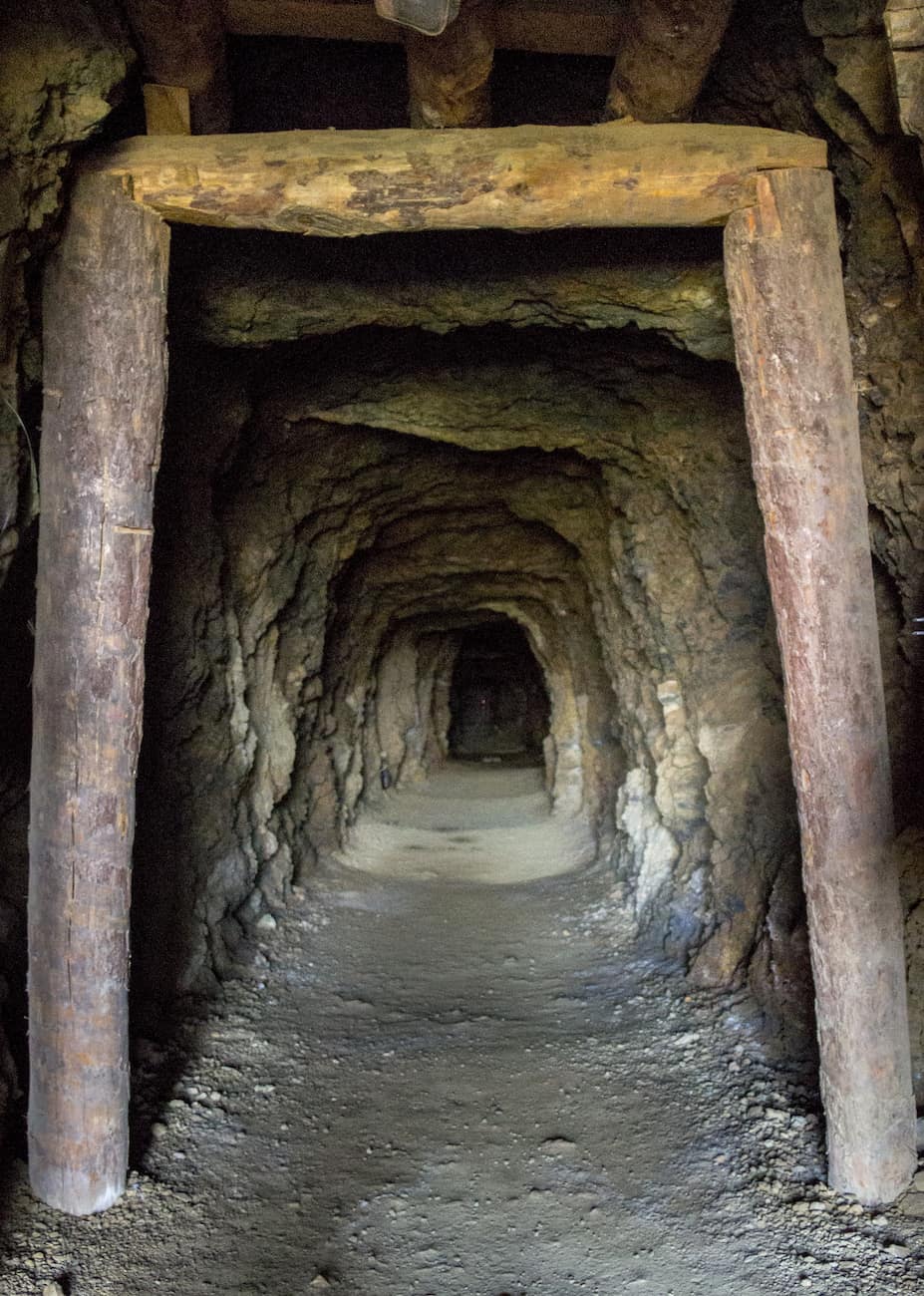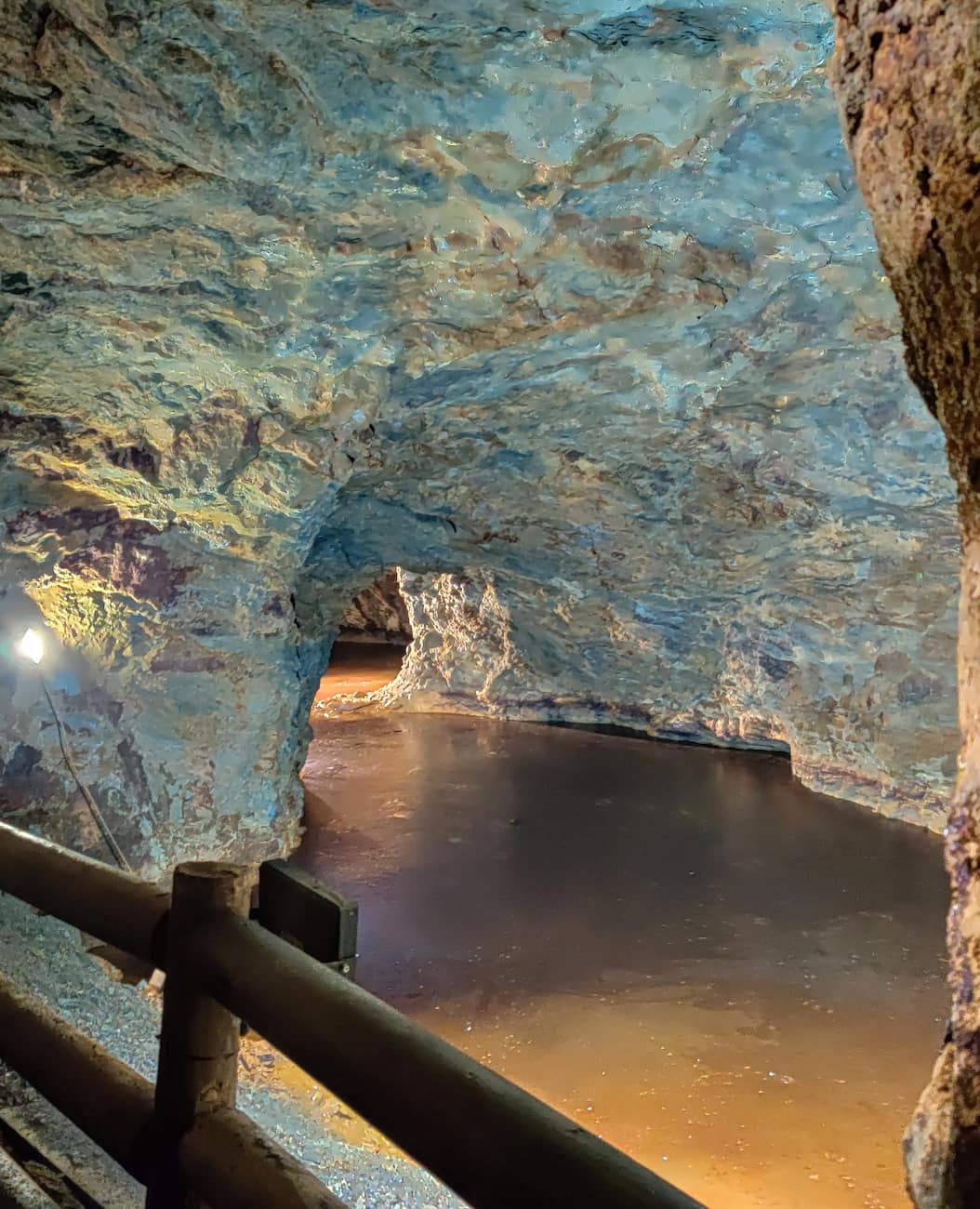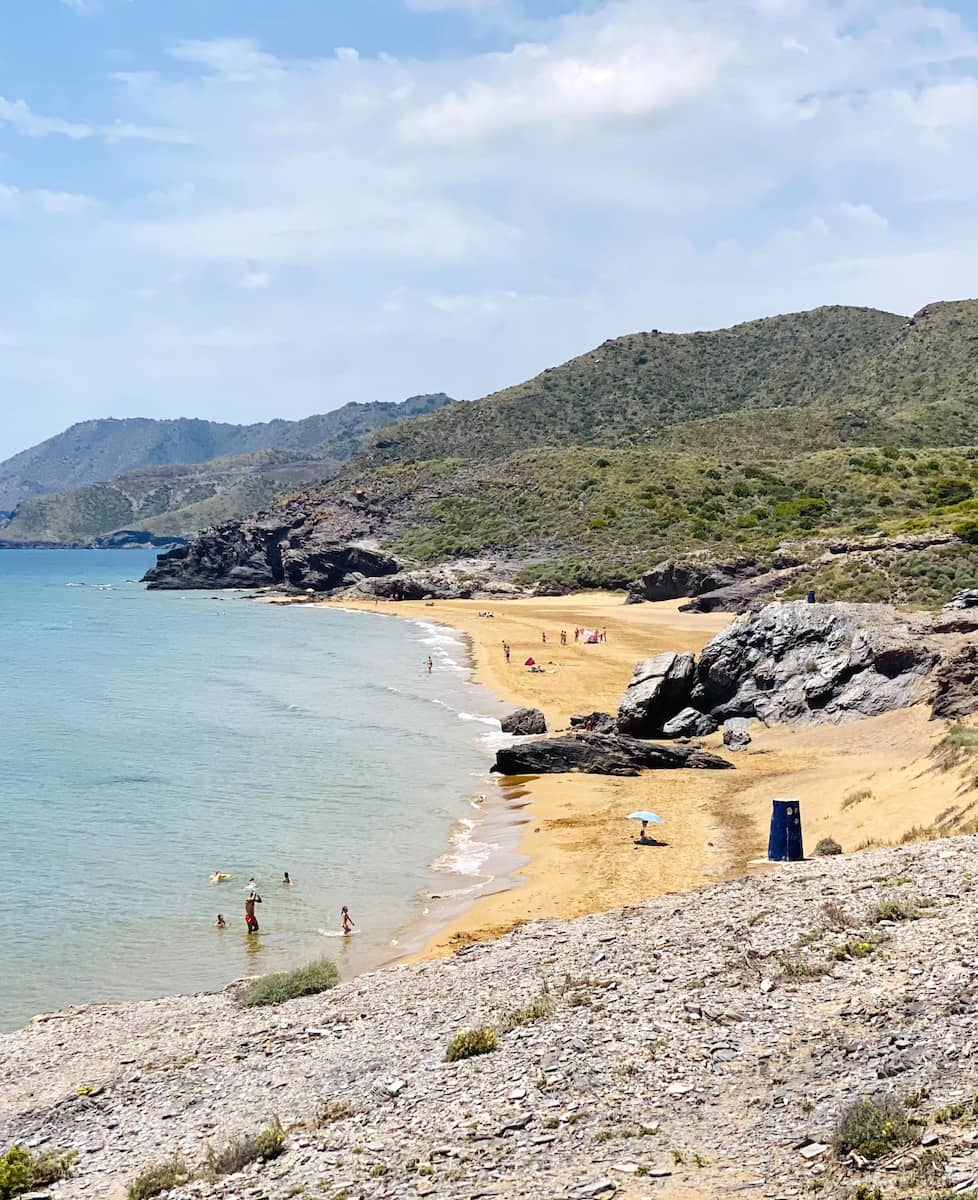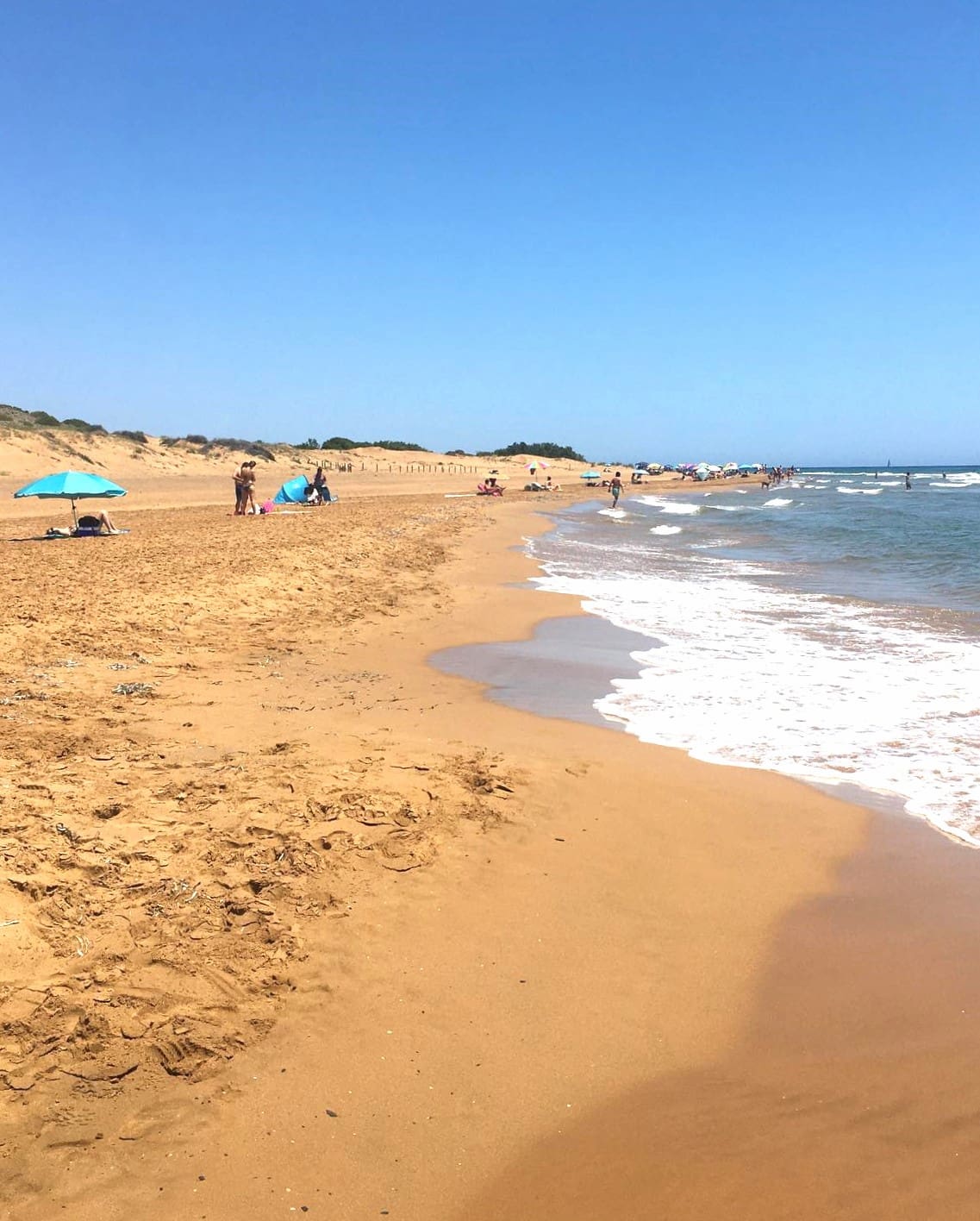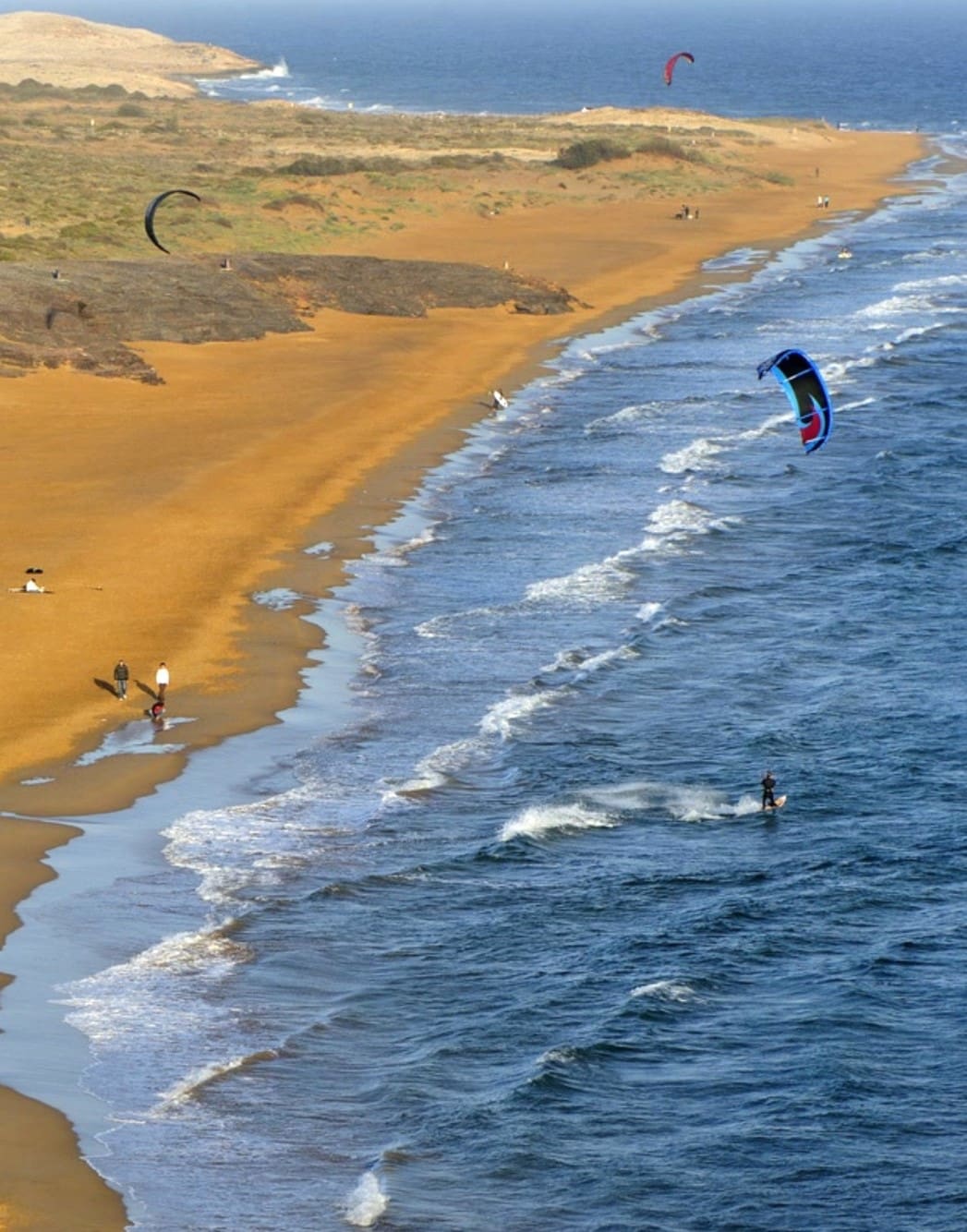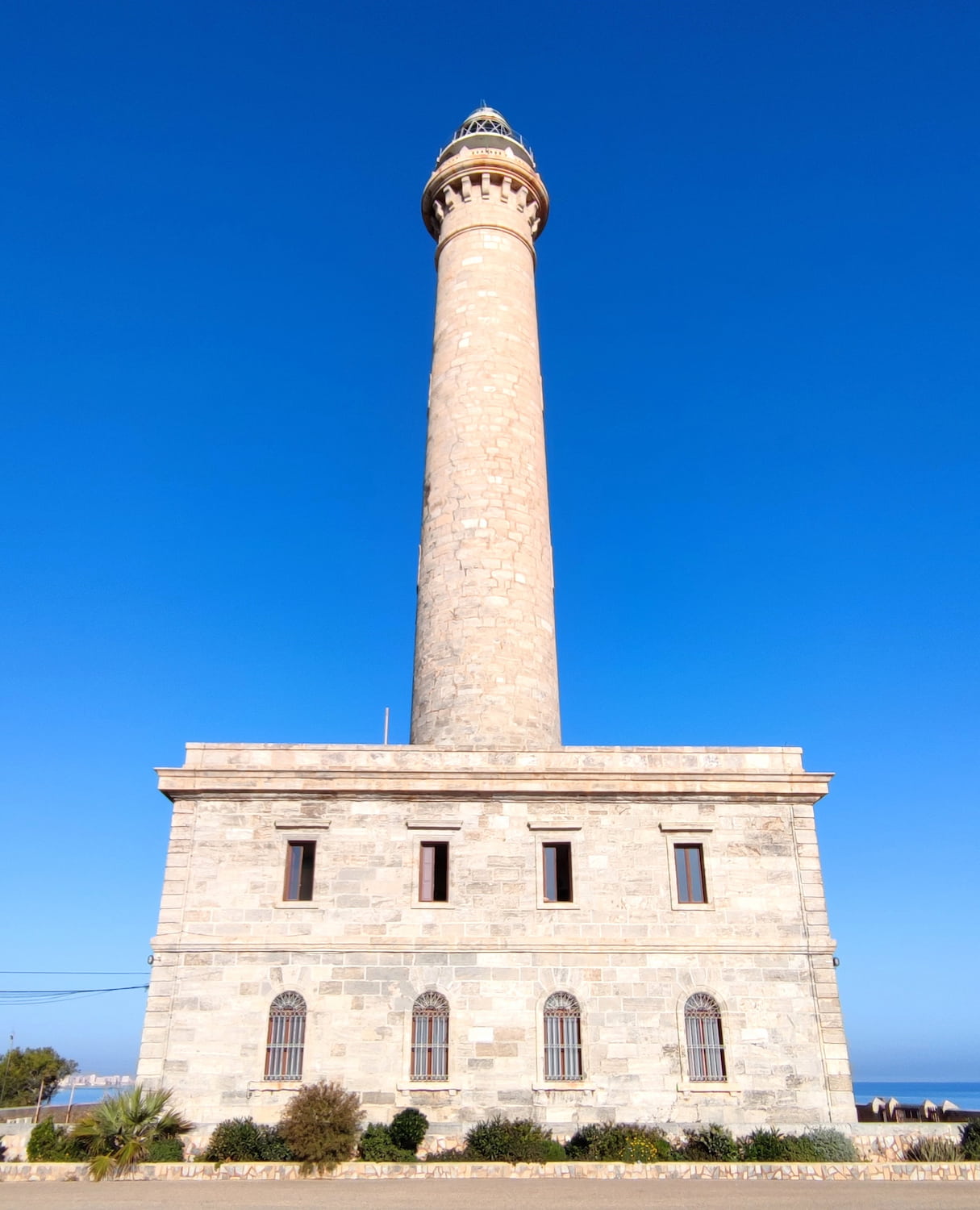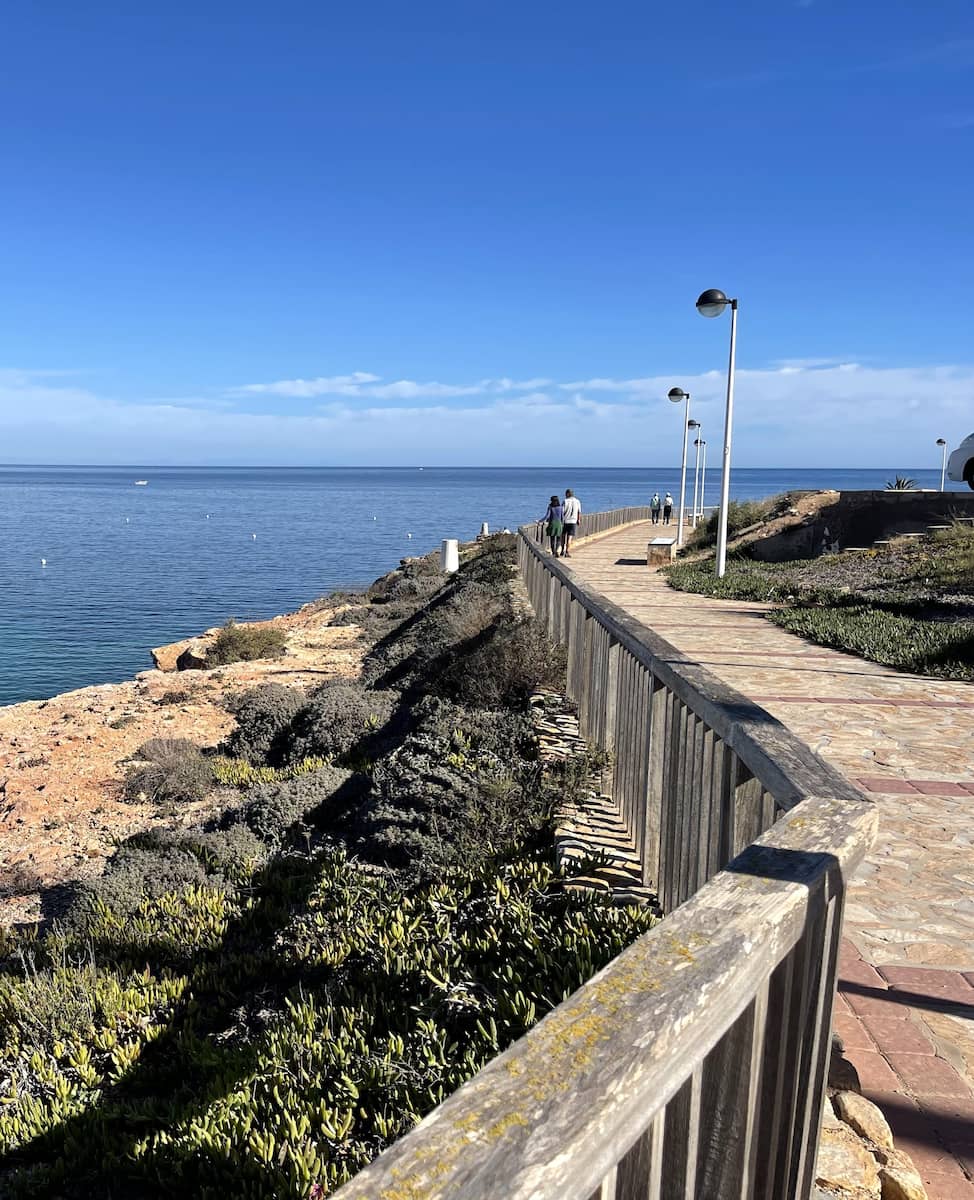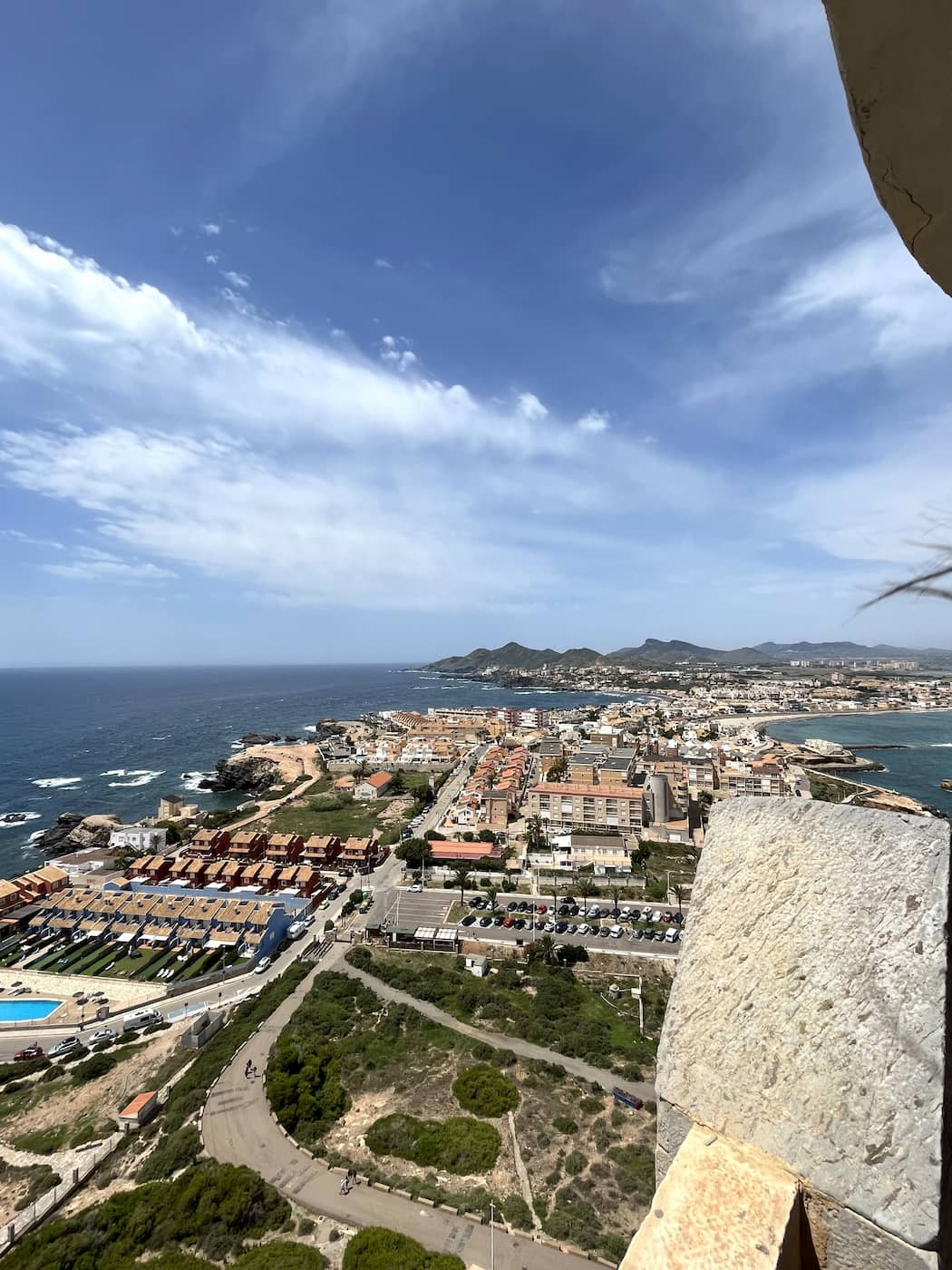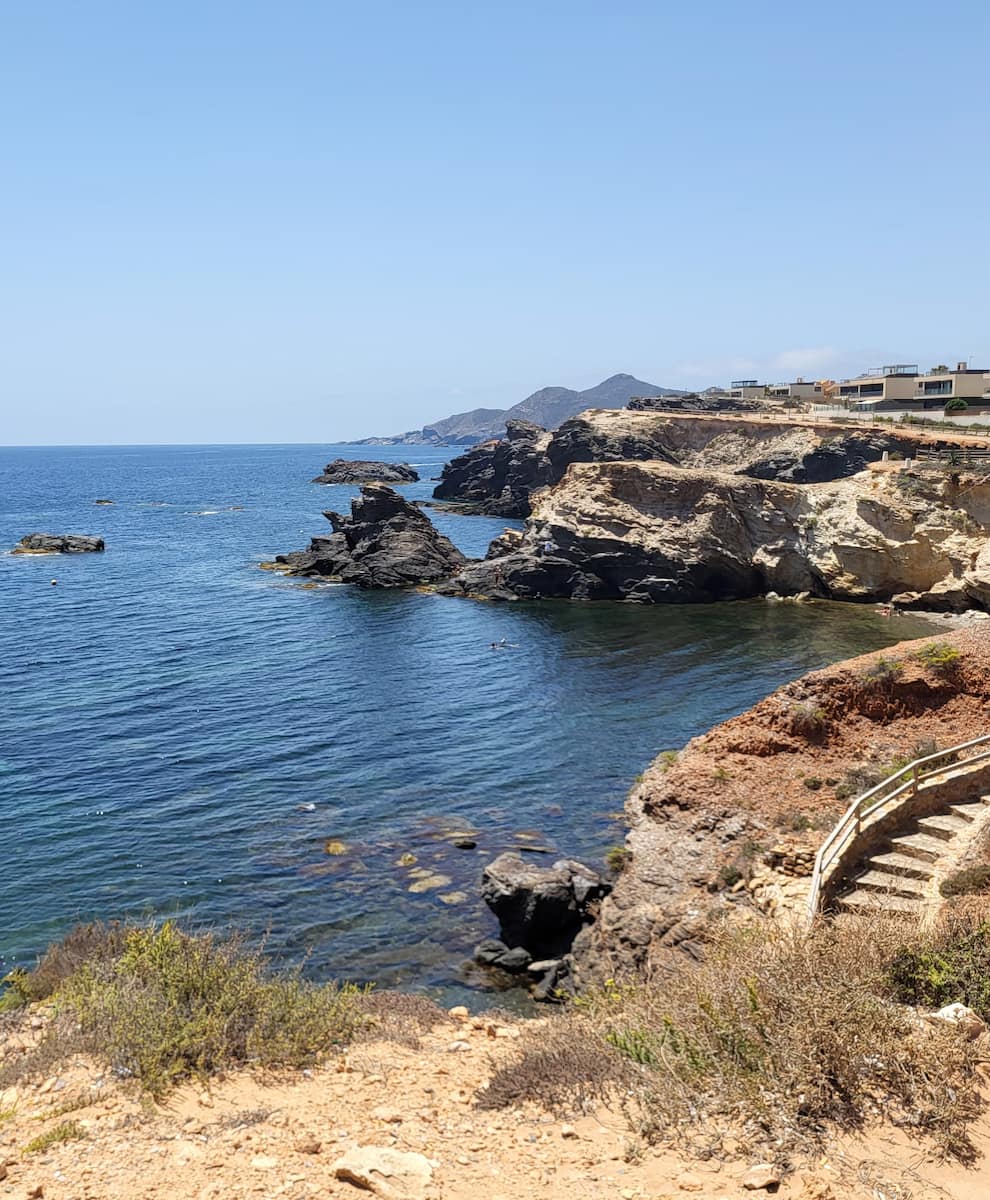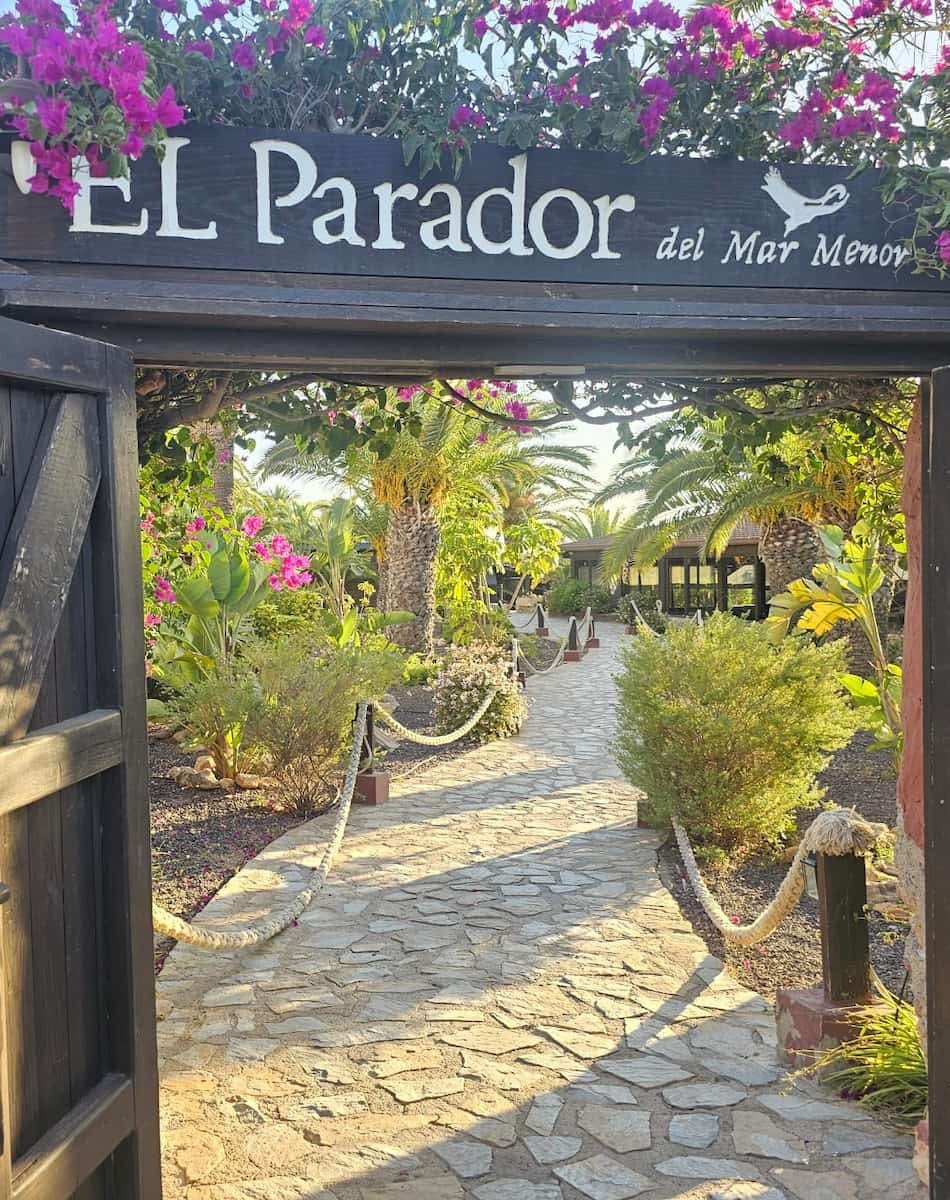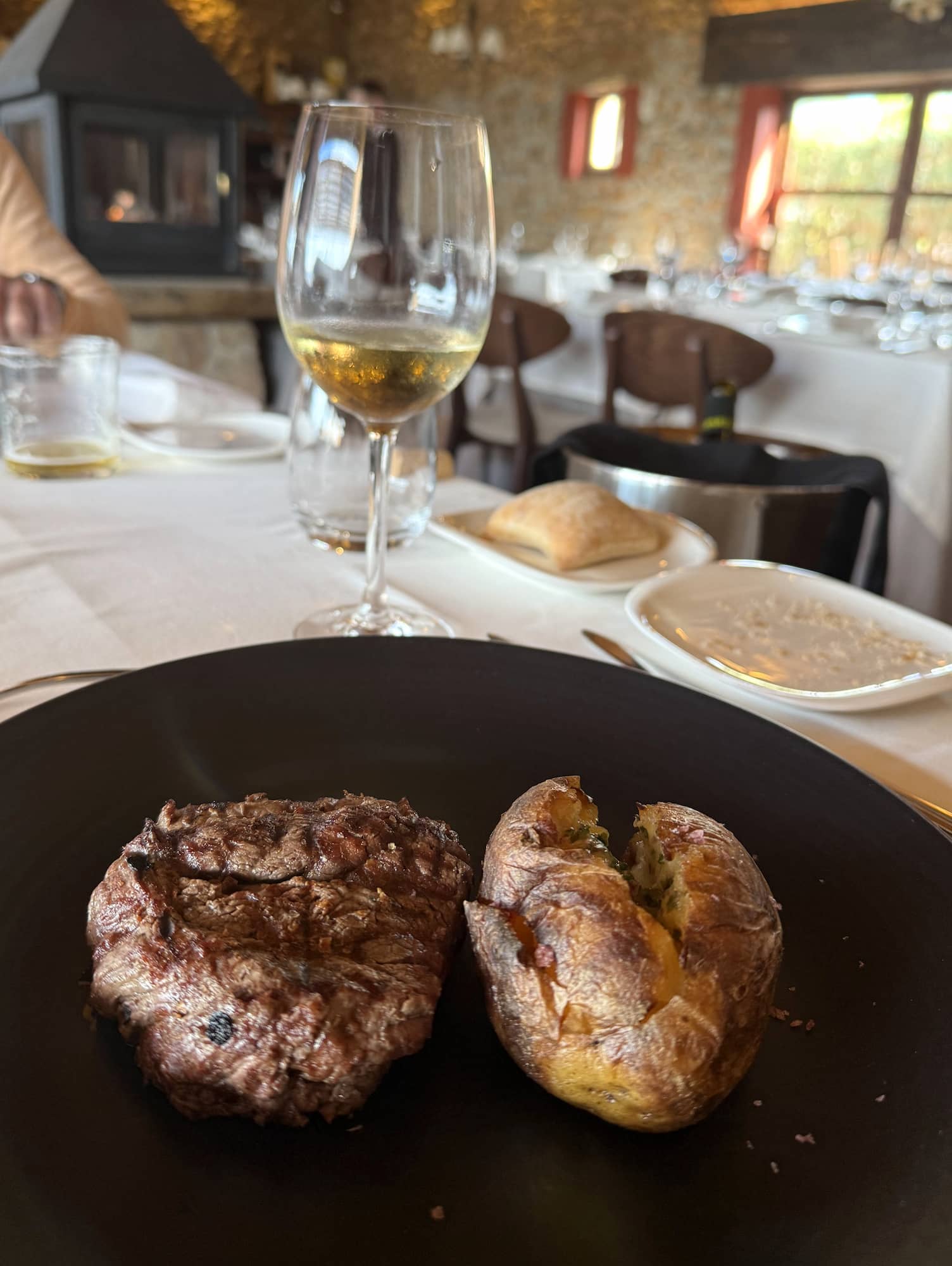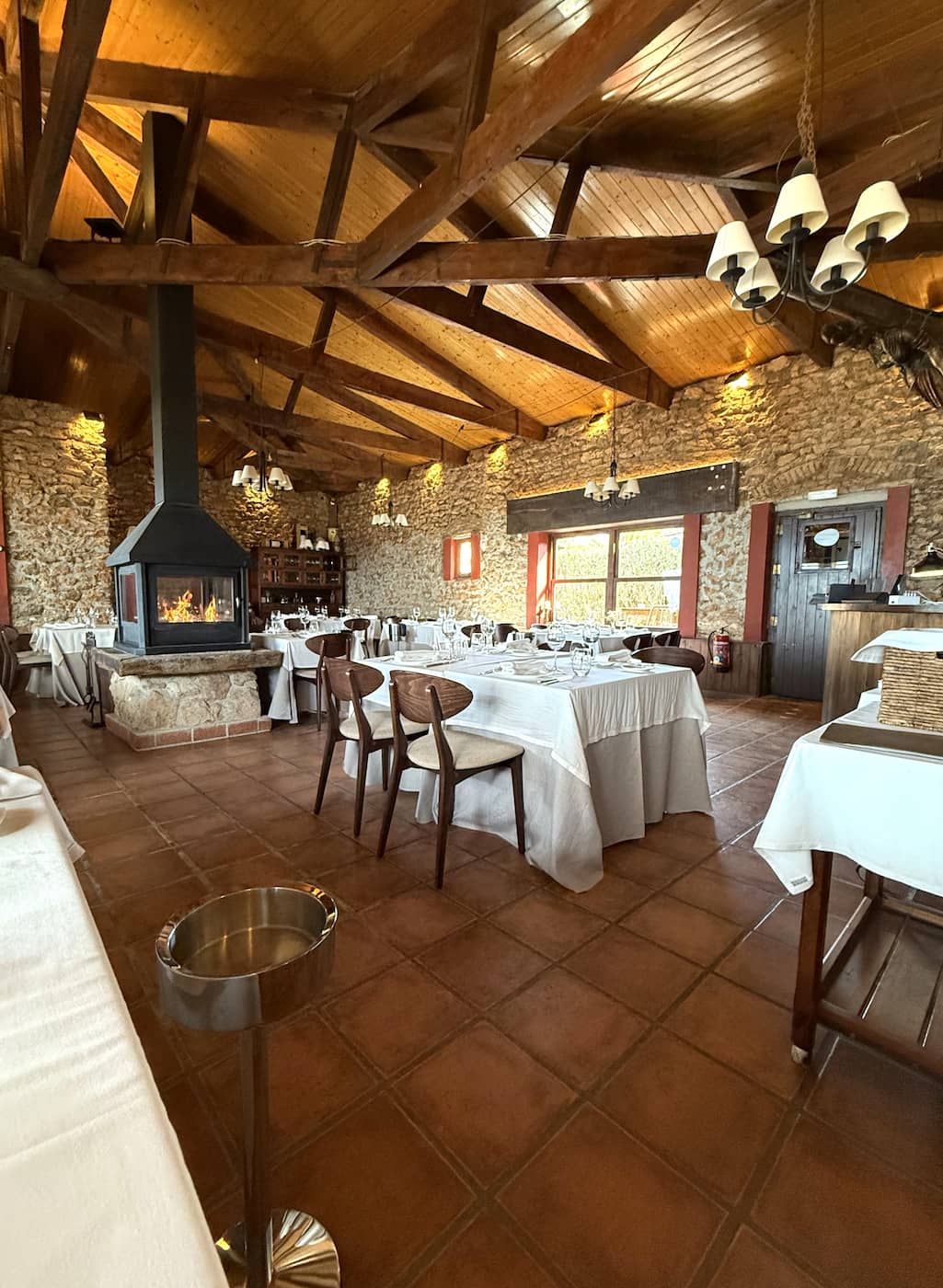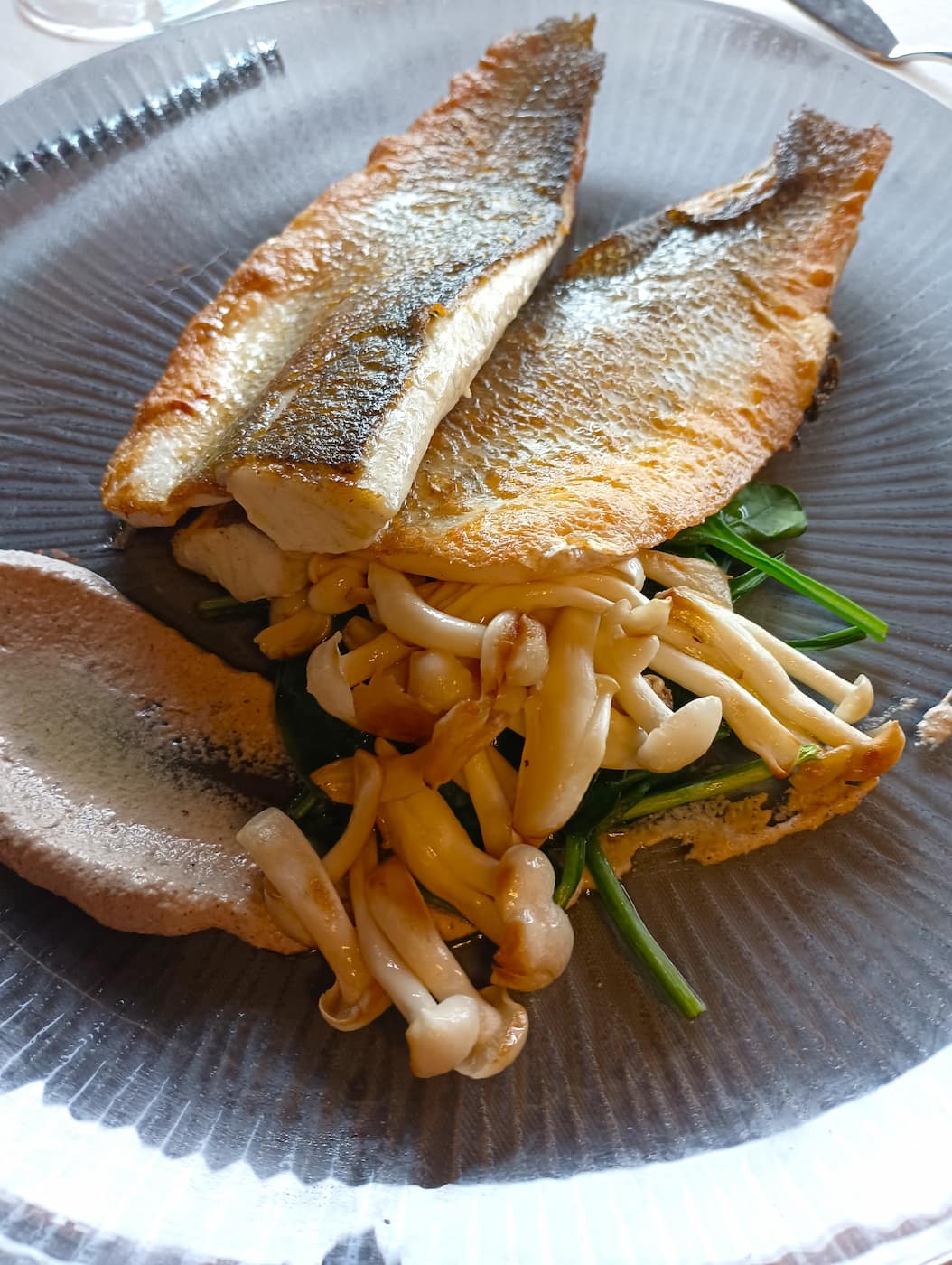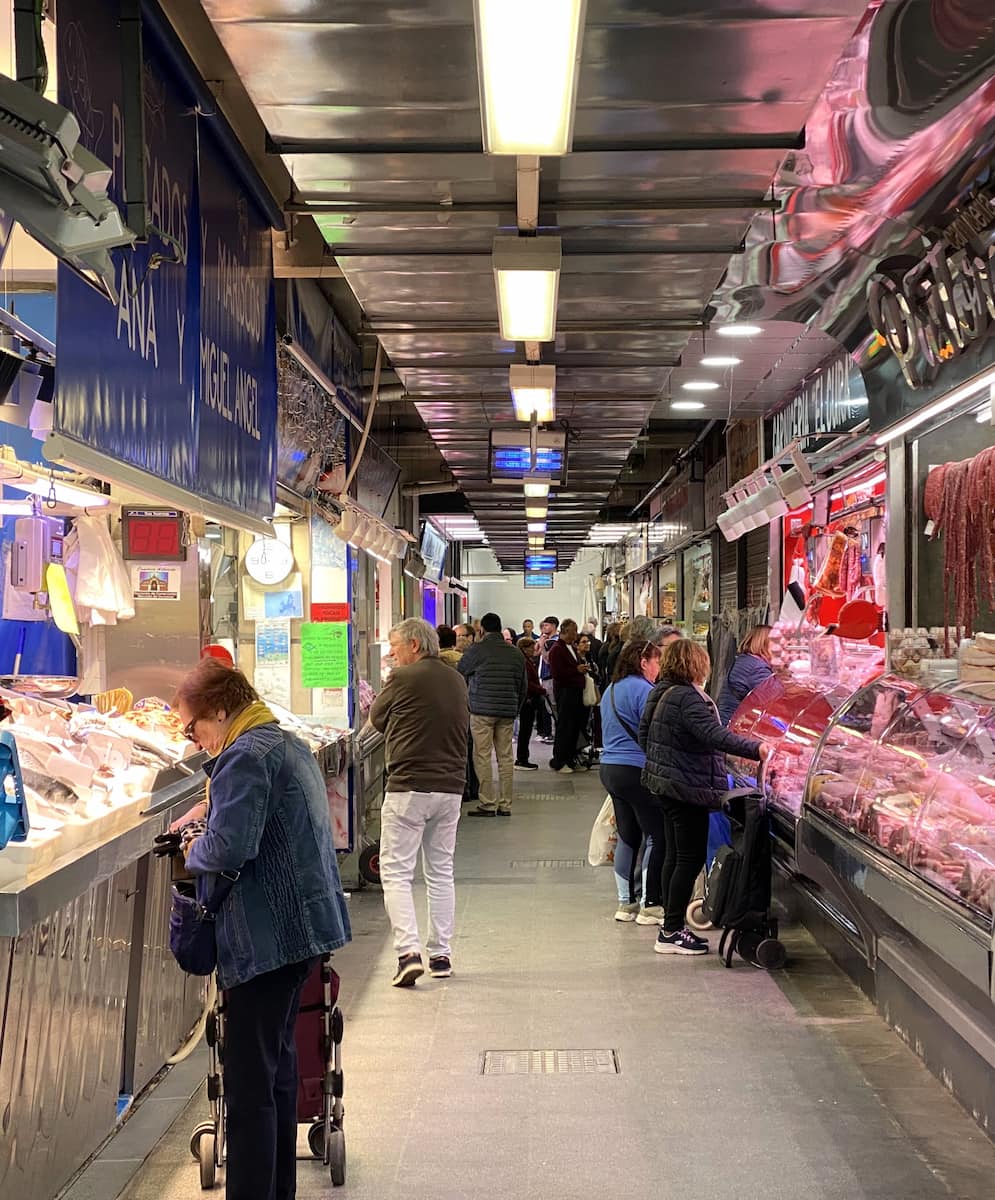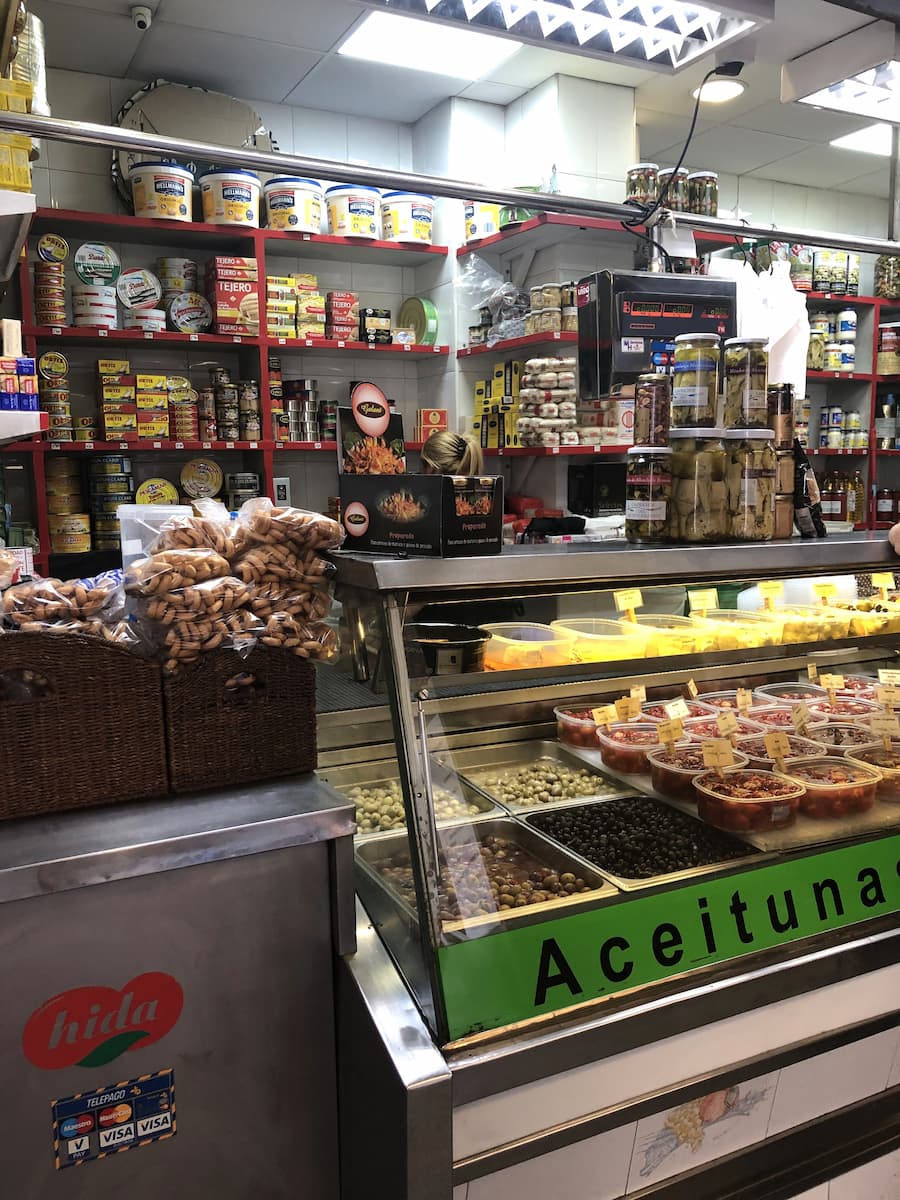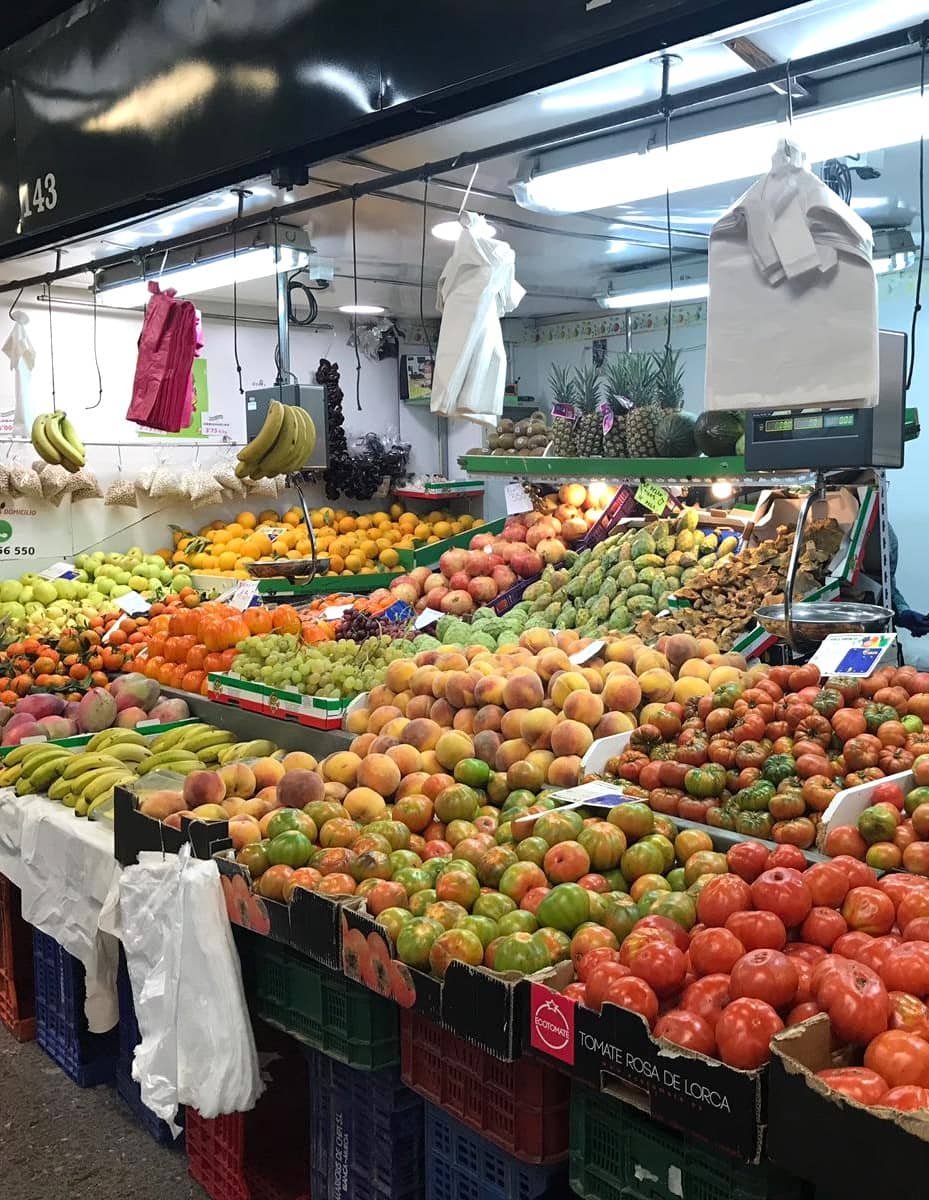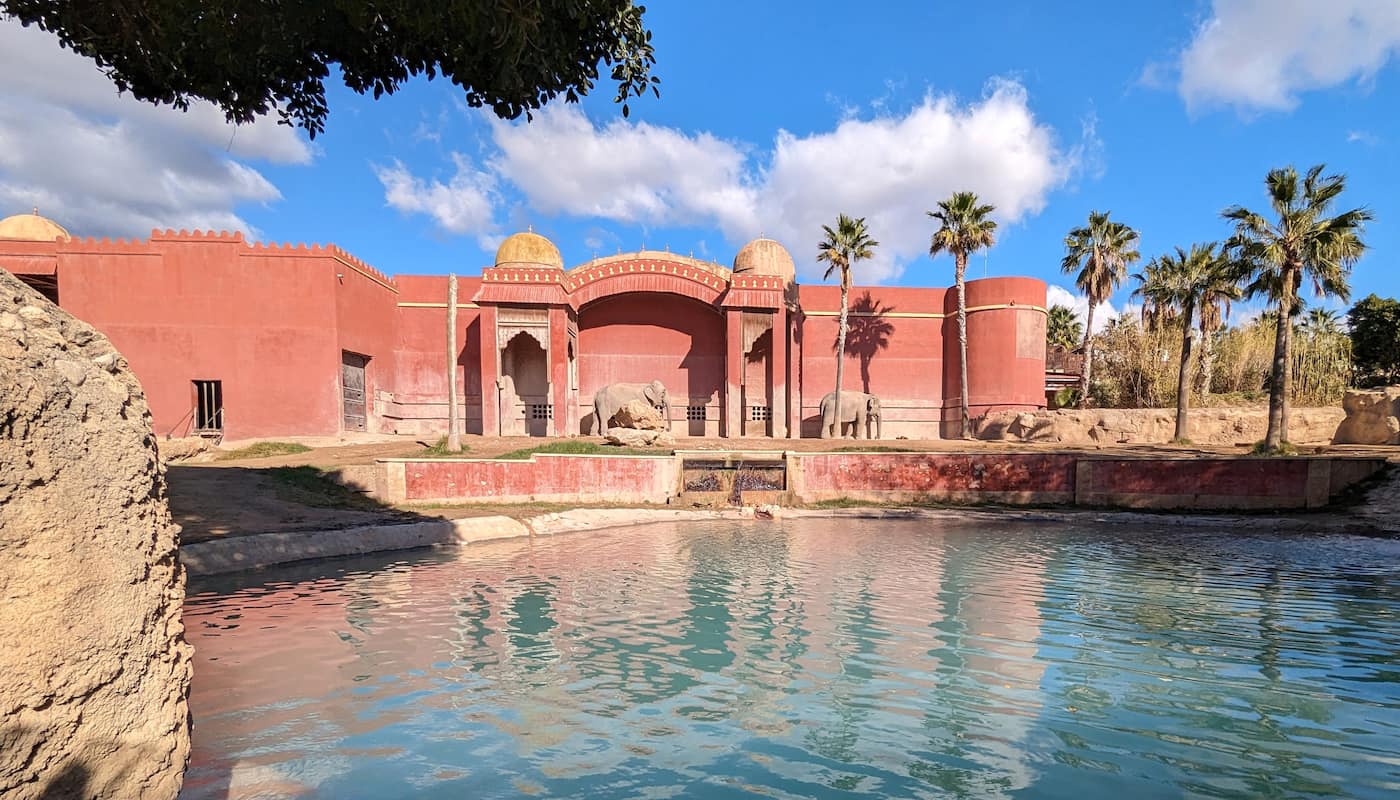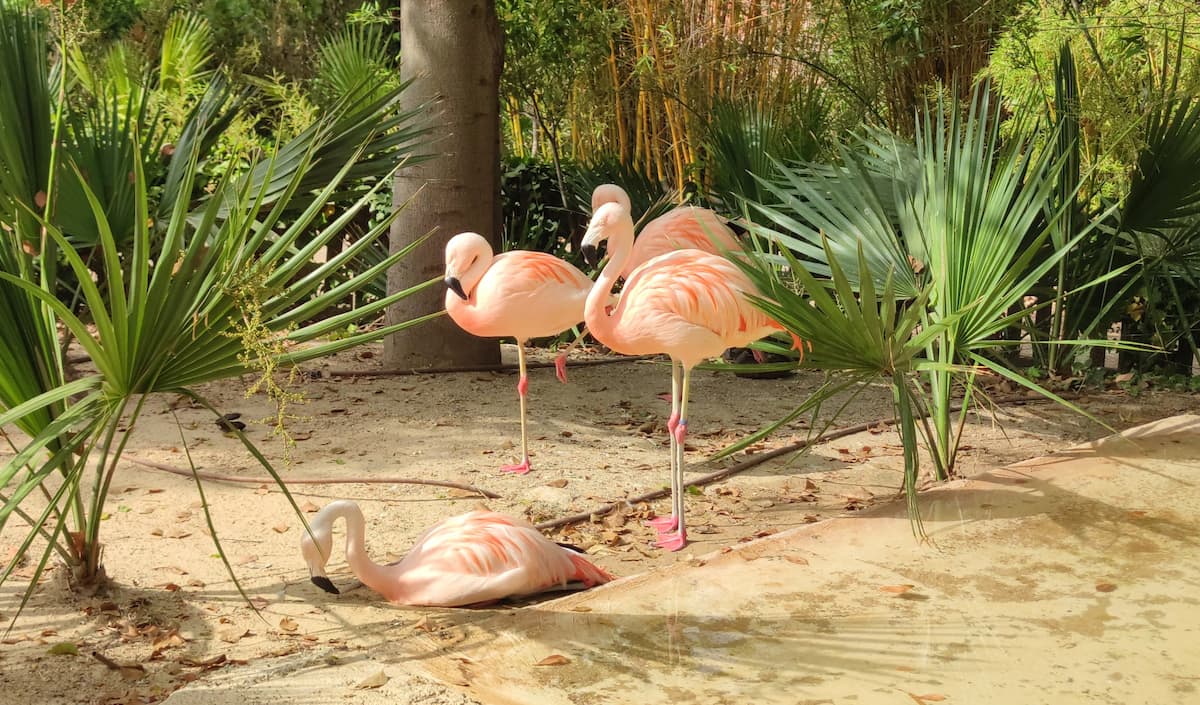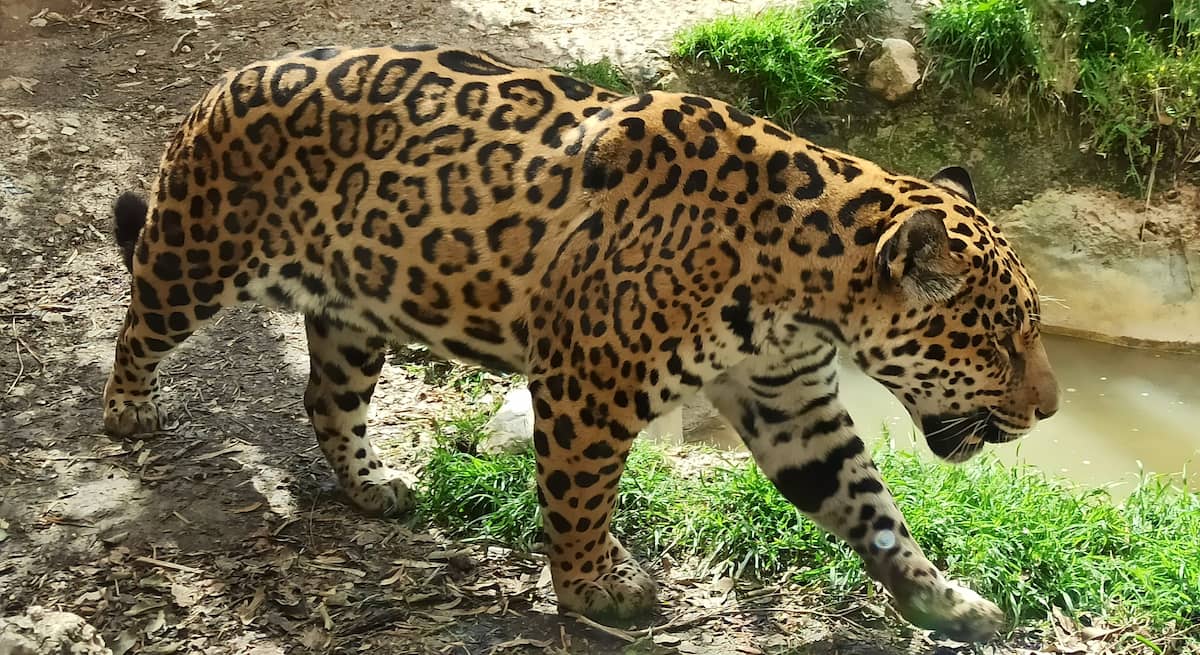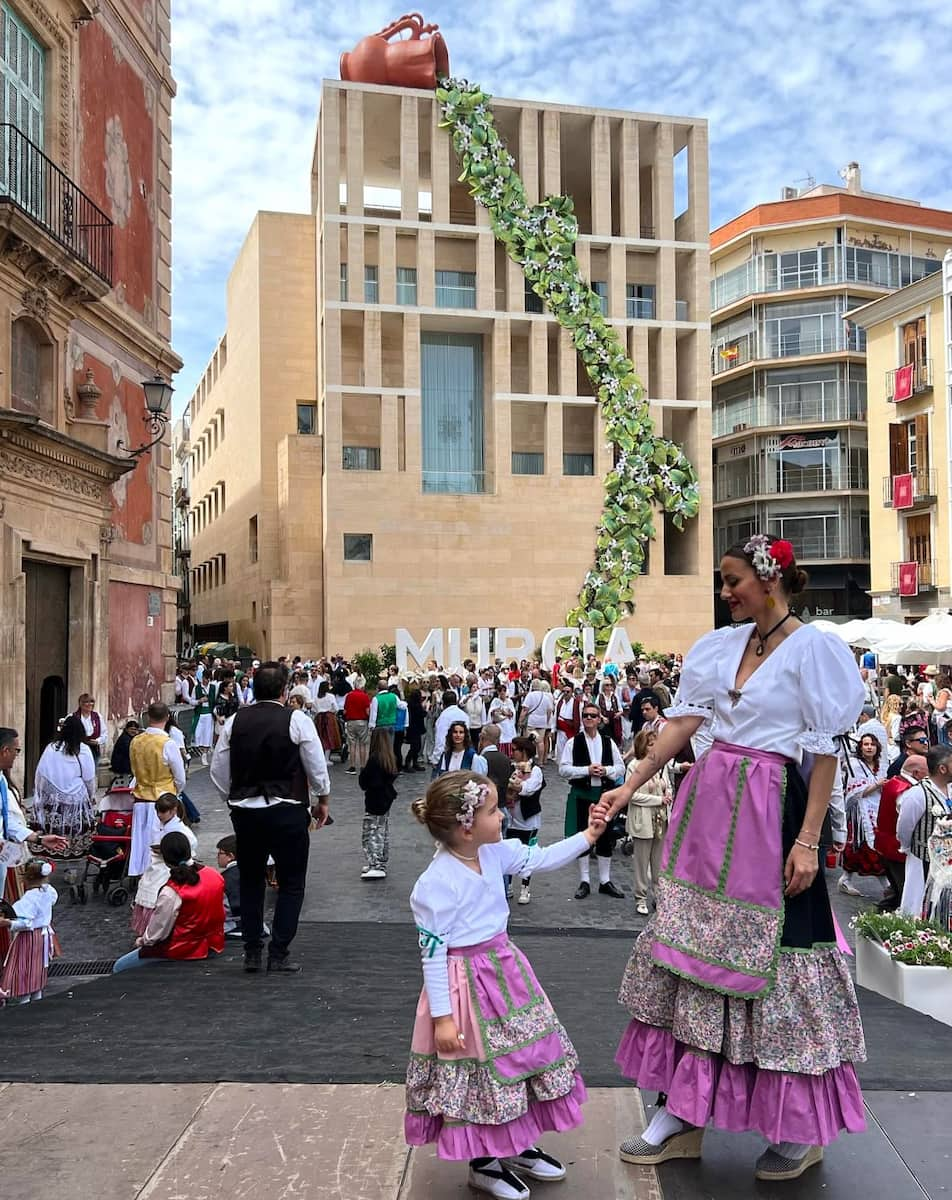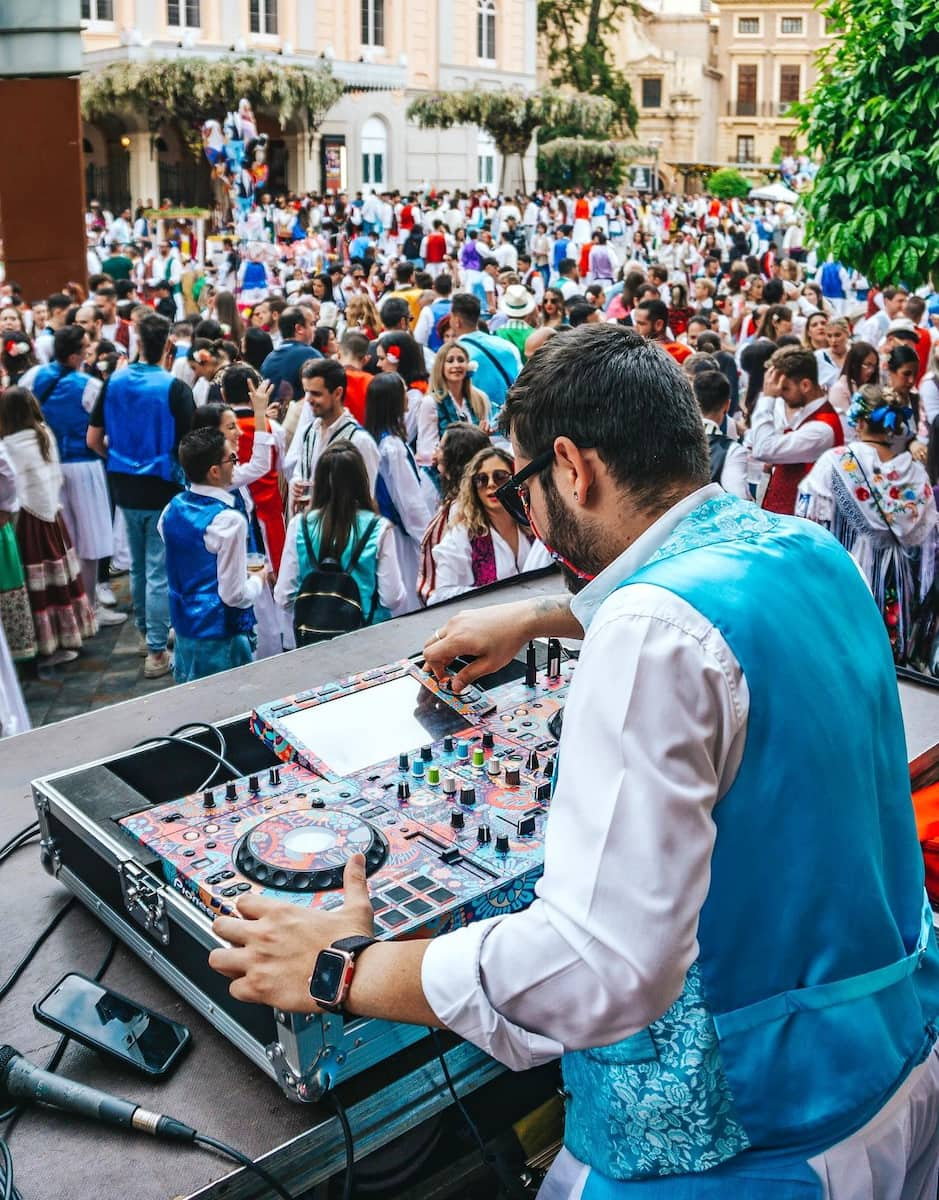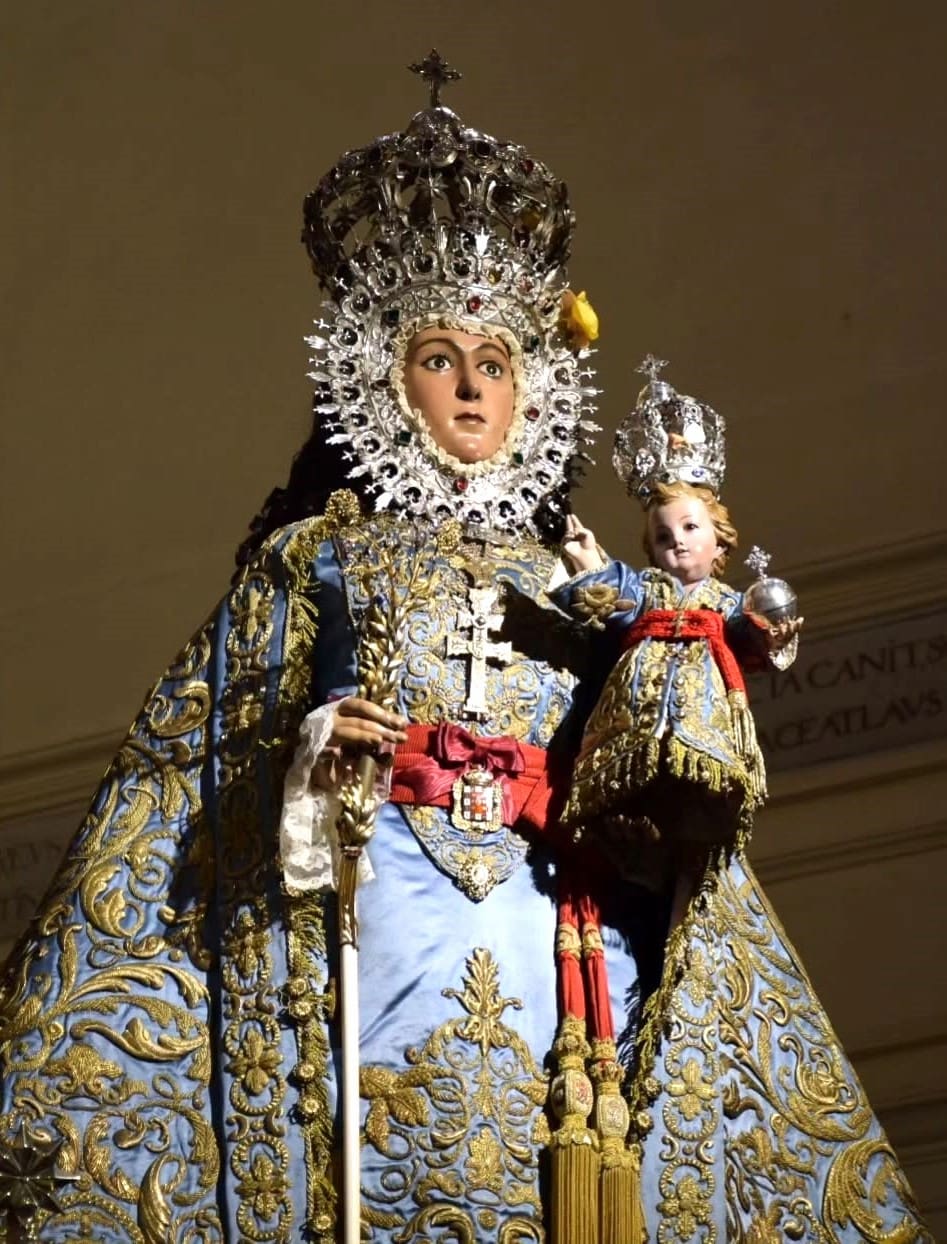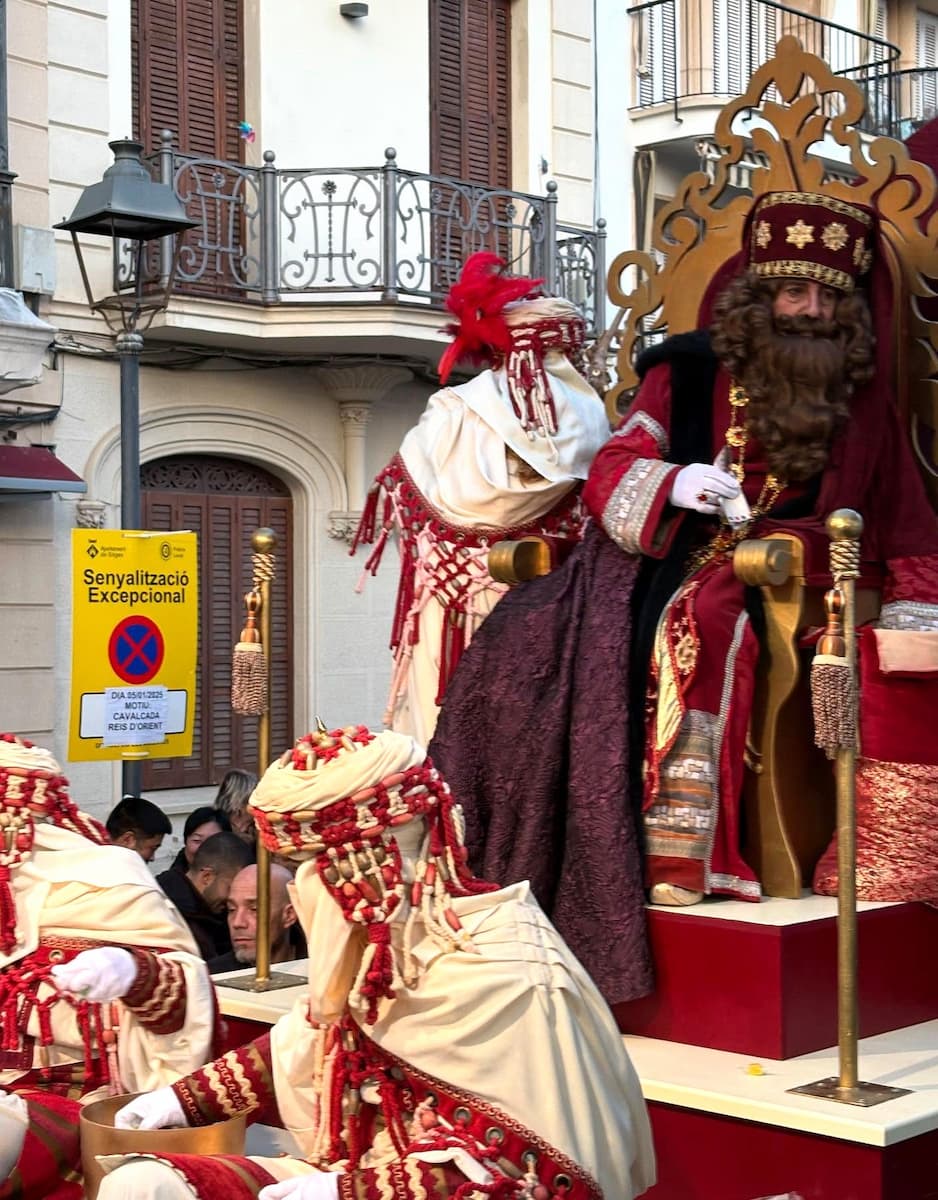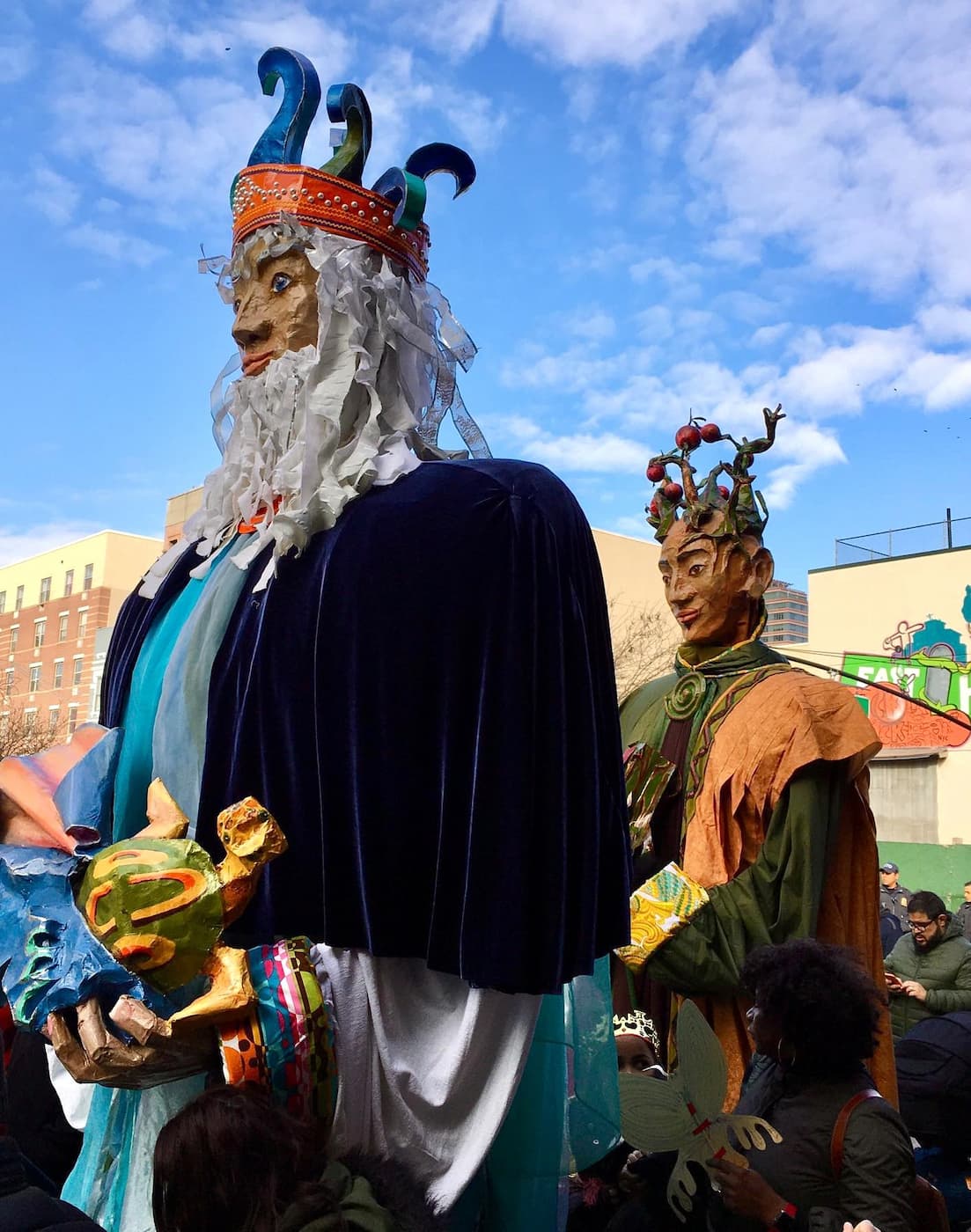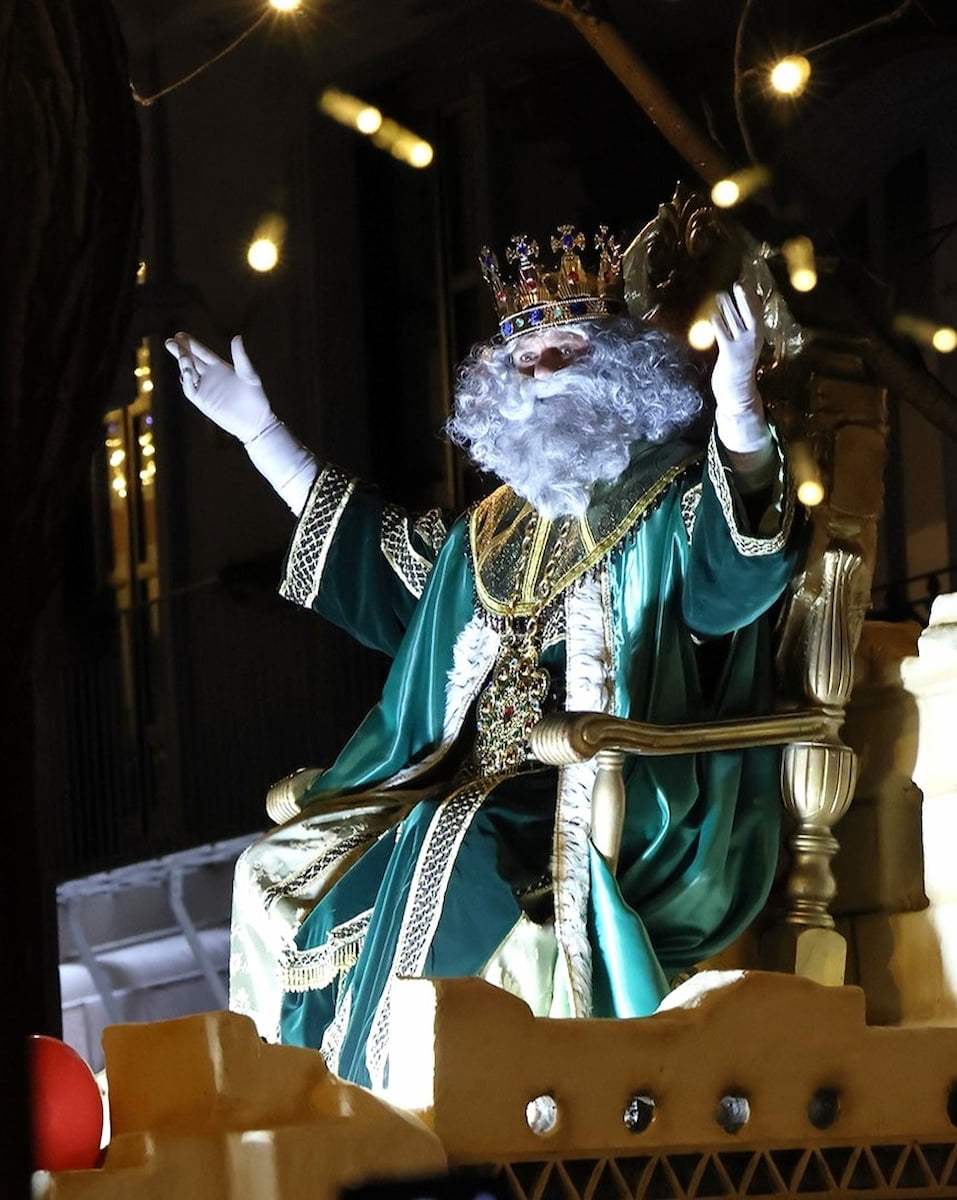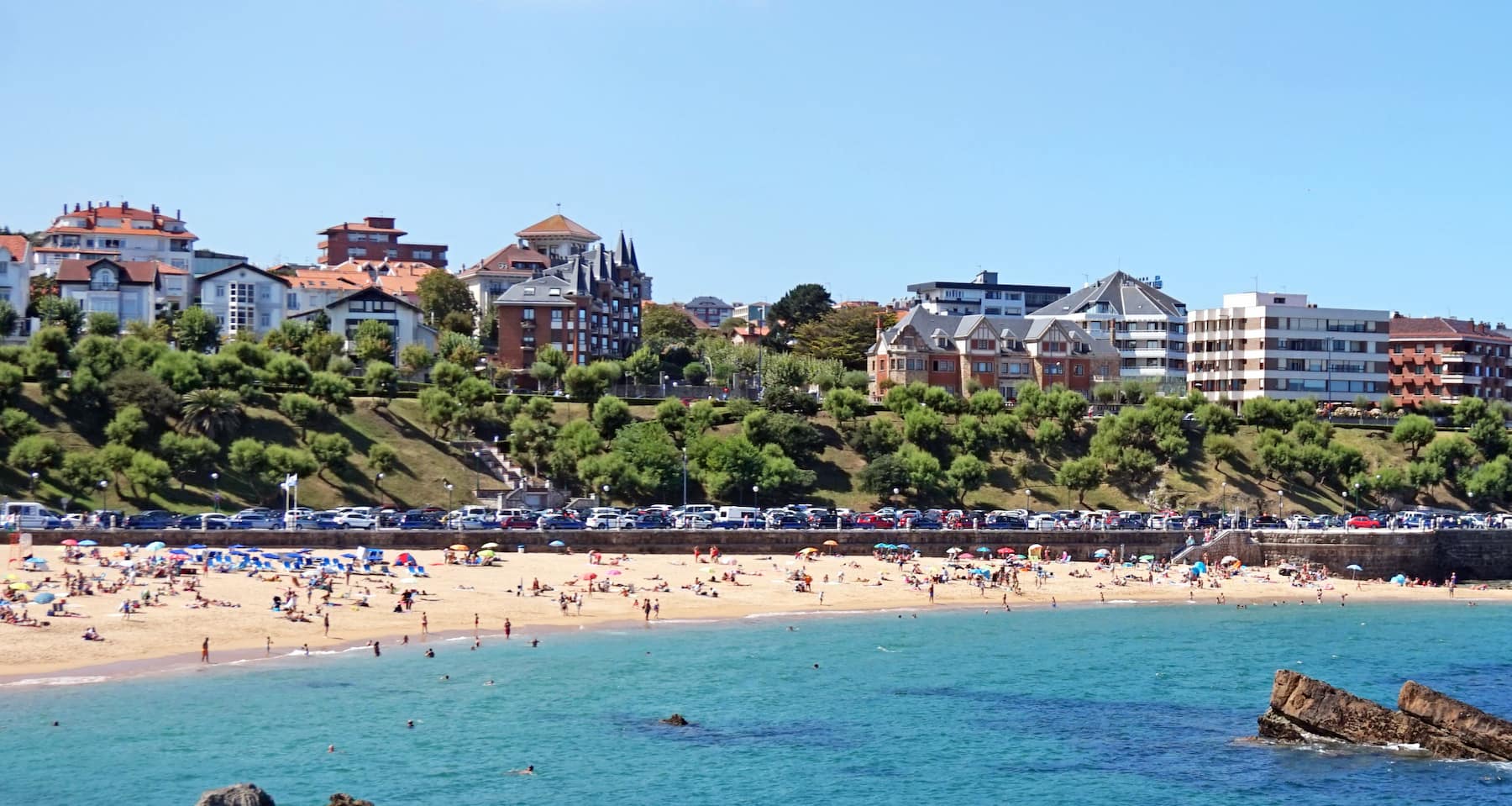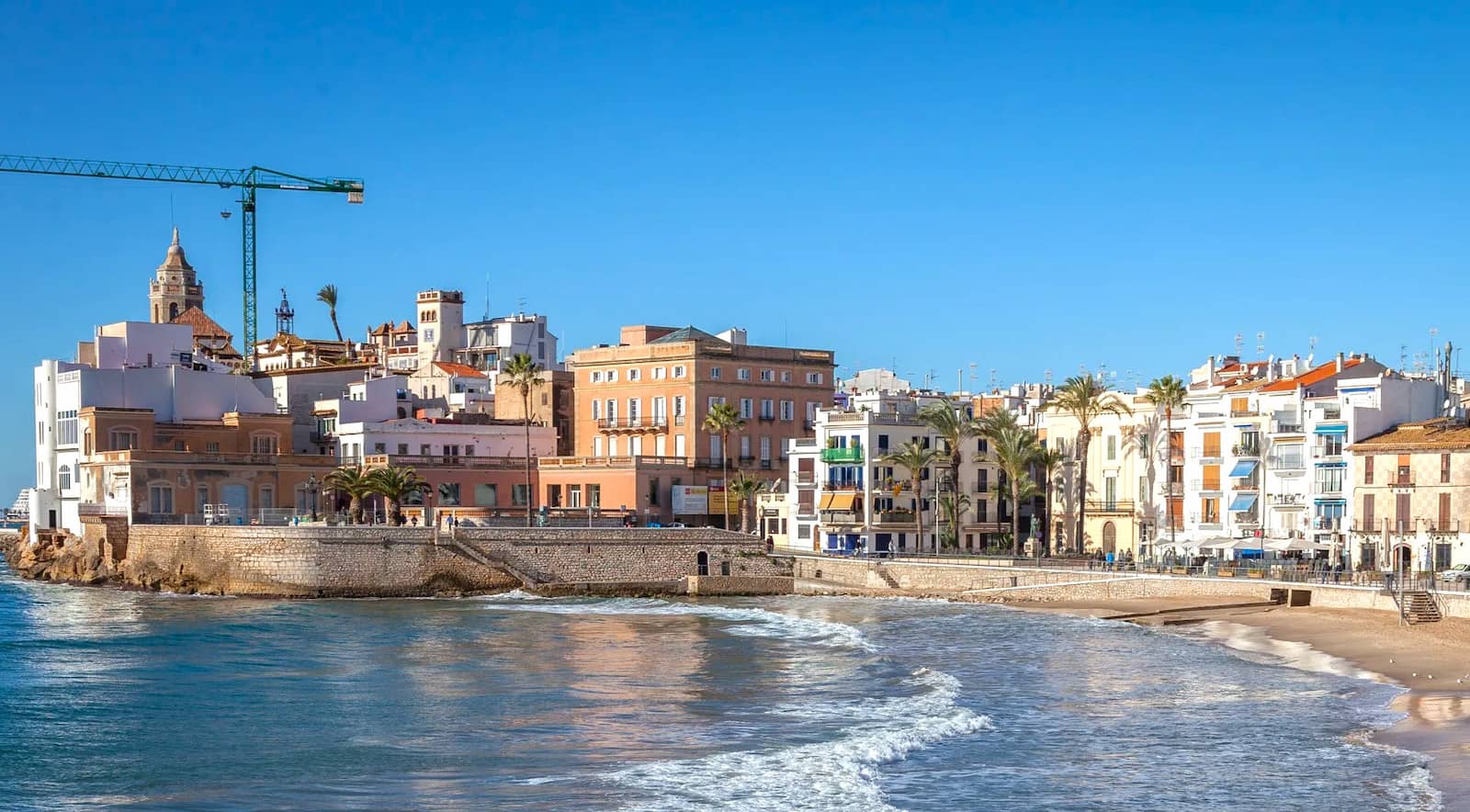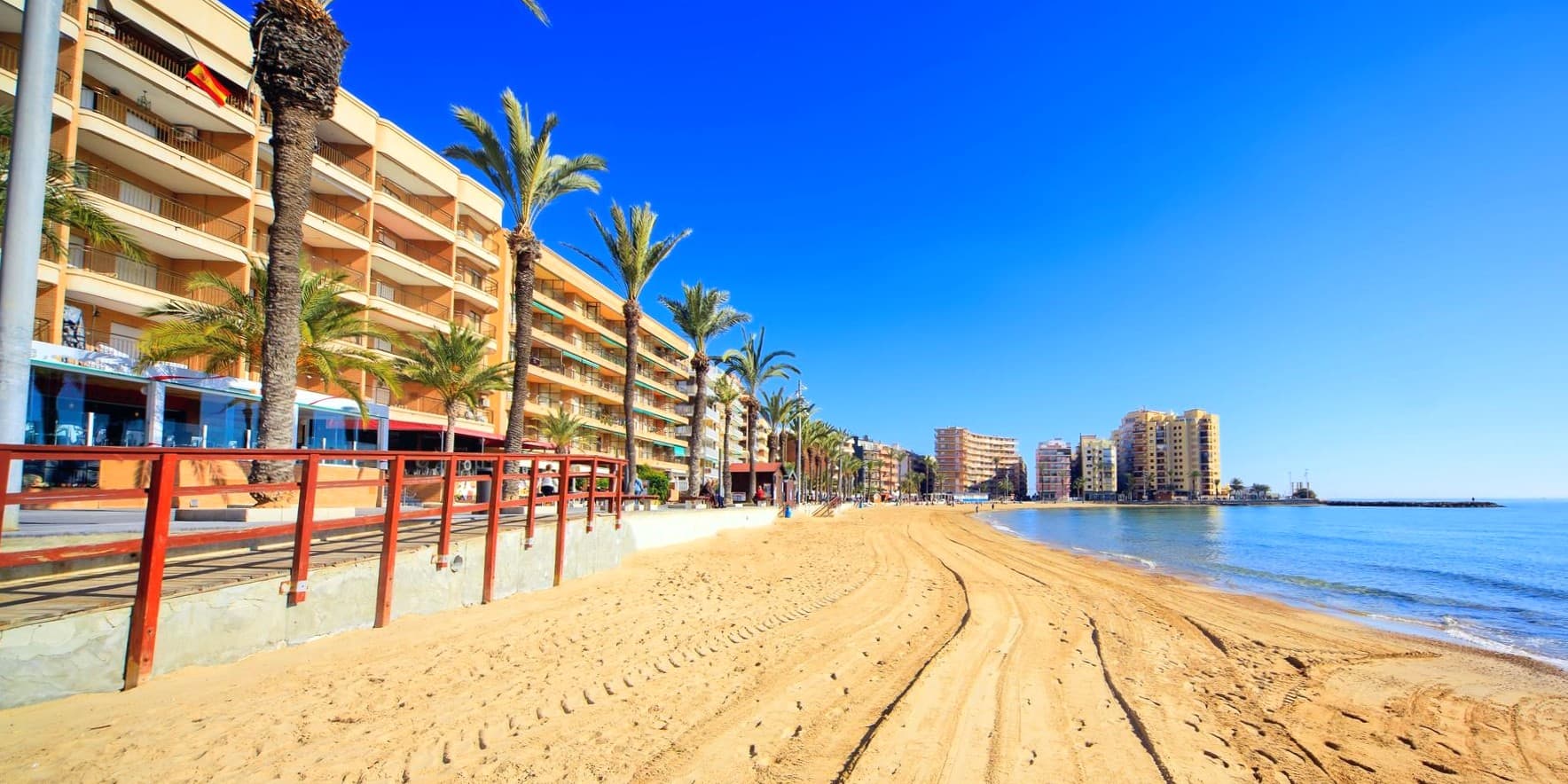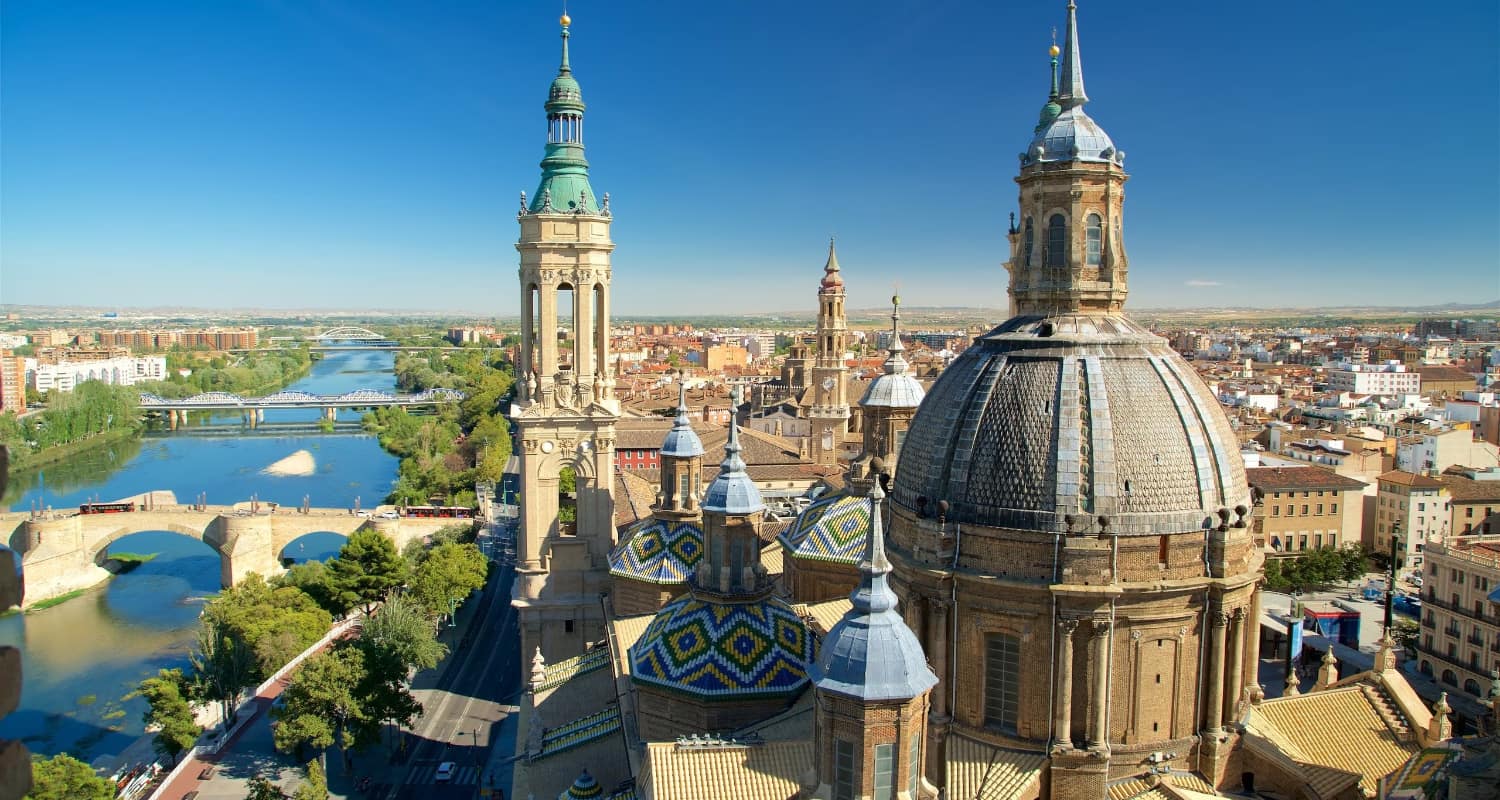Nestled in southeastern Spain, Murcia blends ancient history with modern charm, offering visitors an authentic Spanish experience away from tourist crowds. From the stunning baroque Cathedral to hidden mountain trails, this sun-kissed region promises adventures for every type of traveler.
🏠 Where to Stay in Murcia
- 💎 Luxury Hotel: Grand Hyatt La Manga Club Golf & Spa
- ✨ 5-Star: Ona Mar Menor Golf & Spa
- 🏨 4-Star: Hotel Murcia Rincón de Pepe Affiliated by Meliá
- 🛏️ 3-Star: Hesperia Murcia Centro
- 💸 Cheap: B&B HOTEL Murcia
- 🏢 Apartment: Archybal Apartamentos Turísticos y Suites
- 👨👩👧👦 For Families: Anna Home Centro Murcia
- 🏩 For Couples: Hotel El Churra
Whether you’re sampling fresh tapas in Plaza de las Flores, hiking through El Valle Regional Park, or exploring Roman ruins in Cartagena, Murcia reveals its secrets at a relaxed pace. Let’s discover the essential experiences that make this Mediterranean gem worth exploring, from its vibrant festivals to its pristine beaches.
💁 Best Guided Tours
- Calasparra: Almadenes Canyon Rafting with Caves and Rock Art from € 45 (⭐4.8/5)
- Calasparra: Cueva del Puerto Entry Ticket with Guided Tour from € 15 (⭐4.7/5)
- Calasparra: Almadenes Rafting Day Trip & Visit Two Caves from € 65 (⭐4.9/5)
- Cartagena: Roman Forum Entry Ticket from € 6 (⭐4.6/5)
Top Things to Do in Murcia City
1. Murcia Cathedral
Gothic Grandeur. Standing proudly in Plaza del Cardenal Belluga, Murcia Cathedral captivates with its stunning blend of architectural styles. During my visit, I was immediately struck by its magnificent Baroque façade, which took 15 years to complete between 1736 and 1751. The intricate stonework tells the story of the Virgin Mary through detailed sculptures and reliefs.
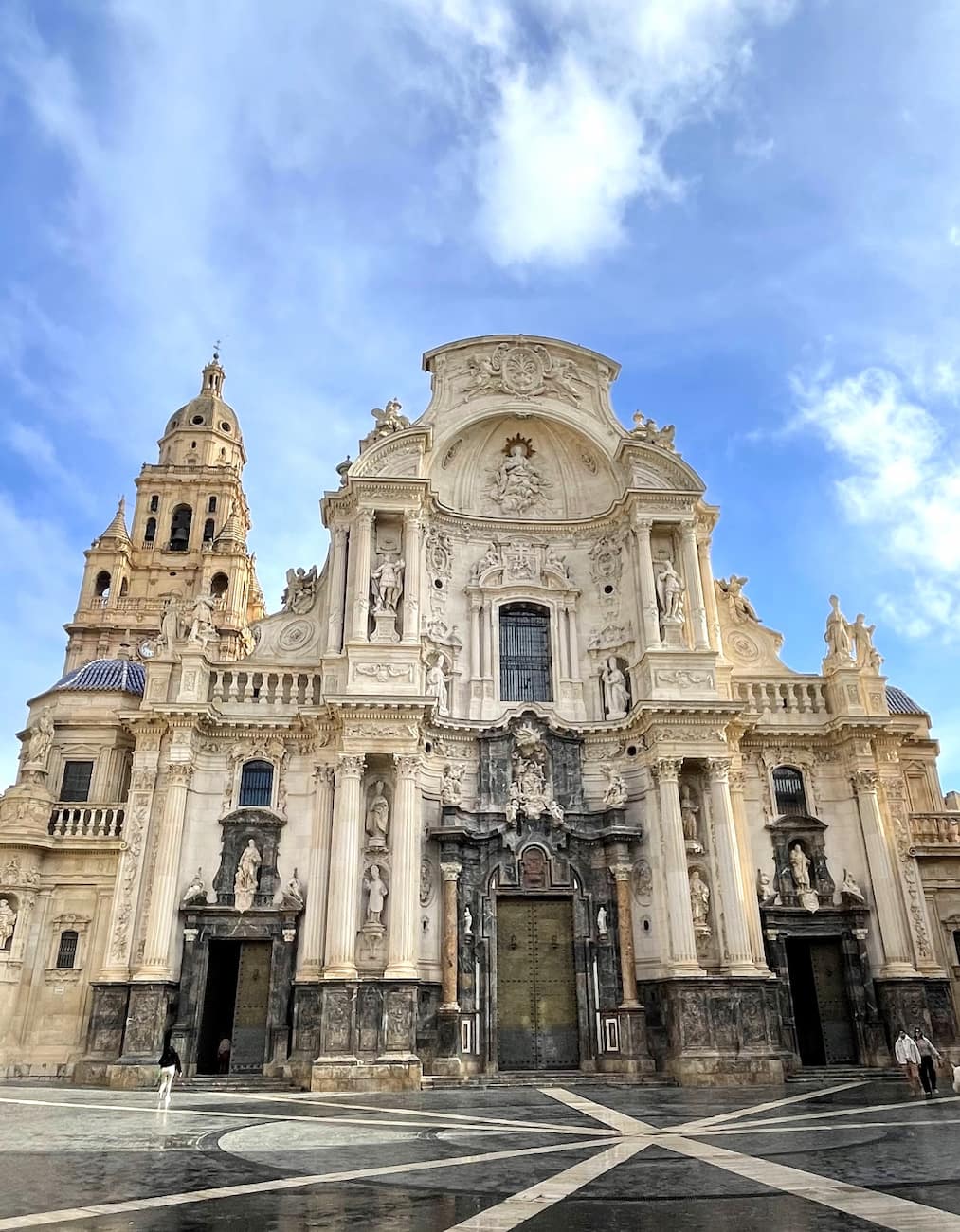
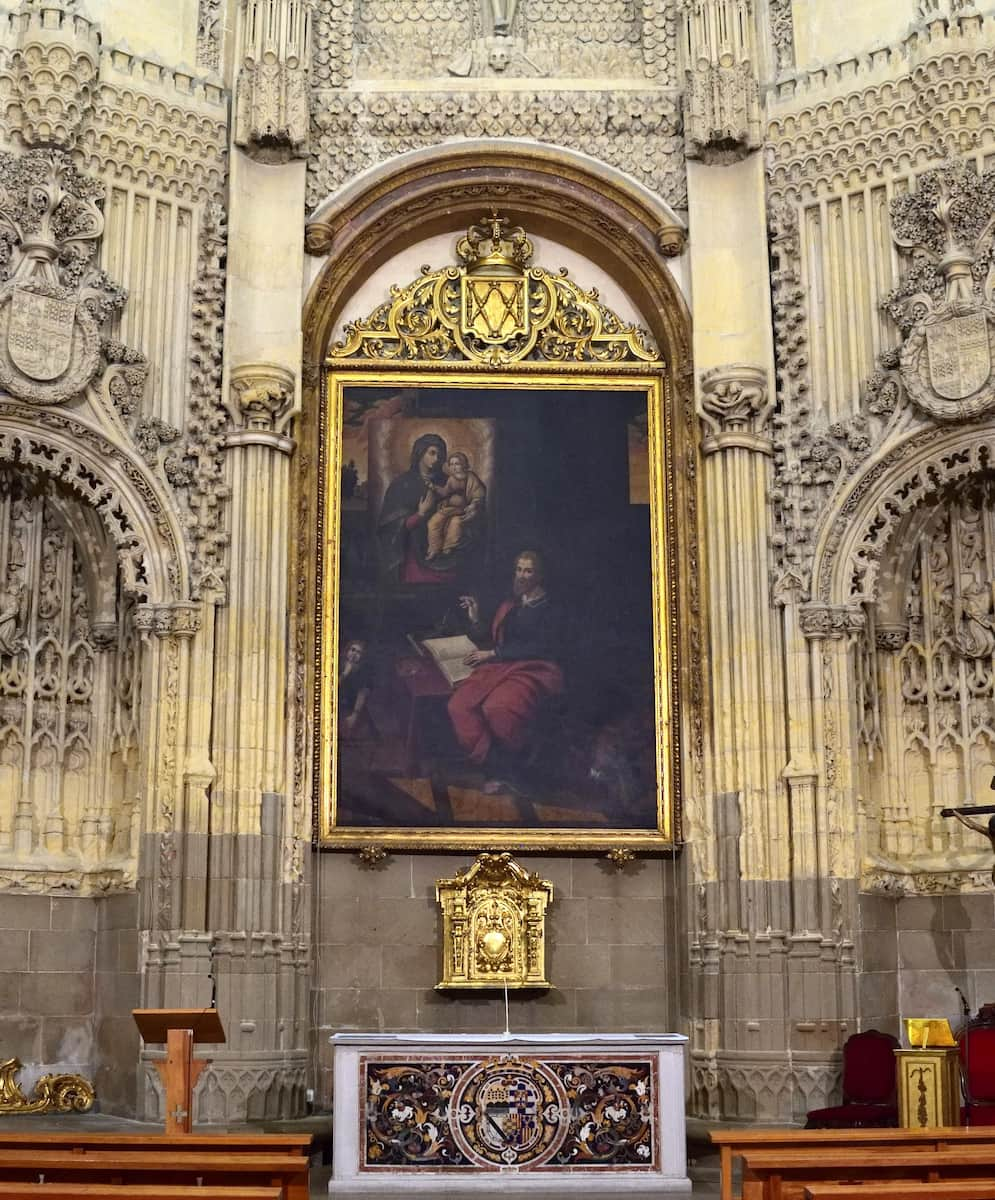
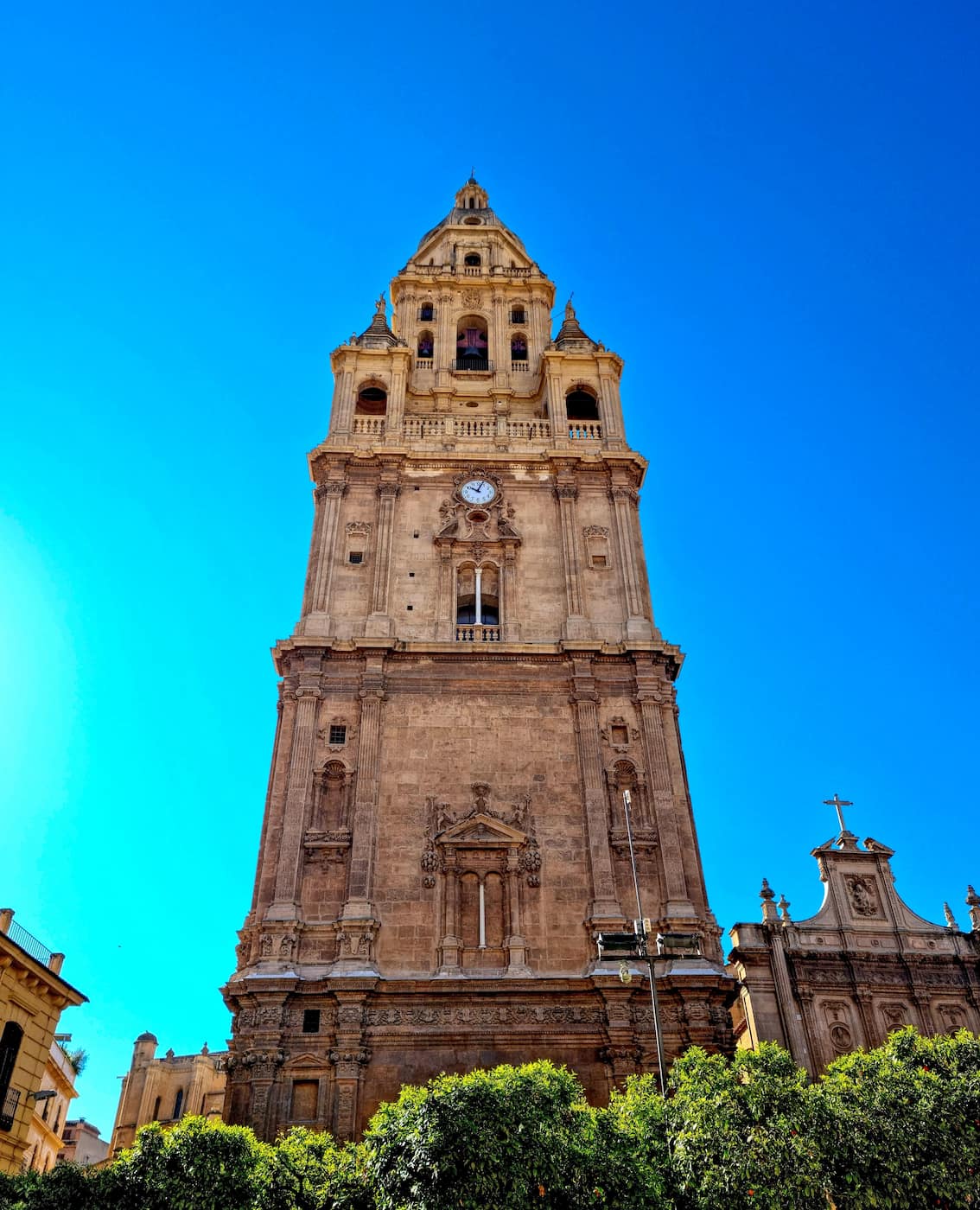
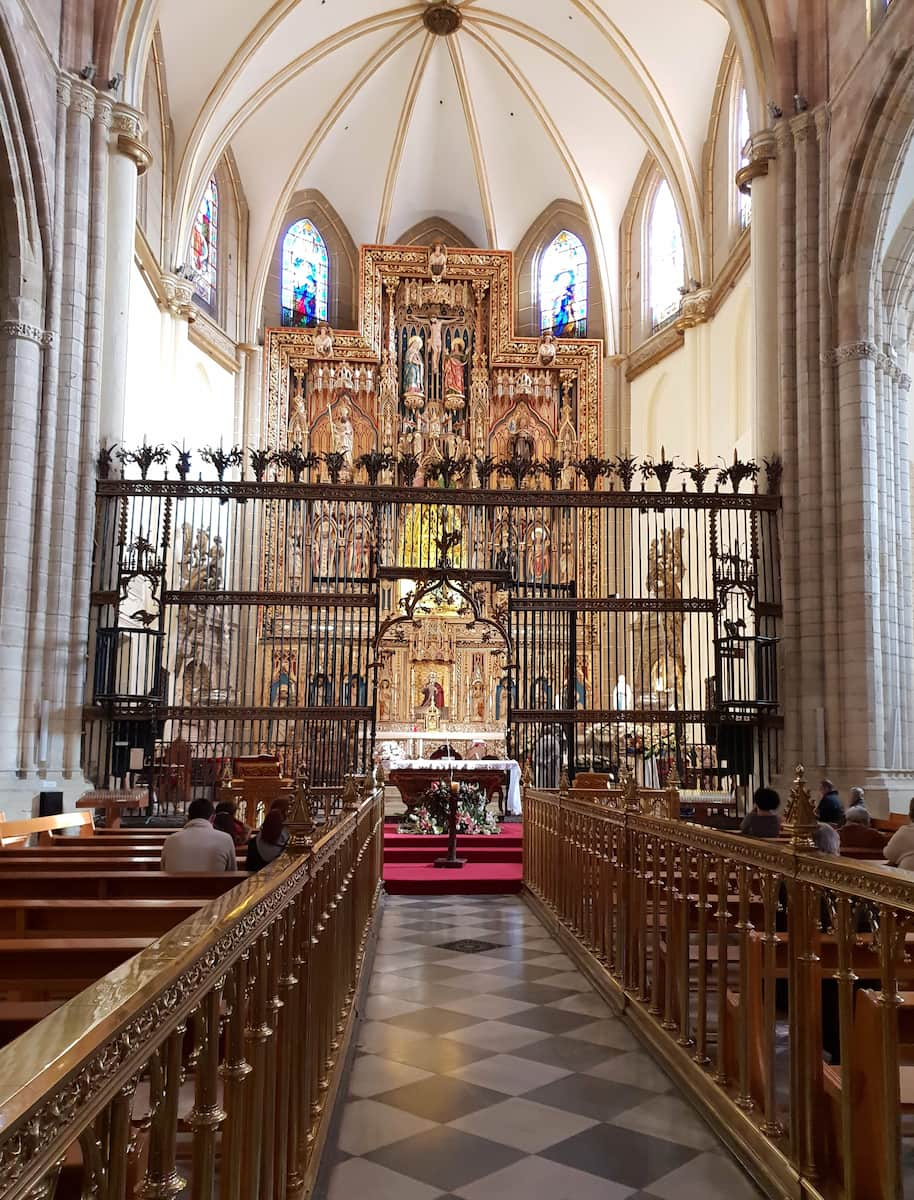
Tower Views. The cathedral’s 90-meter bell tower is a true highlight, ranking as Spain’s second-tallest after Seville’s Giralda. I recommend climbing to the top for panoramic city views – the ‘hall of secrets,’ chapel of spells, and 24 historic bells make the ascent worthwhile.
Sacred Spaces. Inside, the Gothic interior features three naves with an ambulatory. The Vélez Chapel showcases a spectacular ten-pointed starry dome, while the Junterones Chapel represents Renaissance artistry at its finest. The massive Merklin organ with its 4,000 pipes creates an awe-inspiring presence.
| Visitor Information | Details |
|---|---|
| Cathedral Entry | Free |
| Museum & Tower Tour | €5 adult, €3 concessions |
| Opening Hours | 7:00-13:00 & 17:00-20:30 |
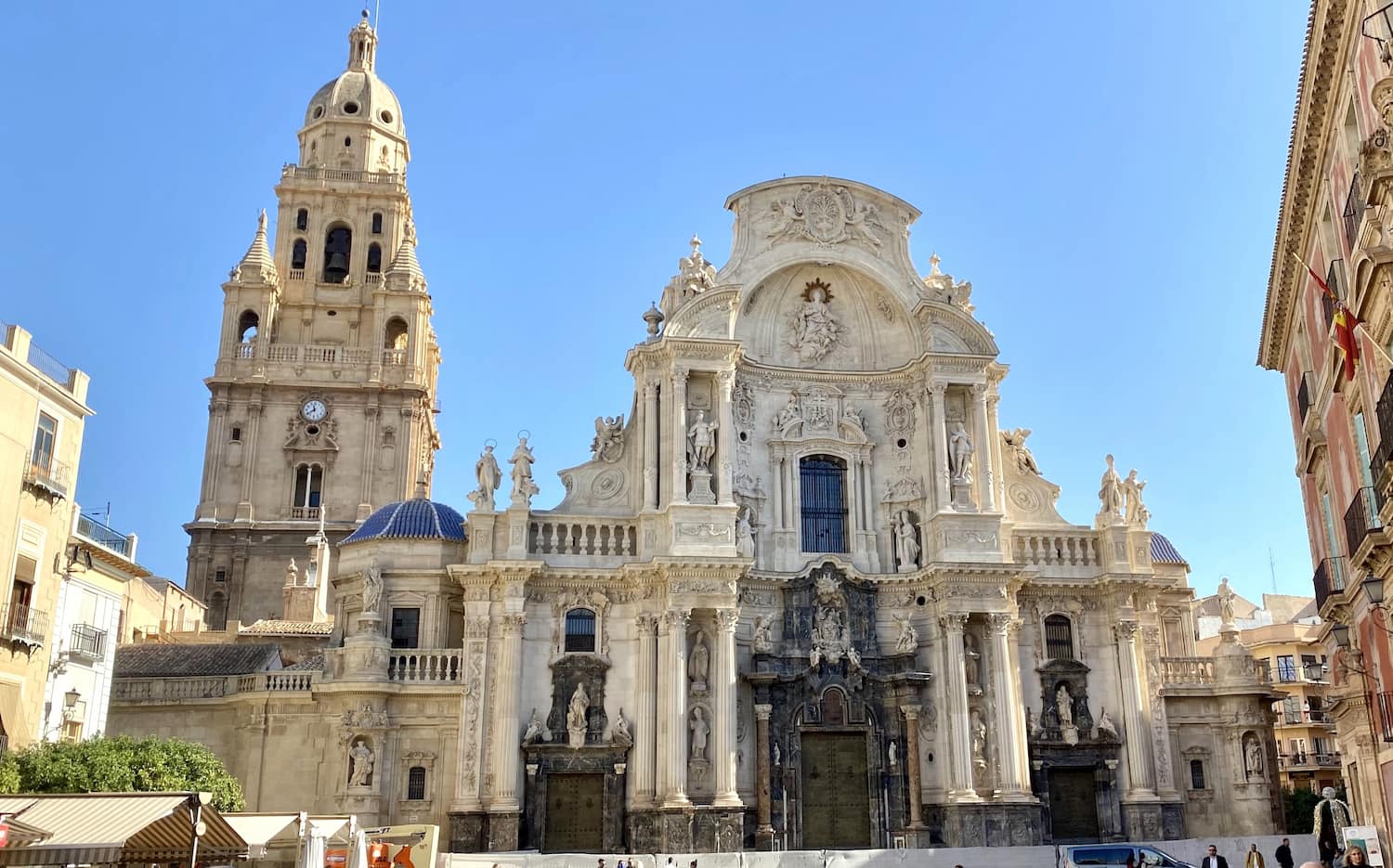
Practical Tips:
- Visit early morning to avoid crowds
- Museum tours include tower access
- Photography allowed except during services
- Book guided tours at the museum entrance
- Allow 2-3 hours for a full visit
Hidden Gem. Through the glass floor in the museum section, you can glimpse foundations of the original mosque that stood here before 1394. The Gothic cloister houses an impressive collection of religious art, including Italian trecento paintings and sculptures by Francisco Salzillo.
⭐ Best tour
- Murcia Private Walking Tour – Visit the Gothic-Baroque Murcia Cathedral, built in the 15th century, and the glamorous Real Casino de Murcia. Enjoyed personalized attention from you guide and ask all the questions you like.
2. Plaza del Cardenal Belluga
Architectural Marvel. Plaza del Cardenal Belluga is where I discovered Murcia’s artistic soul. The square is dominated by the magnificent Episcopal Palace, whose rococo façade seems to dance with light throughout the day. Its pink and gray marble columns create an almost theatrical backdrop against the azure Spanish sky.
Local Life. The plaza pulses with energy from sunrise to sunset. I found my favorite morning spot at Café Cardinal, where locals gather for ‘café con leche’ (€1.50) and fresh ‘pastel de carne’ – Murcia’s traditional meat pie. The square’s atmosphere transforms as evening approaches, with street musicians adding to the ambiance.
| Plaza Cafes | Average Prices |
|---|---|
| Coffee & Pastry | €3-5 |
| Lunch Menu | €12-15 |
| Evening Tapas | €15-20 |
3. Real Casino de Murcia
Historic Elegance. This 19th-century social club took my breath away with its eclectic mix of styles. The Arabic courtyard, inspired by the Alhambra, features intricate geometric patterns and a stunning glass ceiling. Entry costs €5, and it’s worth every cent.
Cultural Heritage. The ballroom’s crystal chandeliers and gilded mirrors transport visitors to a bygone era. During my visit, I learned that members still gather here for cultural events and discussions, maintaining a tradition that spans over 170 years.
Insider Tips:
- Visit between 10:30-11:30 for the best natural lighting photos
- English audio guides available (€3 extra)
- Free entry on first Sunday of each month
⭐ Best tour
- Murcia - Guided Walking Tour – Wander through the beautiful streets of Murcia, boasting the 18th-century Bridge, the Murcia Cathedral with the second-highest church tower in Spain, & most notably the vibrant Veronicas Food Market.
4. Floridablanca Gardens
Green Oasis. As Spain’s first public garden, Floridablanca offers a refreshing escape from Murcia’s summer heat. I spent hours exploring its centuries-old ficus trees, whose massive canopies create natural tunnels perfect for peaceful walks.
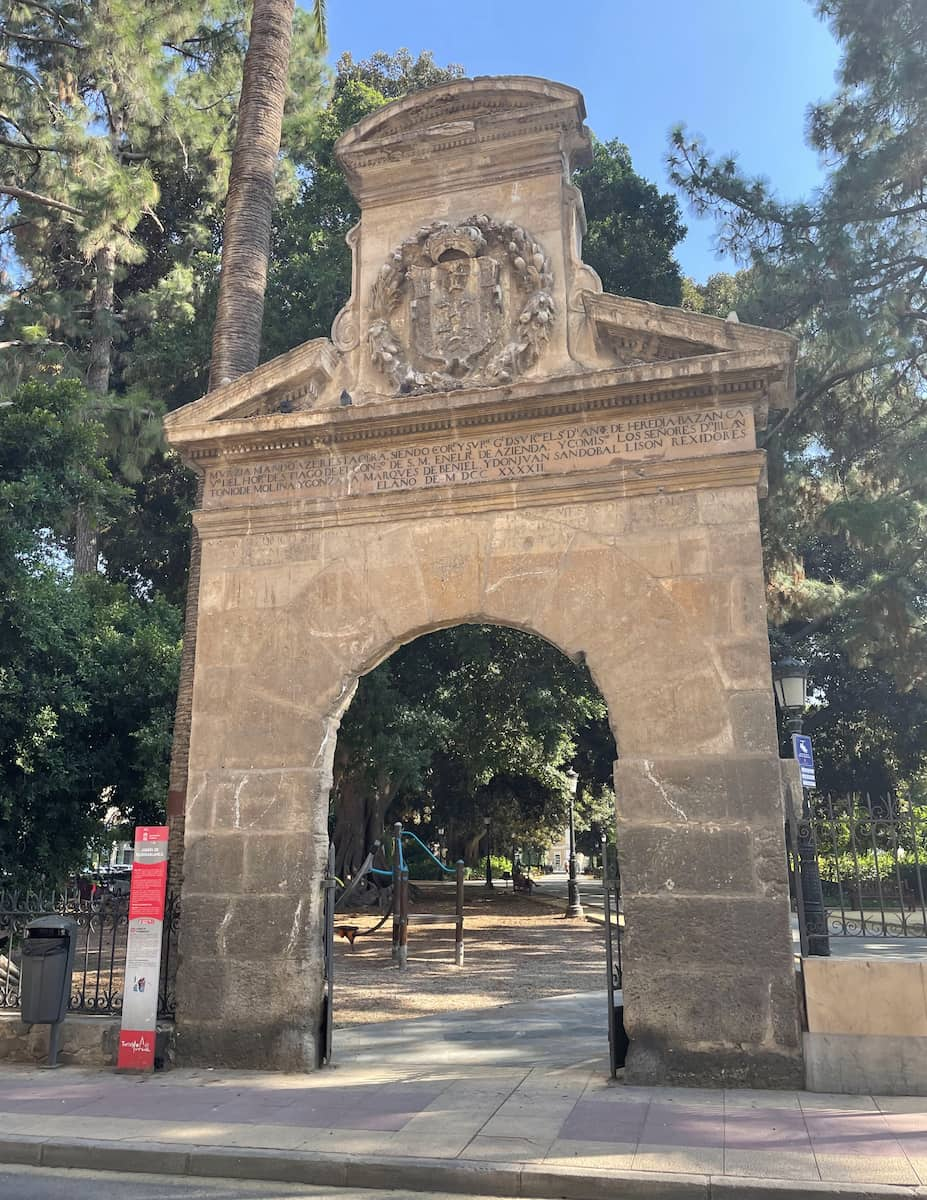
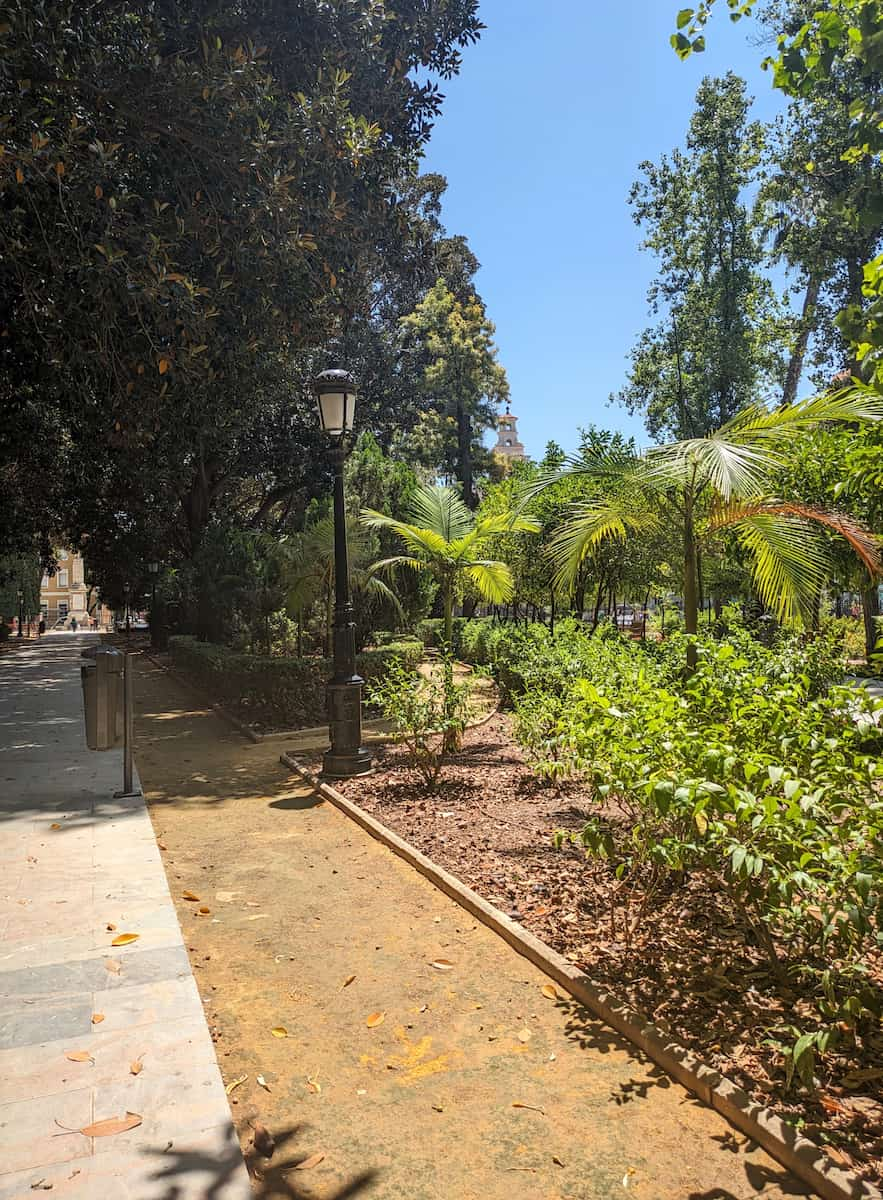
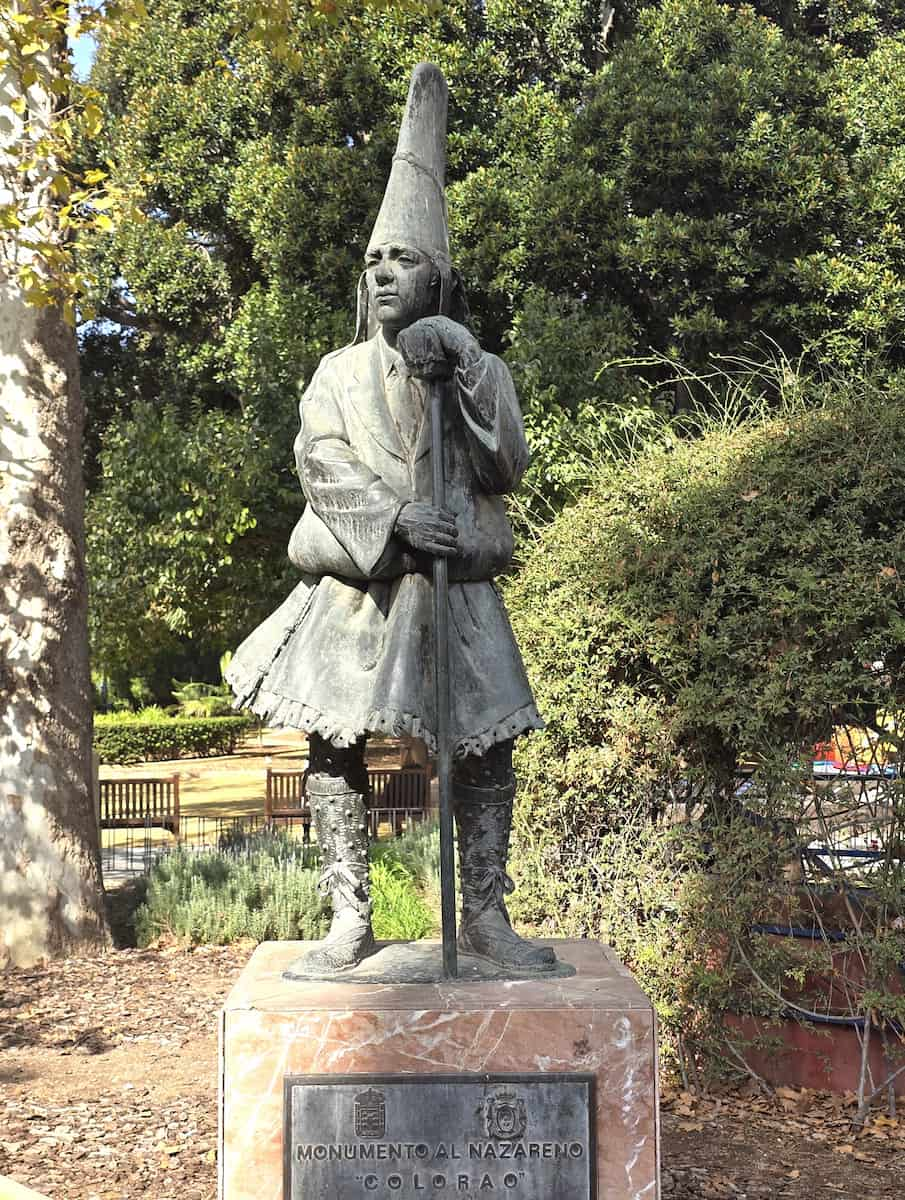
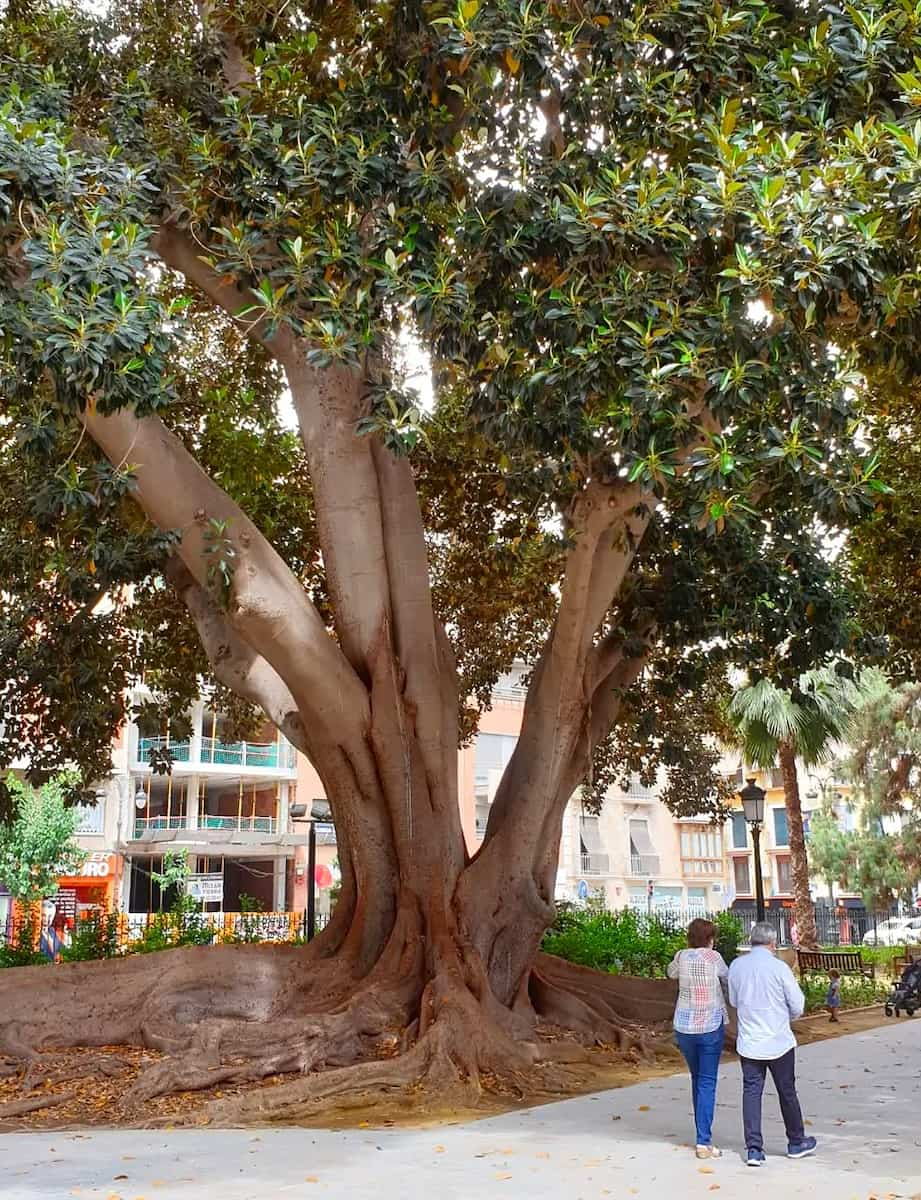
Historical Legacy. Named after Count Floridablanca, these gardens showcase remarkable botanical specimens. The star attraction is the 200-year-old ficus tree, whose sprawling branches have witnessed generations of Murcian life.
Urban Paradise. The garden’s design brilliantly combines formal European layouts with Mediterranean flora. I discovered charming corners featuring traditional ceramic benches, where elderly locals gather for animated chess matches and families enjoy weekend picnics.
| Garden Features | Best Time to Visit |
|---|---|
| Ancient Trees | Early Morning |
| Children’s Area | Late Afternoon |
| Exercise Zone | Evening |
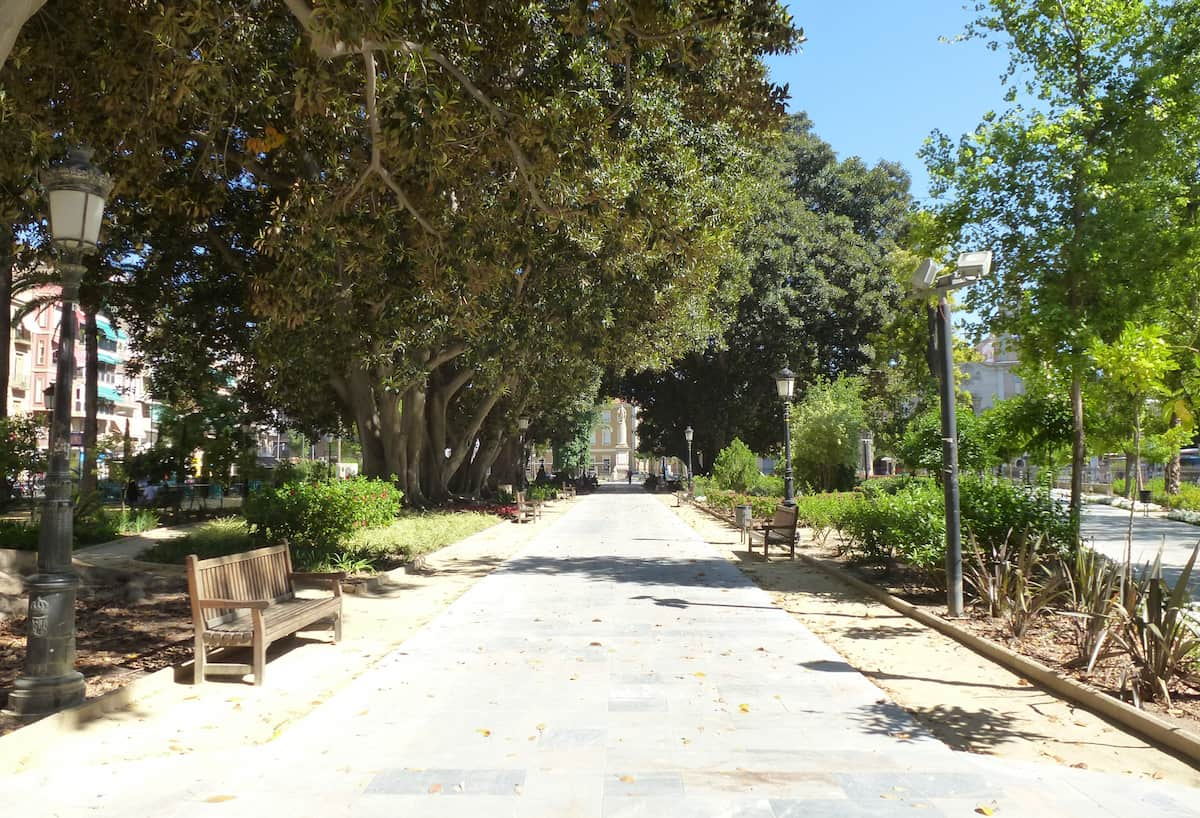
Practical Notes:
- Open daily from sunrise to sunset
- Free entrance
- Water fountains available
- Regular cultural events in summer
- Accessible for wheelchairs and strollers
⭐ Best tour
- Murcia Private Historic Walking Tour – Visit the quaint Flower Square which is historically the most-loved meeting point in Murcia, the ruins of the 12th-century Hispano-Muslim city walls, and most notably the vibrant Veronicas Food Market.
Historical Excursions in Cartagena
1. Roman Theatre Museum
Ancient Marvel. Dating back to 5-1 BCE, this magnificent amphitheater stands as one of the most beautiful archaeological sites in Spain. Built during Emperor Augustus’s reign, the theatre could accommodate 6,000 spectators, making it a main attraction of ancient Carthago Nova.
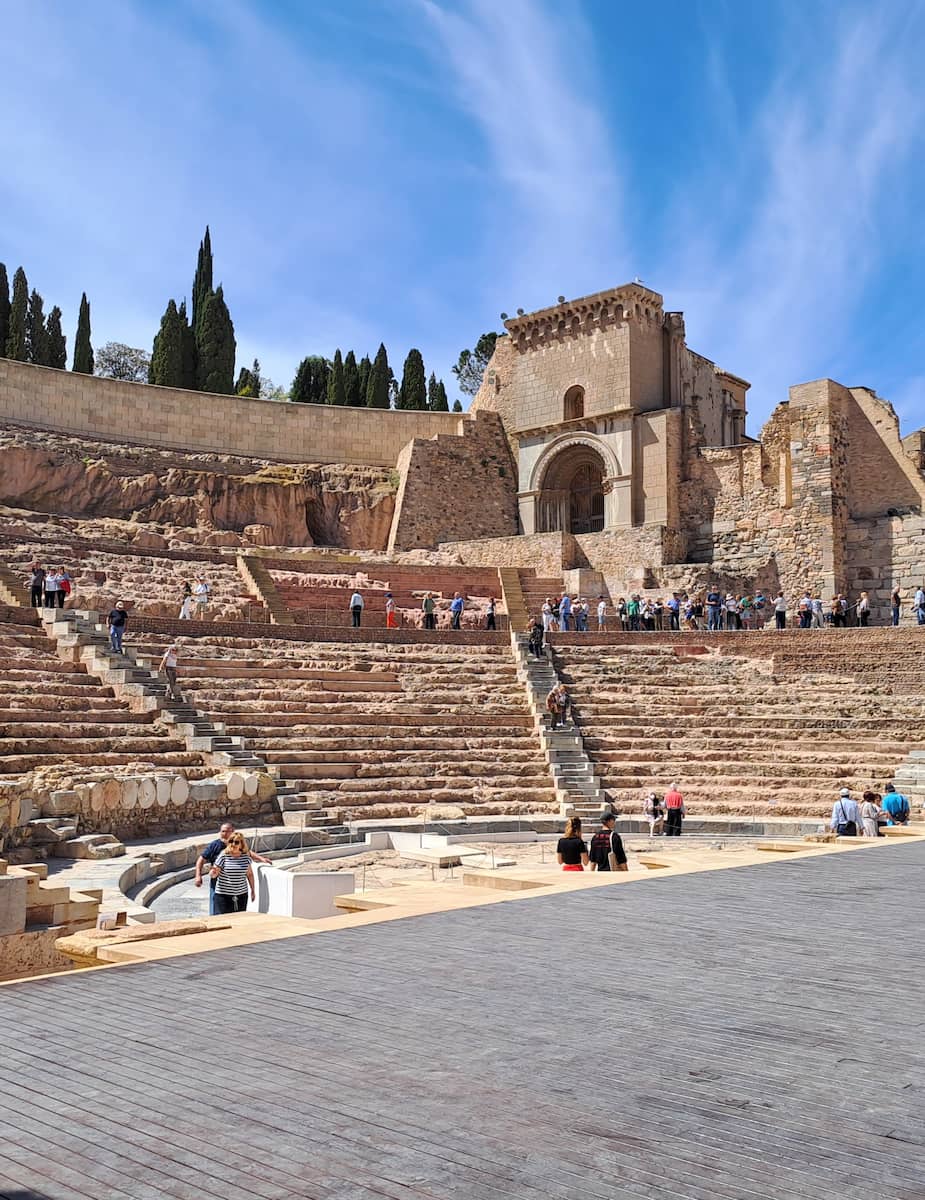
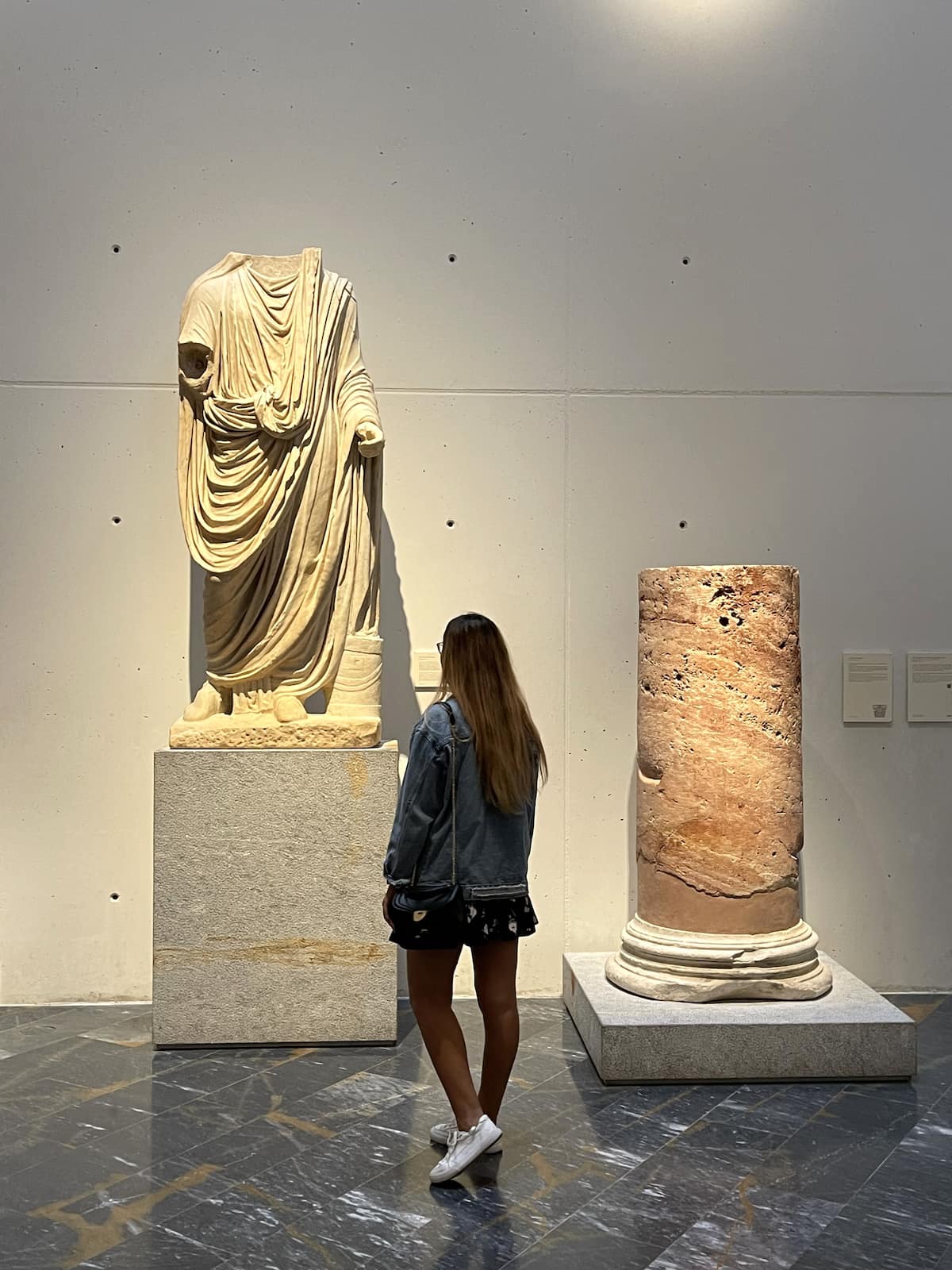
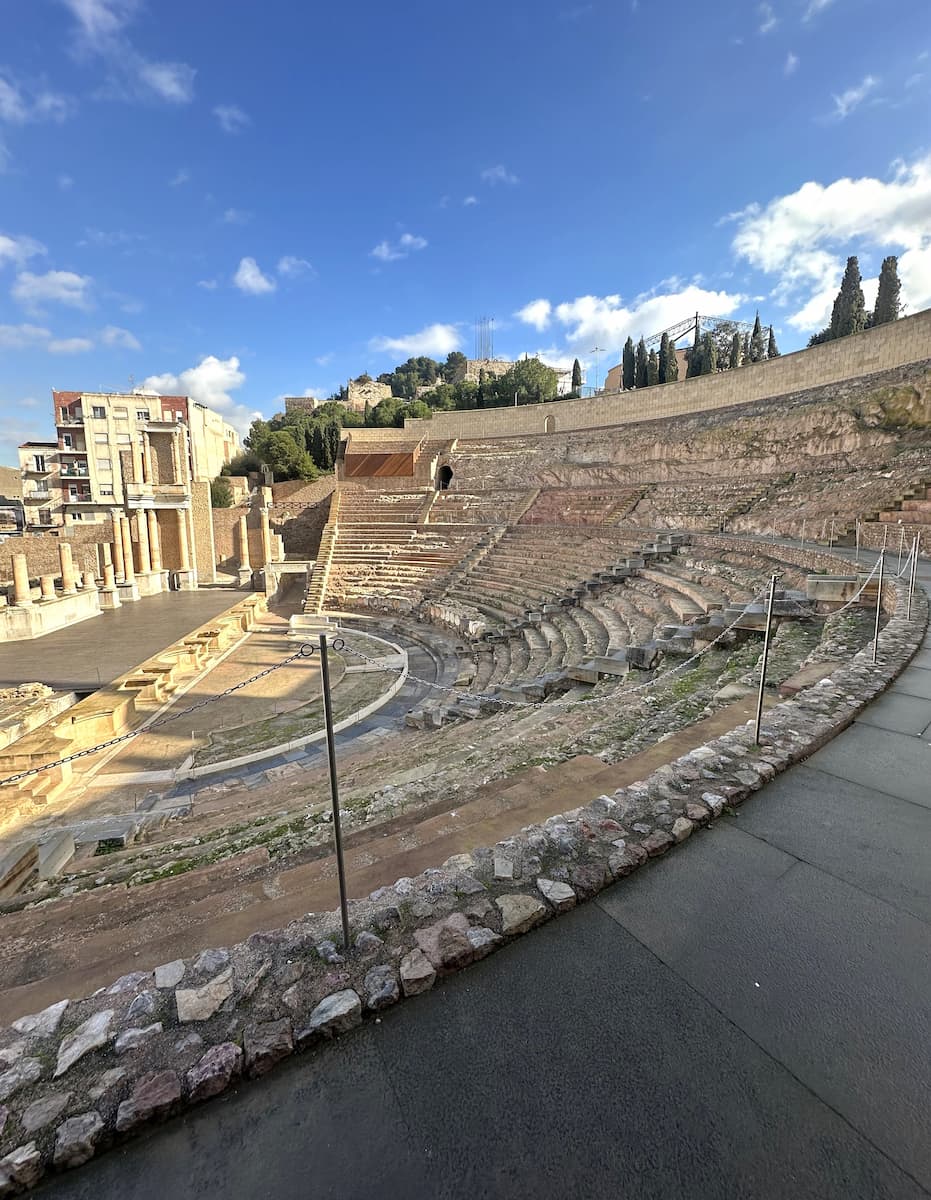
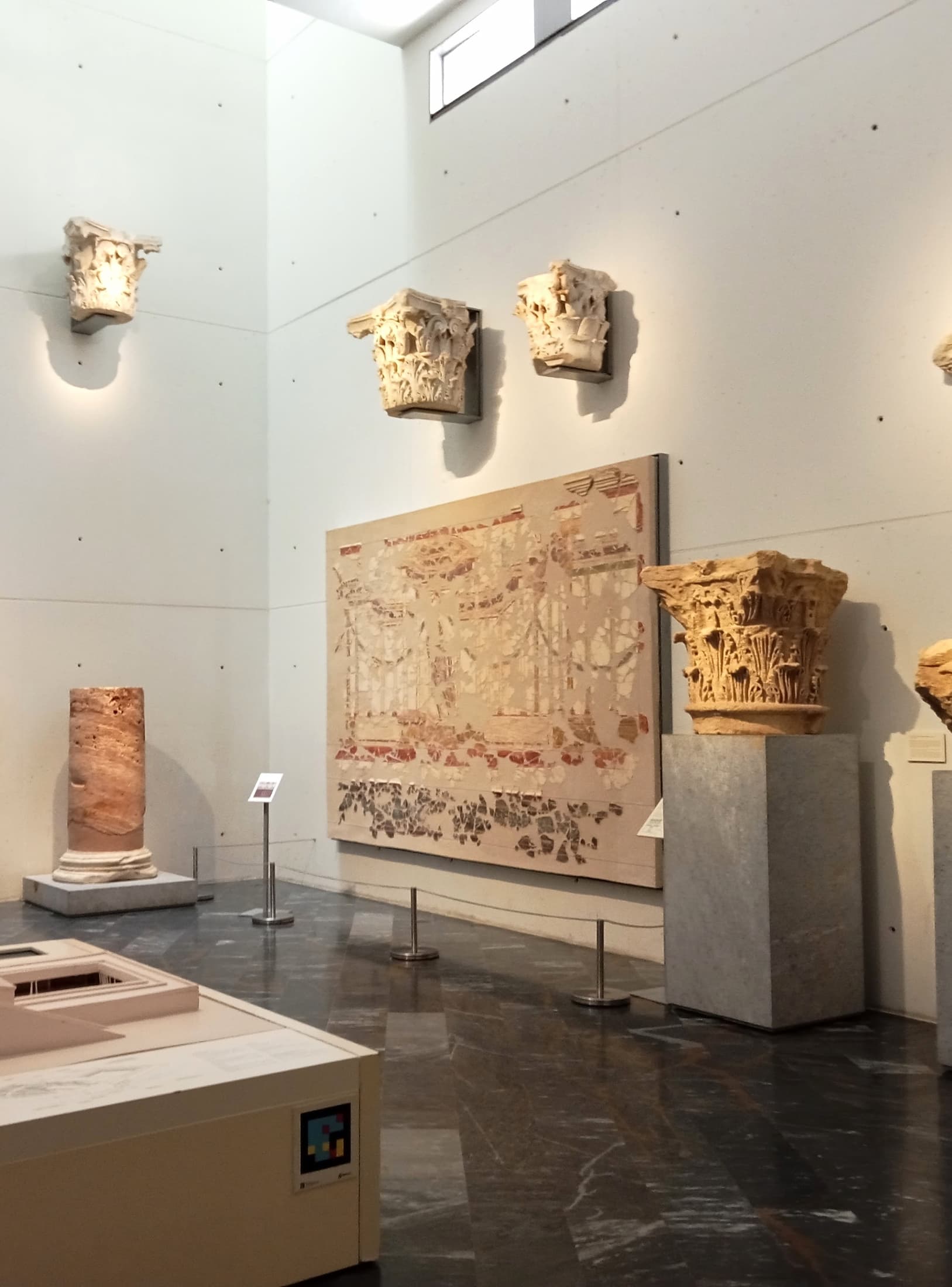
Hidden History. The theatre remained lost to memory until its unexpected discovery in 1988. History buffs will appreciate how this landmark in the city lay buried beneath several layers of history, including a medieval cathedral and structures from the Spanish Civil War.
| Theatre Features | Details |
|---|---|
| Construction Period | 5-1 BCE |
| Capacity | 6,000-7,000 spectators |
| Stage Length | 43 meters |
| Materials | Pink travertine, Carrara marble |
⭐ Best tour
- Roman Theatre Museum Entry Ticket – Visit one of the largest Ancient Roman theaters in Spain with this ticket in Cartagena. Explore a unique museum that was designed by Rafael Moneo, featuring archaeological finds from the Roman period.
2. Calle Mayor
Architectural Splendor. You’ll find an enchanting mix of architectural styles along this bustling pedestrian street in Cartagena’s city centre. The street’s distinctive blue marble tiles lead visitors past some of the region’s finest Modernista buildings, especially if you’re interested in Art Nouveau architecture.
Cultural Heritage. The street showcases landmarks like Casa Cervantes (1897-1900), the Grand Hotel (1916), and the Casino de Cartagena, a private gentleman’s club that’s still in business. You’ll also discover elegant boutiques and Mediterranean cafes lining this busy city thoroughfare.
3. Castillo de la Concepción
Historical Legacy. Perched atop one of the highest points in the city, this Moorish fortress offers absolutely beautiful views of the Mediterranean Sea and the enchanted city of Bolnuevo. The castle got its name from its location where a Roman temple once stood, dedicated to Asclepius.
Modern Access. You’ll definitely want to experience the 45-meter panoramic glass elevator, worth a visit for the views alone. From this vantage point, you can explore the region’s rich history while enjoying one of the best views of the city’s landmarks, including:
- The Roman Theatre
- The Naval Port
- The Mar Menor coastline
Practical Tips:
- Visit the interpretation center to learn about the tomb of King Alfonso X
- Combined tickets available for the elevator and castle entrance
- Open daily from 10:00-20:00 in summer
- Entry fee: €4 (general admission), €3 (reduced)
⭐ Best tour
- Cartagena: Panoramic Lift to Conception Castle Ticket – Experience breathtaking views of Cartagena from the top of the hill with this ticket to the panoramic lift.
Natural Wonders in Murcia Region
1. Ricote Valley
Natural Paradise. Valle de Ricote, often called the ‘forgotten valley,’ represents one of the most beautiful corners of the Region of Murcia. I discovered a landscape where dramatic cliffs meet lush orchards, creating an unexpected oasis in southeastern Spain.
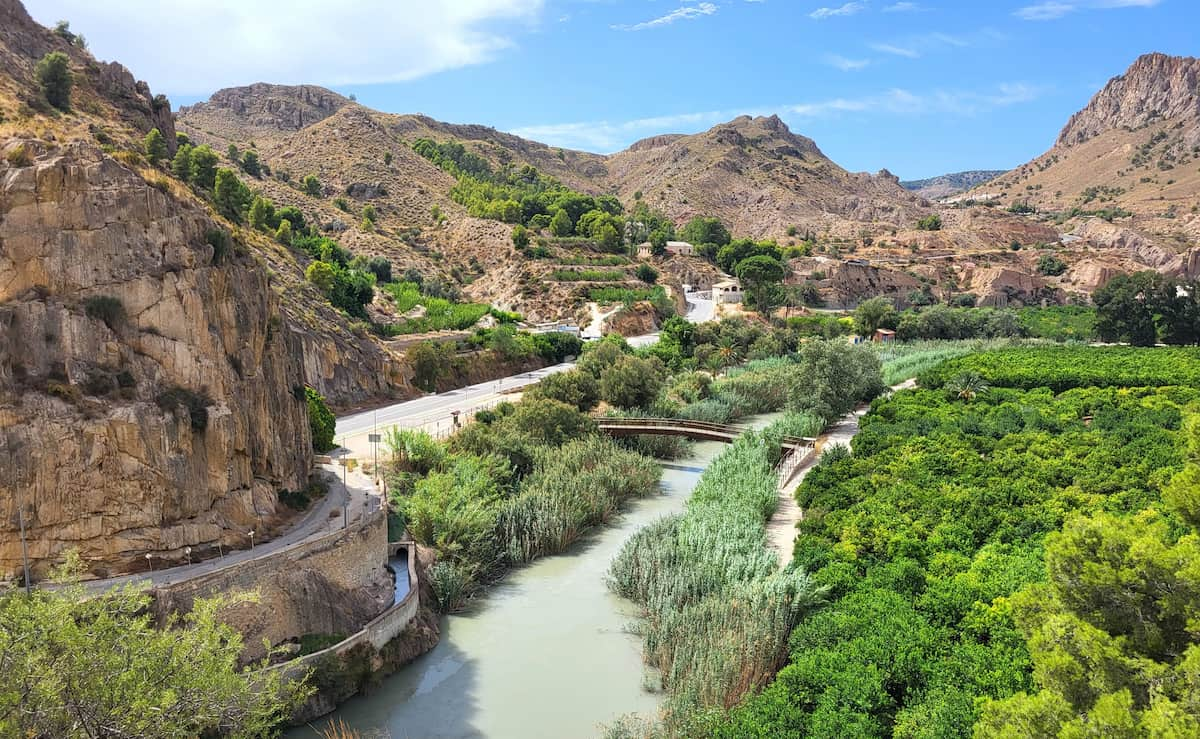
Adventure Haven. The valley offers some of the best hiking opportunities I’ve encountered in the Mediterranean. The GR 127 trail connects ancient Moorish settlements, while cycling routes wind through almond and citrus groves. You’ll find:
| Activity | Difficulty Level | Best Season |
|---|---|---|
| Hiking | Easy to Advanced | Oct-May |
| Mountain Biking | Moderate | Spring/Fall |
| River Kayaking | Beginner | Year-round |
Cultural Heritage. The valley’s seven historic villages – Abarán, Blanca, Ojós, Ulea, Villanueva, Archena, and Ricote – each tell a unique story dating back to Moorish times. I particularly enjoyed exploring the narrow streets of Blanca, where traditional architecture meets modern street art.
2. Salto del Usero
Hidden Gem. This natural swimming hole near Bullas absolutely took my breath away. The waterfall cascades into a crystal-clear pool, carved into limestone over millennia. It’s definitely one of the region’s best-kept secrets.
Practical Experience. During my visit, I learned that the best time to go is early morning, especially if you’re planning to photograph the falls. The water temperature stays refreshingly cool even during the hottest summer days.
Local Tips:
- Bring water shoes for rocky terrain
- Swimming possible from June to September
- No facilities available – come prepared
3. San Pedro del Pinatar Nature Reserve
Natural Wonder. Stretching along the Mediterranean Sea and Mar Menor, this protected area offers one of the most beautiful coastal experiences in the Region of Murcia. The reserve features salt flats that have been in use since Roman times.
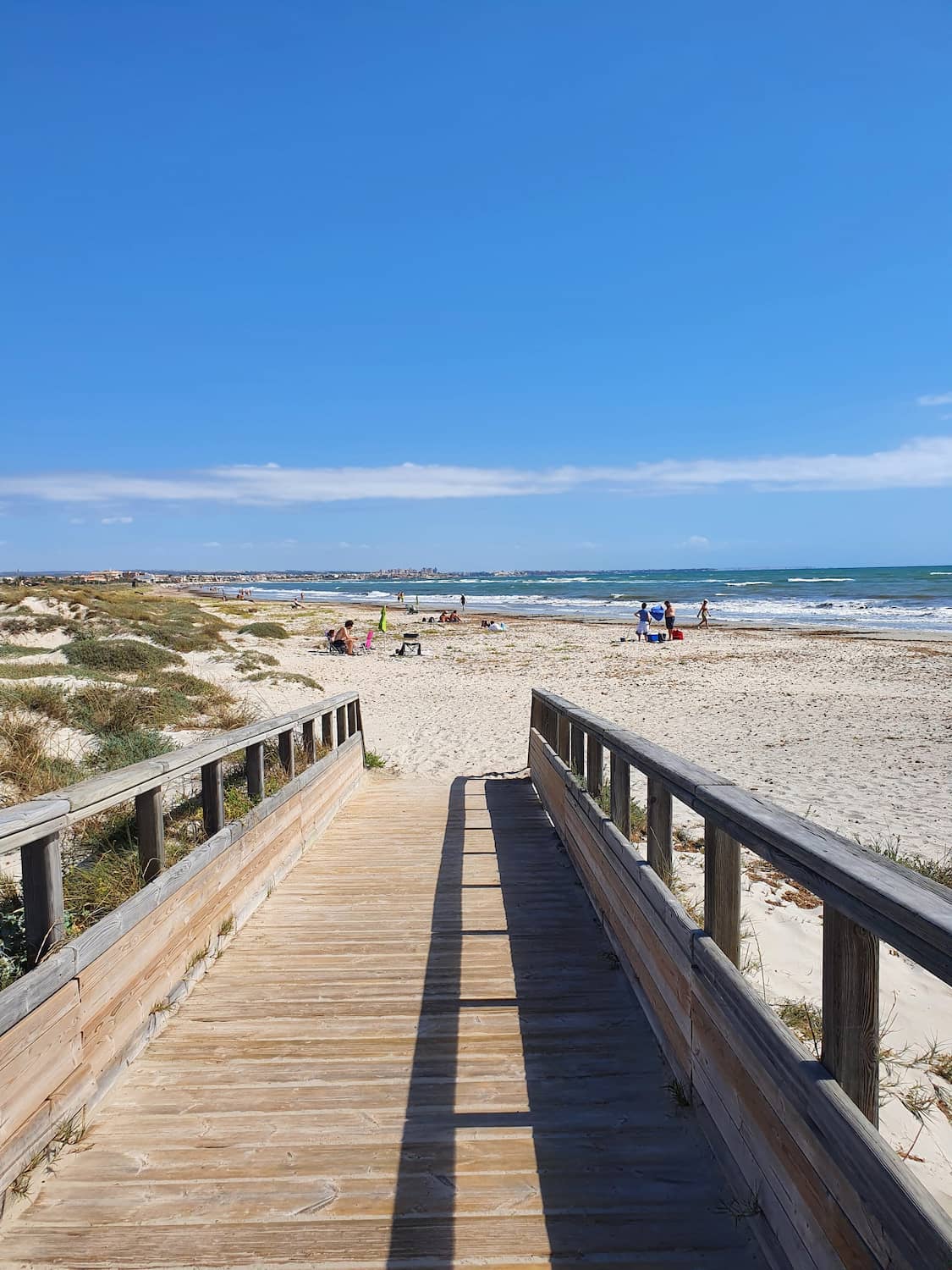
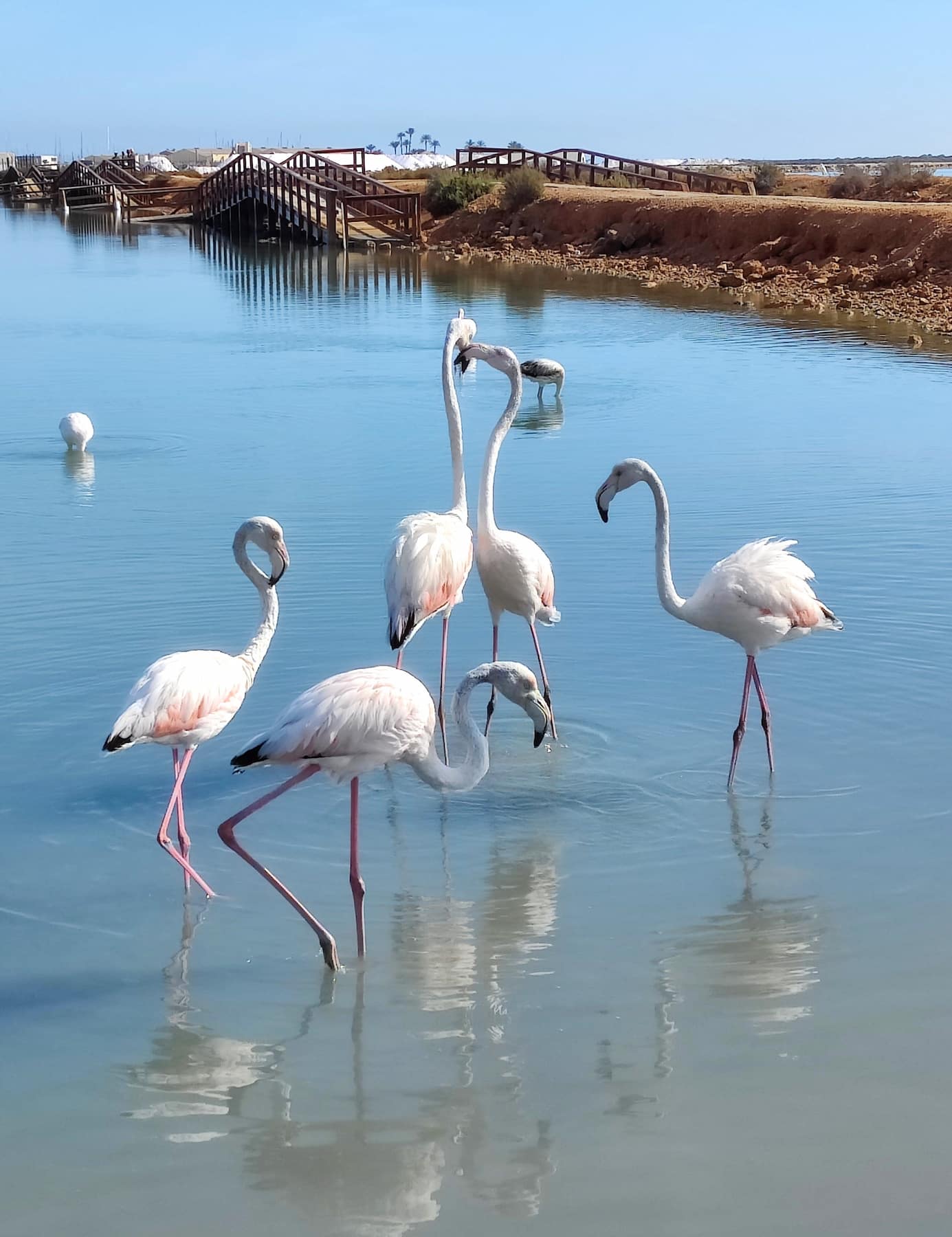
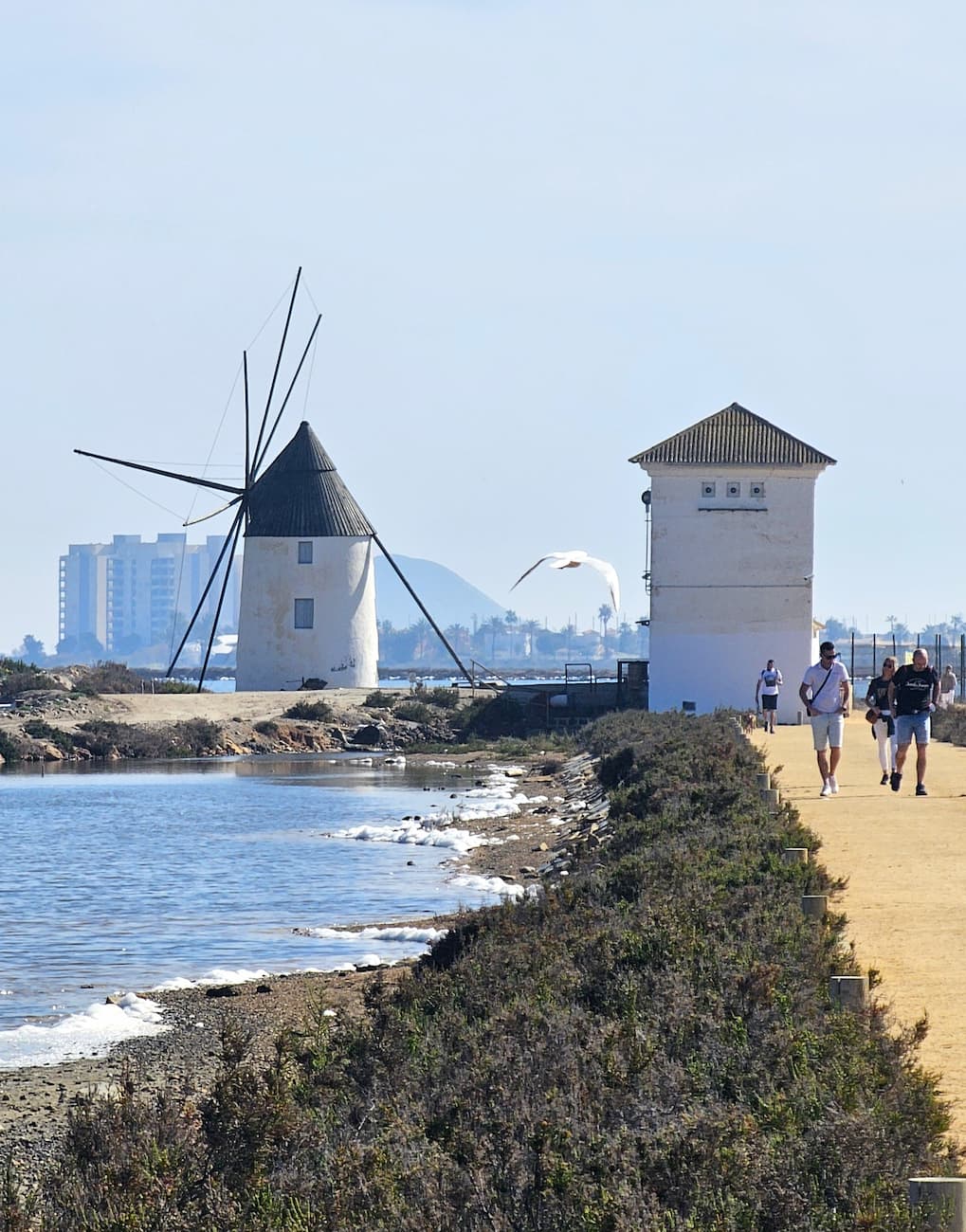
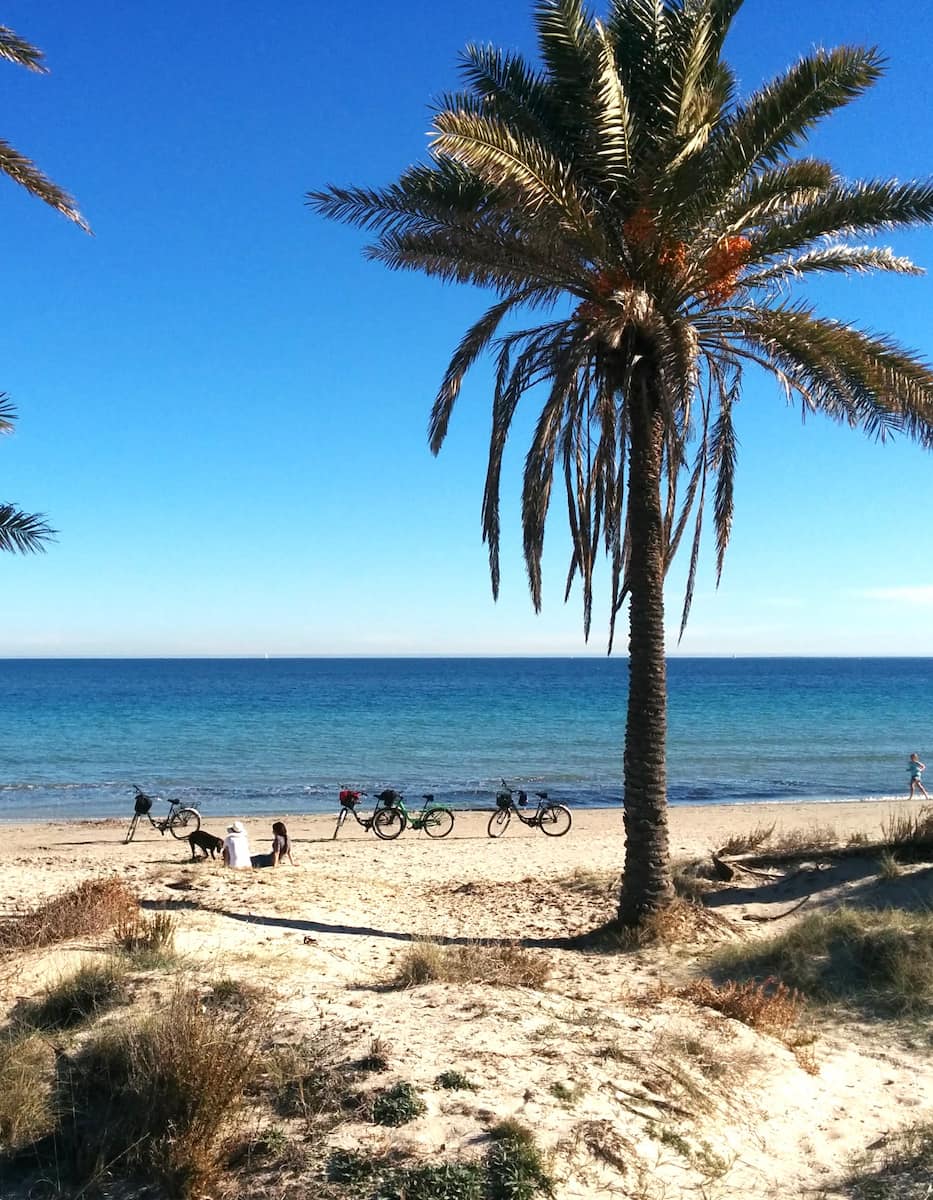
Wellness Paradise. The famous mud baths, known locally as ‘Las Charcas,’ are absolutely worth trying. I covered myself in mineral-rich mud, following a tradition that dates back centuries. The experience is both therapeutic and fun.
| Wildlife Highlights | Best Viewing Time |
|---|---|
| Flamingos | Dawn/Dusk |
| Avocets | Year-round |
| Black-winged Stilts | Spring |
| Slender-billed Gulls | Summer |
Outdoor Activities:
- Bird watching along wooden boardwalks
- Cycling on designated paths
- Traditional salt harvesting demonstrations
- Therapeutic mud bath treatments
- Swimming in Mar Menor’s warm waters
Unique Experiences
1. Spelunking in Cueva del Puerto
Underground Adventure. Located in Calasparra, Cueva del Puerto offers an extraordinary network of caves spanning nearly 5 kilometers, with 700 meters accessible to visitors. The cave system descends 50 meters underground, featuring spectacular limestone formations and illuminated walkways.
Tour Options. Two main experiences are available:
- Standard Tour (€9): 1-hour guided exploration with audio-visual shows and LED lighting
- Adventure Tour (€50): 3.5-hour spelunking experience with abseiling and climbing, including lunch
Practical Experience. The well-lit paths and bridges make basic tours accessible for most visitors, though one bridge spans 20 meters above the cave floor. Professional guides provide detailed geology explanations in both Spanish and English.
⭐ Best tour
- Calasparra: Cueva del Puerto Entry Ticket with Guided Tour – Discover the underground wonders of Cueva del Puerto with a guided tour through this limestone cave system.
2. Mining Park of La Unión
Historical Significance. The Mining Park showcases La Unión’s rich mining heritage spanning over 3,000 years. The area was crucial for silver and lead production during the Roman Republic, and mining continued until its final closure in 1991.
Cultural Heritage. Key attractions include:
- Agrupa Vicenta Mine: 4,000 square meters of underground galleries
- Historic industrial structures: headframes, chimneys, and calcination furnaces
- Archaeological remains from Roman times
- Modernist architecture from the mining boom era
Mining Legacy. The park preserves the story of generations of miners who worked these deposits, offering visitors insight into the evolution of mining techniques from Roman times through the industrial revolution.
3. Wine Tasting in Jumilla
Wine Region. Jumilla boasts over 3,000 hectares of vineyards, specializing in Monastrell grapes that thrive in the region’s hot, dry climate. The area produces rich, full-bodied wines with unique terroir characteristics.
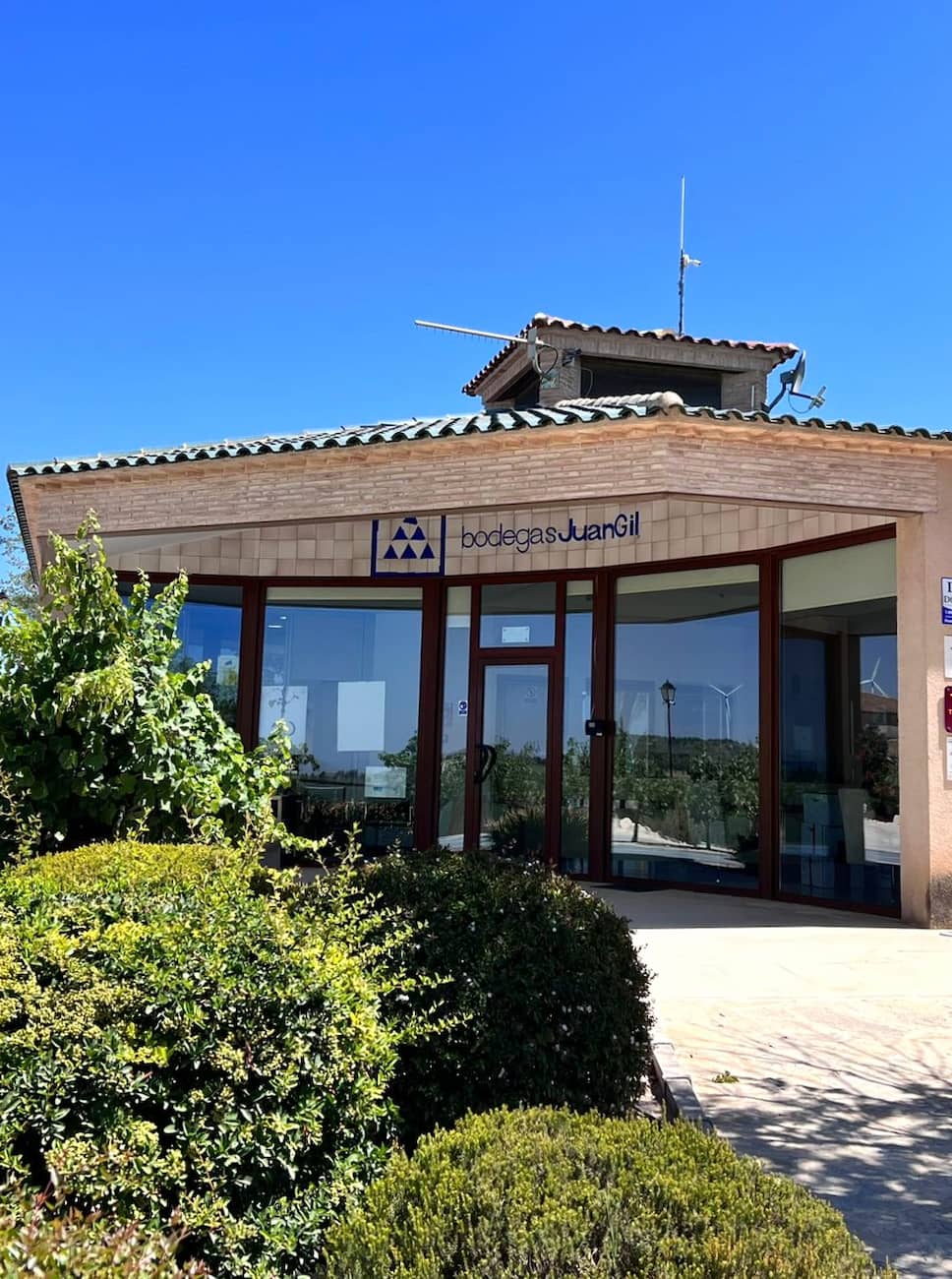
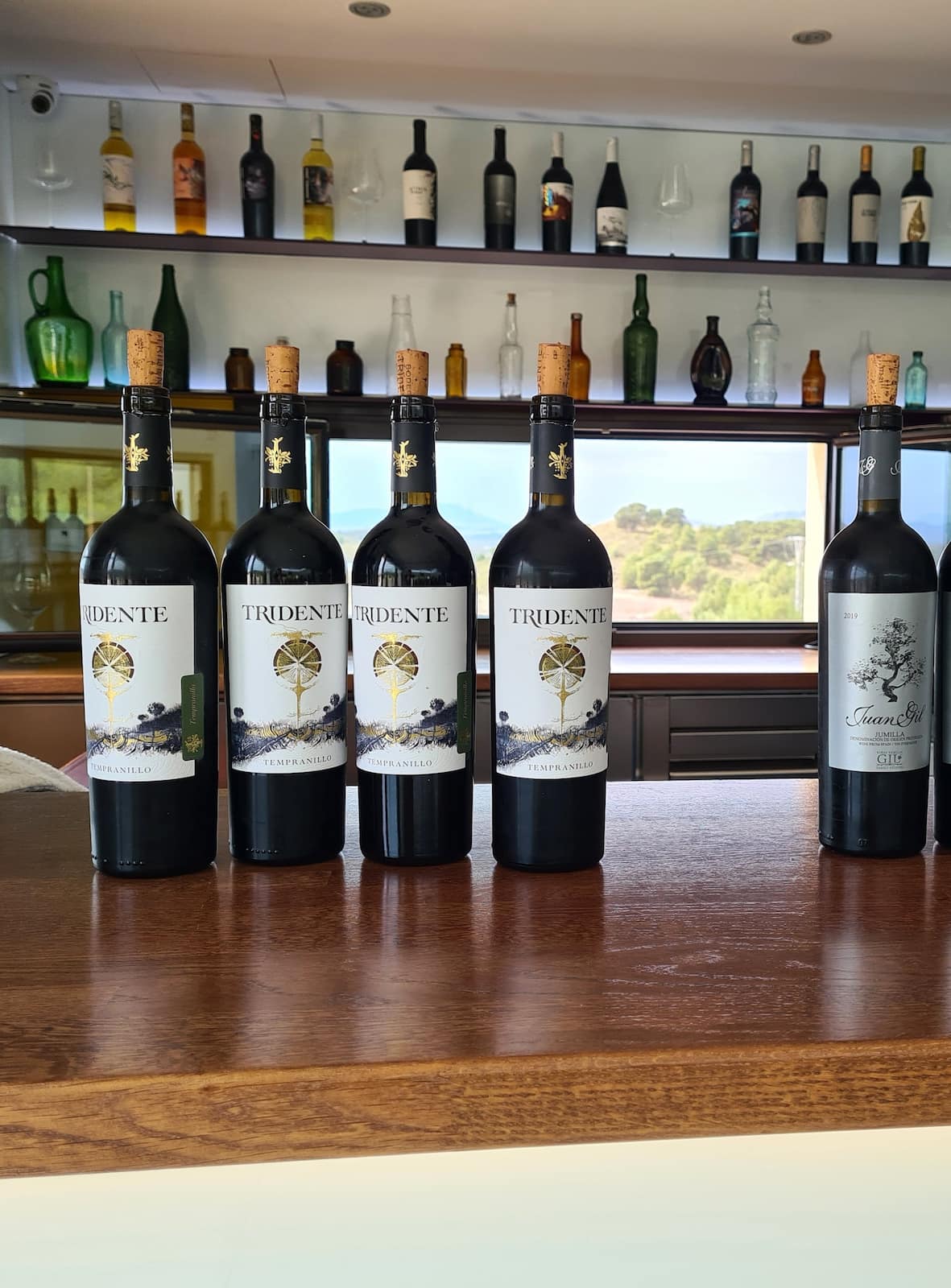
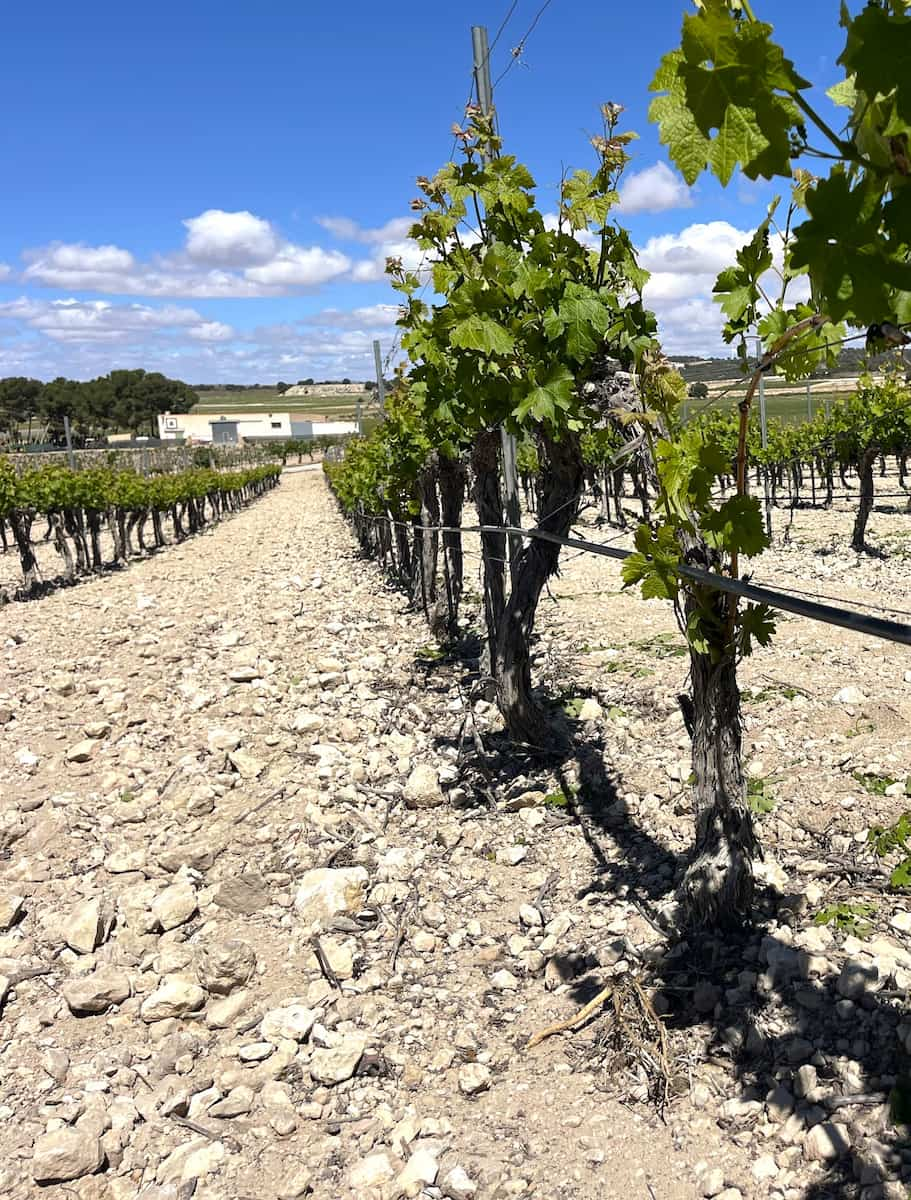
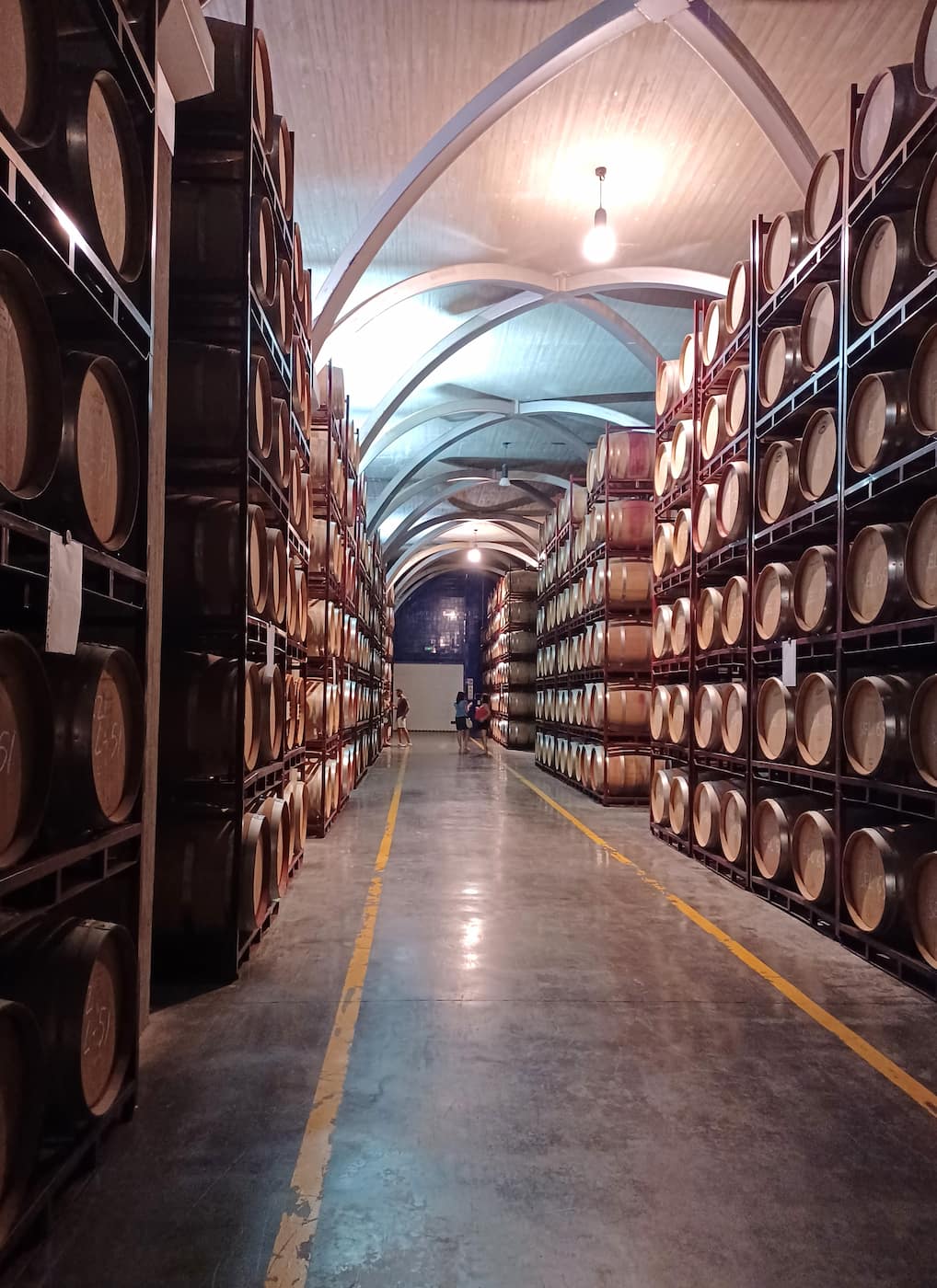
Winery Experiences. Notable establishments include:
- Bodegas Juan Gil
- Bodegas Luzón
- Bodegas Carchelo
Visitor Tips:
- Best visiting season: Fall (harvest season)
- Tour options range from basic tastings to comprehensive vineyard experiences
- Many wineries offer guided tours explaining the winemaking process
- Tastings typically include local tapas pairings
Local Specialties. Visitors can enjoy wine tastings paired with regional delicacies such as cured meats, including chorizo, salchichón, and local cheeses.
⭐ Best tour
- Explore an urban winery and enjoy a Jumilla wine tasting – At Bodegas Silvano García you will have the experience of knowing the history of Jumilla and its wines.
Beaches and Coastal Activities
1. Playa de Calblanque
Natural Paradise. Hidden within the Regional Park of Calblanque, this pristine stretch of Mediterranean coastline offers one of the most beautiful beach experiences in the Region of Murcia. Unlike the busy beaches of the Costa Blanca, here you’ll find untouched golden sands and crystal-clear waters.
Hiking Haven. The surrounding trails offer absolutely beautiful coastal walks with dramatic views. I discovered several routes ranging from easy beach strolls to challenging cliff-top hikes, each providing spectacular vistas of the Mediterranean Sea.
| Beach Features | Details |
|---|---|
| Length | 3.5 km of beaches |
| Access | 15-minute walk from parking |
| Facilities | Limited (no restaurants) |
| Best Time | Early morning or sunset |
Practical Tips:
- Visit outside peak hours (parking limited in summer)
- No shops nearby
- Wear proper footwear for rocky paths
- Consider visiting in spring for wildflower displays
- Pack umbrella – limited natural shade
2. Cabo de Palos Lighthouse
Maritime Heritage. Standing proudly since 1865, this lighthouse remains one of the most important landmarks in the city of Murcia’s coastline. At 51 meters above sea level, it’s definitely one of the best viewing points along the Mediterranean coast.
Diving Paradise. The waters around the lighthouse are known for:
- Rich marine biodiversity
- Historic shipwrecks
- Crystal-clear visibility
- Protected marine reserve status
Local Experience. The fishing village below the lighthouse offers some of the region’s finest seafood restaurants. I recommend trying the caldero, a traditional rice dish made with fresh fish from the Mar Menor.
Visitor Information:
- Nearby diving centers offer courses and excursions
- Weekend fish market in the harbor
- Excellent seafood restaurants in the port
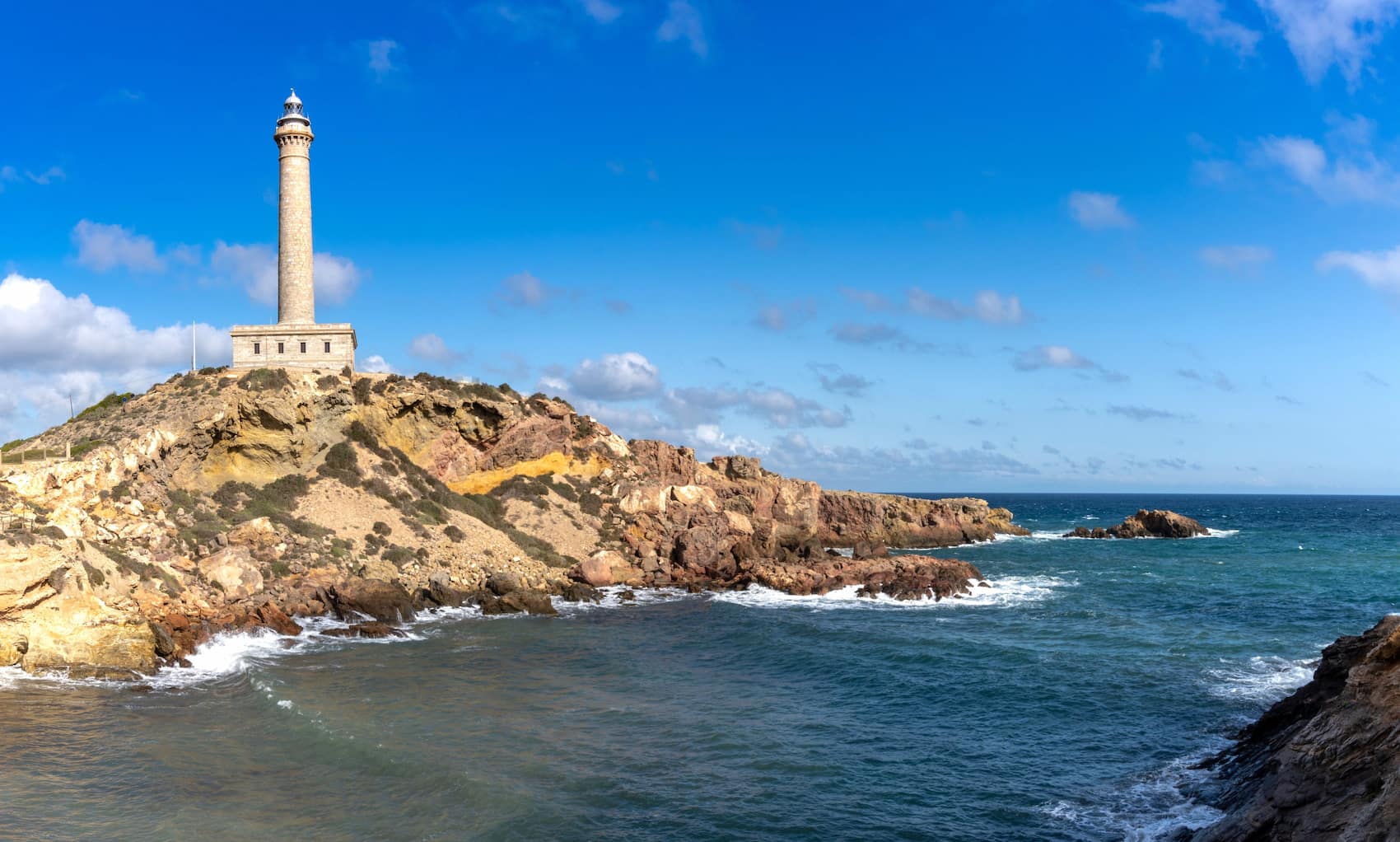
Worth Noting:
- While the lighthouse itself isn’t open to the public, the surrounding area offers spectacular walking trails
- Visit the nearby marine reserve information center
- Combine with a trip to the Mar Menor for a full day out
Gastronomic Delights
1. Try Local Dishes
Caldero del Mar Menor. This iconic fisherman’s rice stew represents the essence of Murcian coastal cuisine. Made with fresh sea bass or mullet, Spanish paella rice, and enriched with ñora peppers and homemade aioli, this hearty dish captures the flavors of the Mediterranean. The rice is cooked in a flavorful fish stock until it absorbs all the oceanic essence.
Marinera Murciana. This quintessential Murcian tapa consists of a crispy rosquilla (bread ring) topped with Russian-style potato salad and a salted anchovy. You’ll find three variations:
- Classic Marinera: with salted anchovy
- Marinero: with vinegar-cured anchovy
- Bicicleta: just the rosquilla and potato salad
| Local Dish | Best Time to Try | Average Price |
|---|---|---|
| Caldero | Lunch | €15-20 |
| Marinera | Aperitif | €2-3 |
| Paparajotes | Dessert | €4-6 |
Paparajotes. This unique Murcian dessert features lemon leaves dipped in sweet batter, fried until golden, and dusted with cinnamon sugar. The trick is not to eat the leaf itself – it’s just the vessel for the crispy, aromatic coating.
2. Mercado de Verónicas
Market Heritage. Located in Murcia’s city center near the Segura River, this modernist building from 1910 serves as the city’s principal food market. The structure, designed by architect Pedro Cerdán, represents an important piece of Murcia’s architectural heritage.
Fresh Produce Paradise. The market features:
- Ground floor: Fresh meat and seafood vendors
- Upper level: Fruit and vegetable stalls (accessible by escalator)
- Corner bars: Where you can sample fresh products
Practical Information:
- Opening hours: Monday to Saturday, 8:00-15:00
- Best time to visit: Saturday mornings for the fullest market experience
- Location: Plano de San Francisco, 10
- Special feature: On-site cooking school offering regular culinary classes
Local Tip: Visit the small cantinas inside where vendors will cook your fresh market purchases on the spot, offering an authentic taste of Murcian cuisine.
Family-Friendly Activities
1. Terra Natura Wildlife Park
Animal Kingdom. Terra Natura Murcia features two main zones – Kenya and the Iberian Peninsula – where visitors can encounter diverse wildlife including lions, giraffes, hippos, Iberian wolves, and brown bears. The park follows a modern “zooimmersion” concept, allowing visitors to observe animals through nearly invisible barriers.
Interactive Experiences. The park offers unique educational programs including:
- Birds of prey demonstrations
- Animal feeding sessions
- Educational workshops
- Children’s activities
| Activity | Duration | Price |
|---|---|---|
| Discovery Reptiles | 30 mins | €30 adult/€25 child |
| Animals in Action | 45 mins | €25 adult/€20 child |
| Fairy School | 45 mins | €16 person |
Practical Tips:
- Opening hours: 10:30 AM – 5:00 PM
- Bring sunscreen and water
- Parking available (€5 per car)
- Picnic areas available (no glass containers)
⭐ Best activities
- Tour: Murcia: Terra Natura – Experience a new generation of wildlife park with more than 500 animals from 50 different species. Interact with the wildlife and take part in shows, exhibitions and other activities.
- Ticket online: Terra Natura Murcia: Entry Ticket – Visit Terra Natura Murcia, an interactive wildlife park where you can encounter diverse animal species in naturalistic habitats.
2. Paseo del Malecón
Historic Promenade. This 15th-century riverside walkway extends through Murcia’s western orchards, offering a serene escape from the busy city center. The tree-lined avenue provides welcome shade during hot summer days.
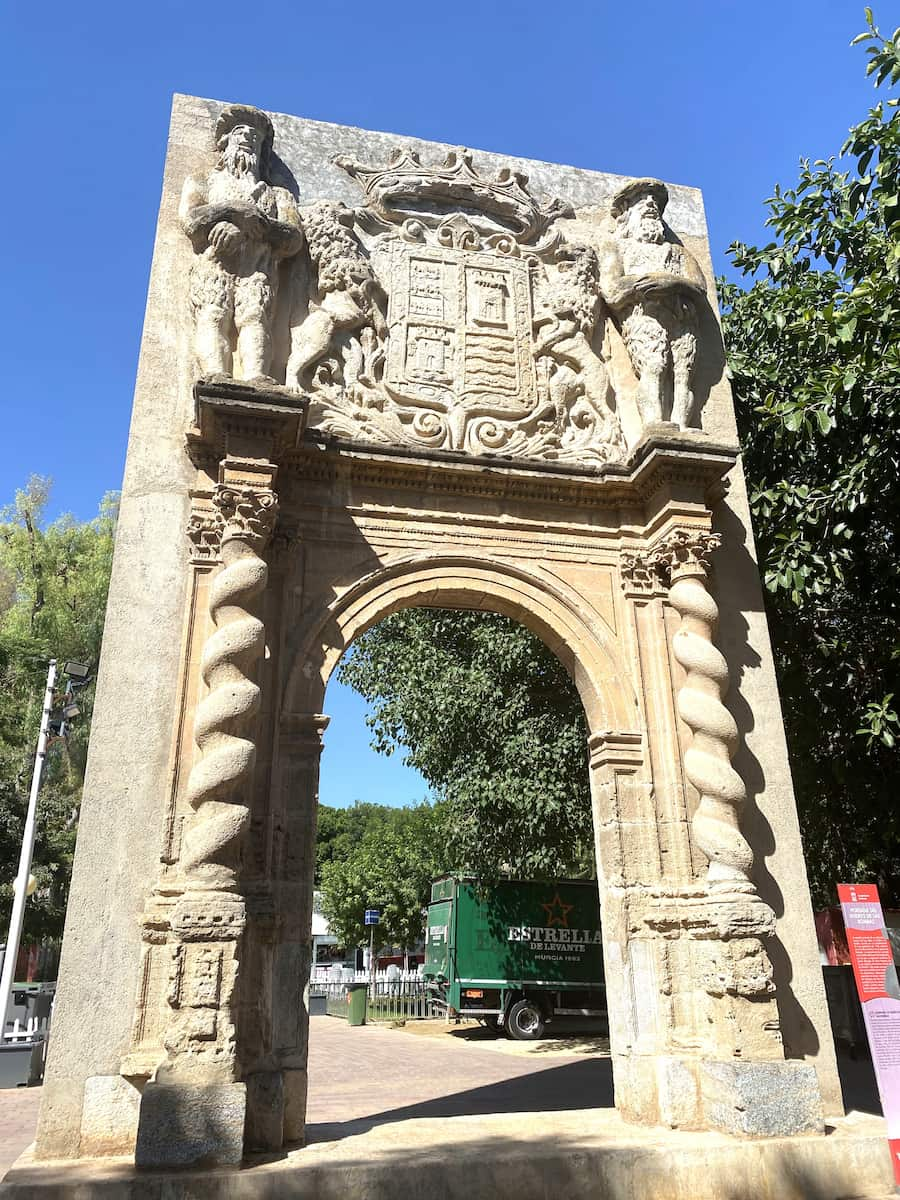
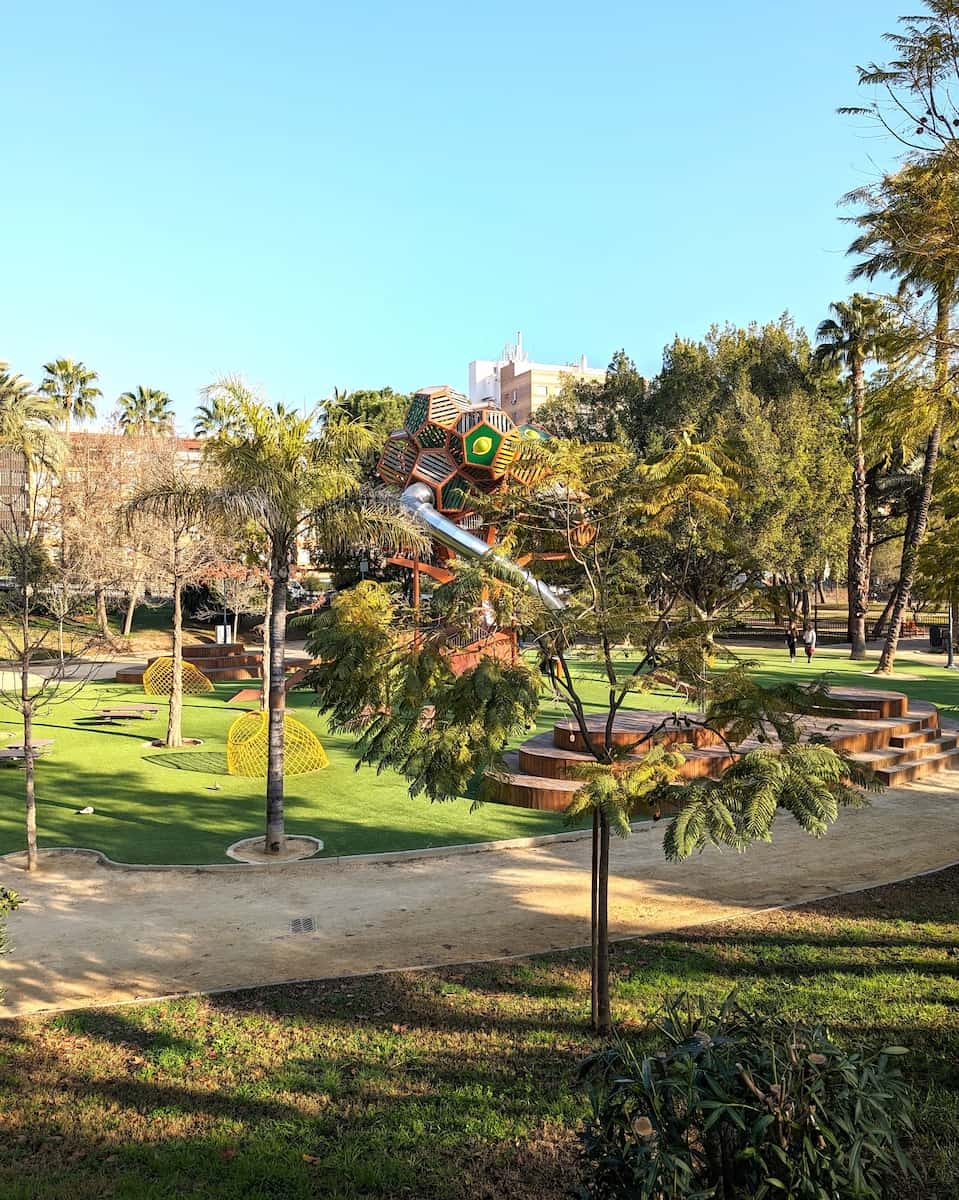
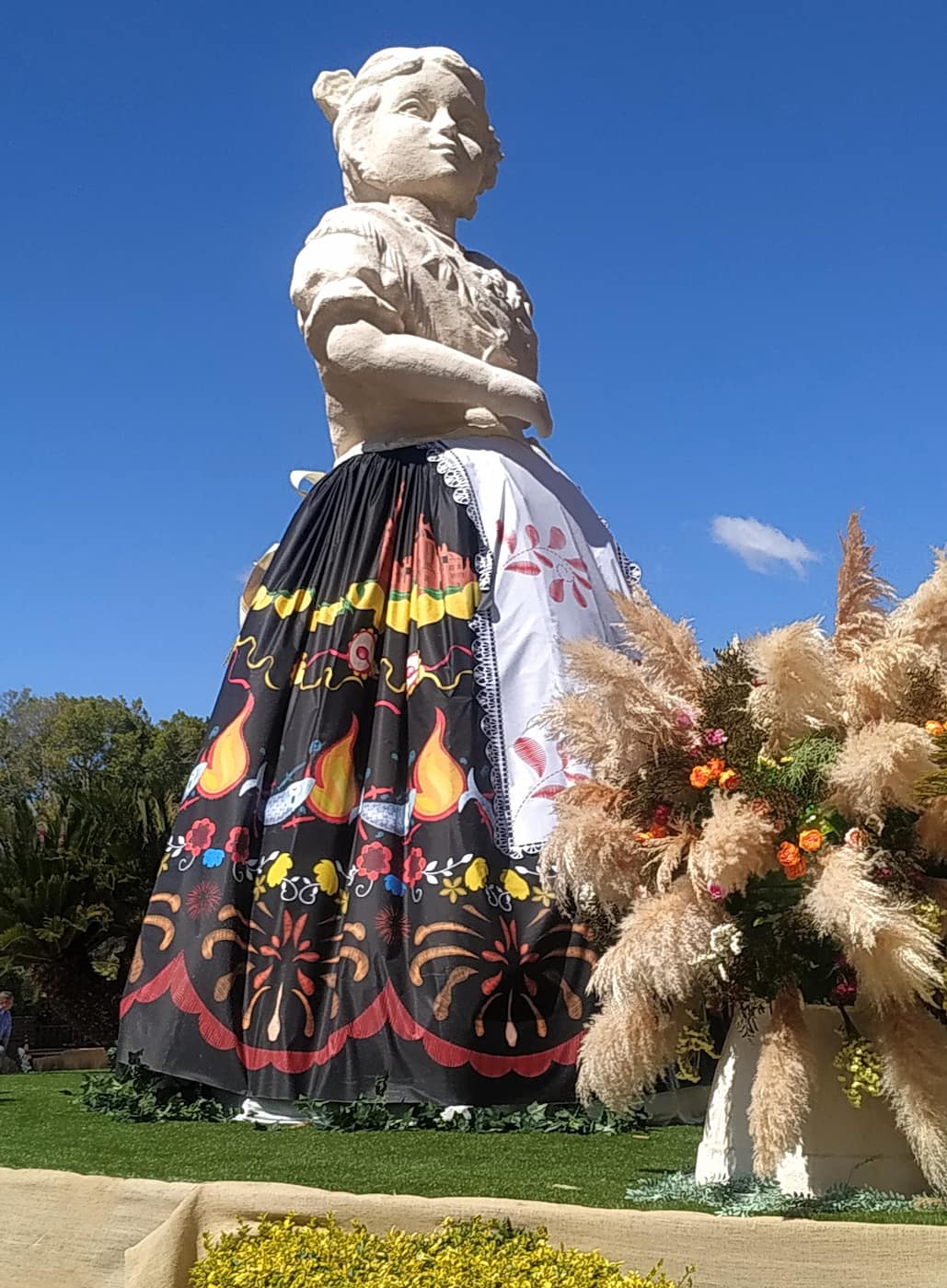
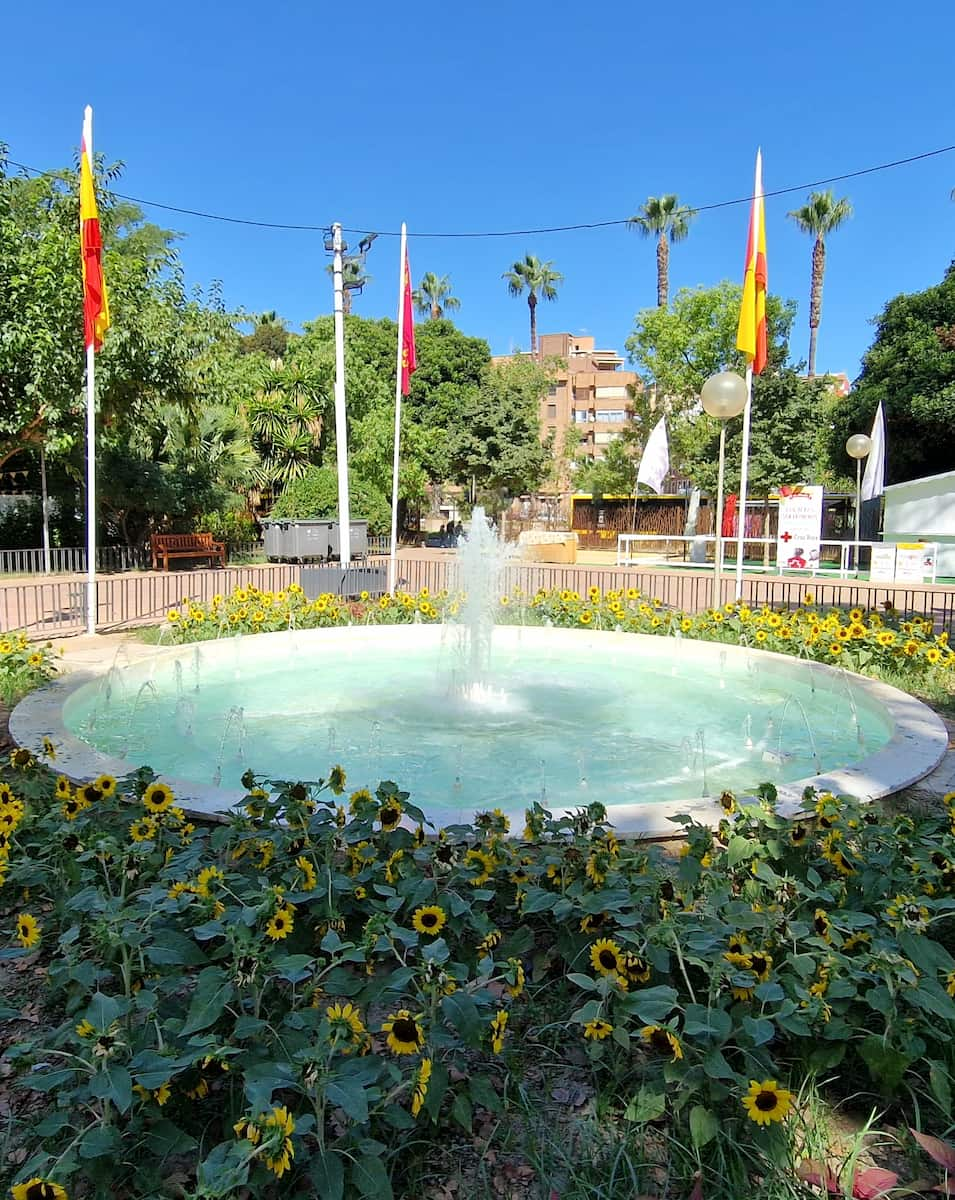
Family Features. The promenade includes:
- Multiple children’s playgrounds
- Expansive lawns for picnics
- Historic sculptures
- Dog-friendly areas
Green Space. The walkway connects to various gardens, including the historic Huerto de las Bombas, featuring distinctive architectural elements and landscaped areas perfect for family outings.
Visitor Experience:
- Best visited early morning or late afternoon
- Free entrance
- Accessible for strollers and wheelchairs
- Connected to the city center via the Puente de los Peligros
Seasonal Highlights
Spring Festivals
Bando de la Huerta. This iconic spring celebration takes place on April 22, marking the most significant day of Murcia’s Spring Festivities. The festival begins with a flower offering to the Virgin of Fuensanta at the Cathedral, followed by a grand parade featuring ox-drawn carriages, folk groups, and traditional costumes.
Festival Highlights. The celebrations include traditional barraca restaurants offering local cuisine, folk music and dancing performances, and parades with people dressed in huertano costumes. Spectators can enjoy the distribution of broad beans and traditional snacks throughout the event.
Entierro de la Sardina. This unique celebration transforms the city with three distinct parades, including the Testament of the Sardine parade, a daytime parade with toy distribution, and a grand night parade featuring themed floats and entertainment.
December Activities
Christmas Markets. From mid-November through January, Murcia hosts several festive markets, including the Plaza de Santo Domingo Market featuring artisanal crafts, the Garden of the Malecón Market combining shopping with cultural performances, and the Gran Vía Alfonso X Craft Fair showcasing traditional crafts and seasonal treats.
Festive Attractions. The city transforms with spectacular Christmas lights throughout the city center, a grand Christmas tree in Plaza Circular, the Jardín de los Sueños winter wonderland installation, and the Cortylandia Christmas show featuring animated characters.
Essential Holiday Activities:
- Religious celebrations: Traditional Midnight Mass and elaborate Belenes displays
- Cultural events: Museum workshops and Teatro Romea performances
- Family entertainment: Ice skating and seasonal concerts
- Grand finale: Three Kings Parade on January 6th
Traditional Displays. The highlight of Murcia’s Christmas scene is the historic Belén de Salzillo, featuring more than five hundred intricately crafted figures. This masterpiece, along with numerous other nativity scenes throughout the city, draws visitors from across the region to admire their artistic detail and religious significance.
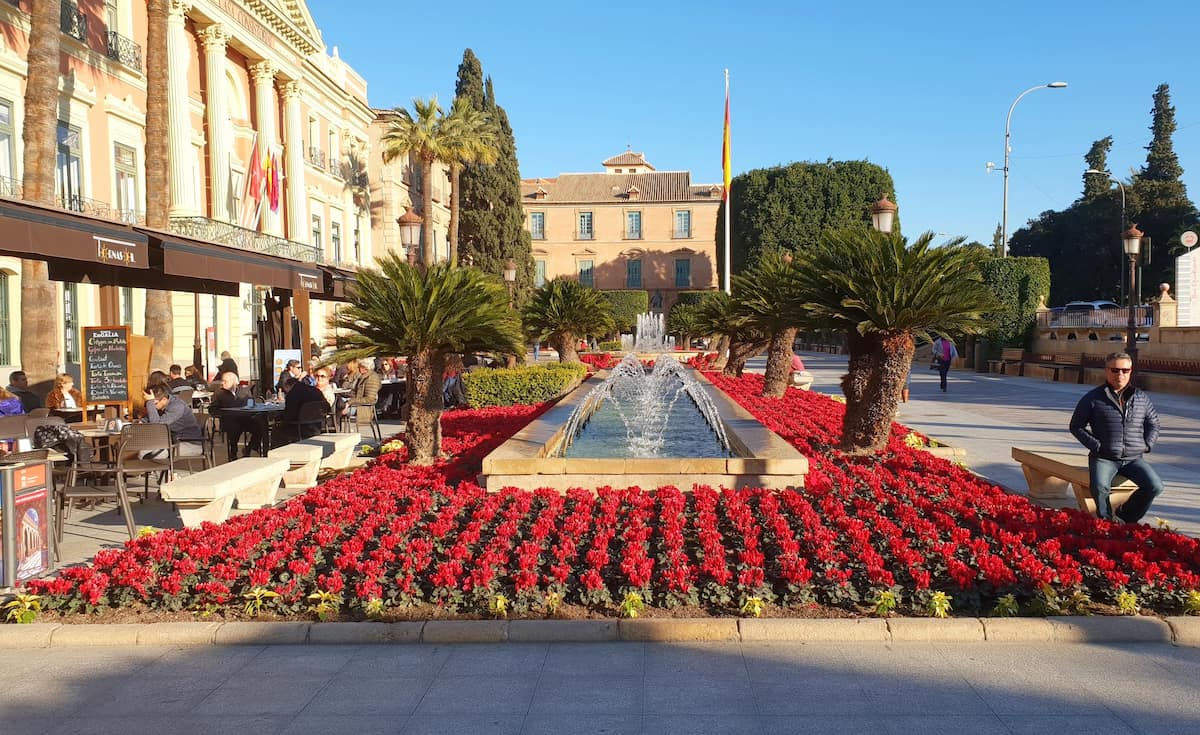
Winter Activities in Murcia:
- Morning: Visit the artisan markets and nativity scenes
- Afternoon: Enjoy cultural performances and workshops
- Evening: Experience the Christmas light displays and seasonal entertainment
- Special dates: Don’t miss the Three Kings Parade and traditional midnight mass
❓ FAQ
When is the best time to visit the Region of Murcia?
Spring (March-May) and autumn (September-November) offer pleasant temperatures for exploring Murcia and its surroundings, with fewer tourists and perfect conditions for outdoor activities. The seasons feature major festivals, including Semana Santa and the Spring Festival.
What are the must-see attractions in the historic district?
The Cathedral with its baroque facade and the tomb of King Alfonso X stands as the most famous landmark, while Plaza de las Flores offers the best atmosphere for traditional tapas. The Archaeological Museum and stunning Real Casino showcase the rich history of this Spanish destination.
How can I combine hiking with cultural activities in El Valle Regional Park?
Start your day trip with a morning hike to the Sanctuary of Virgen de la Fuensanta, offering spectacular views of the surrounding mountains. The park features extensive networks of hiking trails leading to ancient hermitages and the statue of Christ.
What makes Terra Natura Murcia unique among Spanish zoos?
Terra Natura combines traditional zoo features with immersive “zooimmersion” concepts, allowing visitors to experience animals in naturalistic habitats. The park features outstanding educational programs in the region, showcasing both native Iberian and exotic species.
Can Murcia be explored in a single day trip?
While the Cathedral and Plaza de las Flores can be explored in one day, the region deserves a longer visit to discover hidden gems. A proper trip should include both the historic district and excursions to the best beaches and mountain trails.
What are the best day trips from Murcia?
The Mar Menor and surrounding beaches offer perfect excursions to the south, while Valle de Ricote provides stunning landscapes for hiking and historical exploration. Charming wine regions and historic Cartagena lie within easy reach.
How accessible are the hiking trails around Murcia?
The region boasts well-maintained hiking networks, ranging from easy walks through nearby areas to challenging mountain trails in El Valle Regional Park. Multiple starting points remain accessible by public transport from the main plaza.
What makes Murcian baroque architecture special?
The baroque heritage, exemplified by the Cathedral and works of sculptor Francisco Salzillo, represents a unique regional style with distinctive ornamental features. The architecture showcases this splendor throughout the historic district and government areas.
